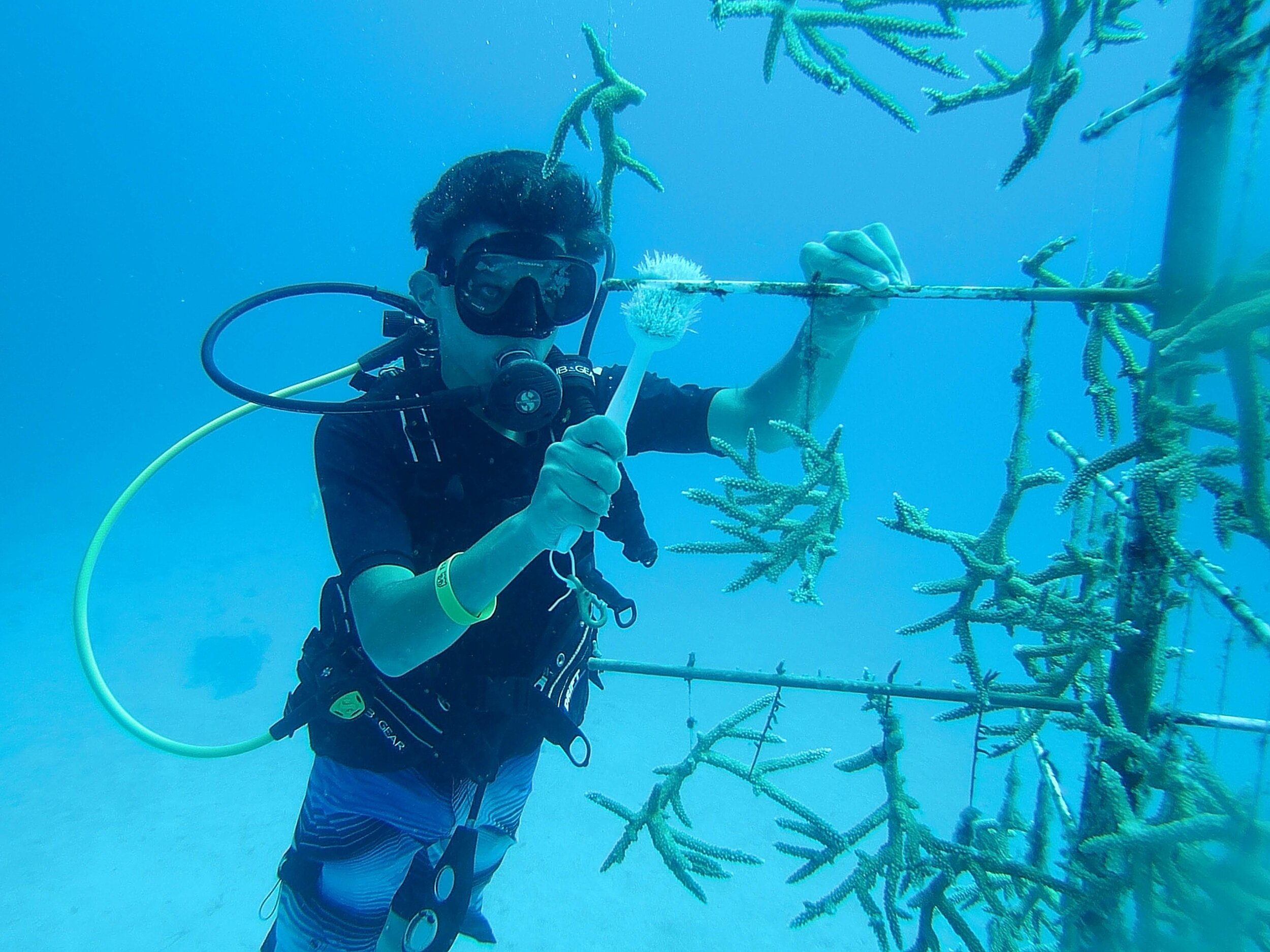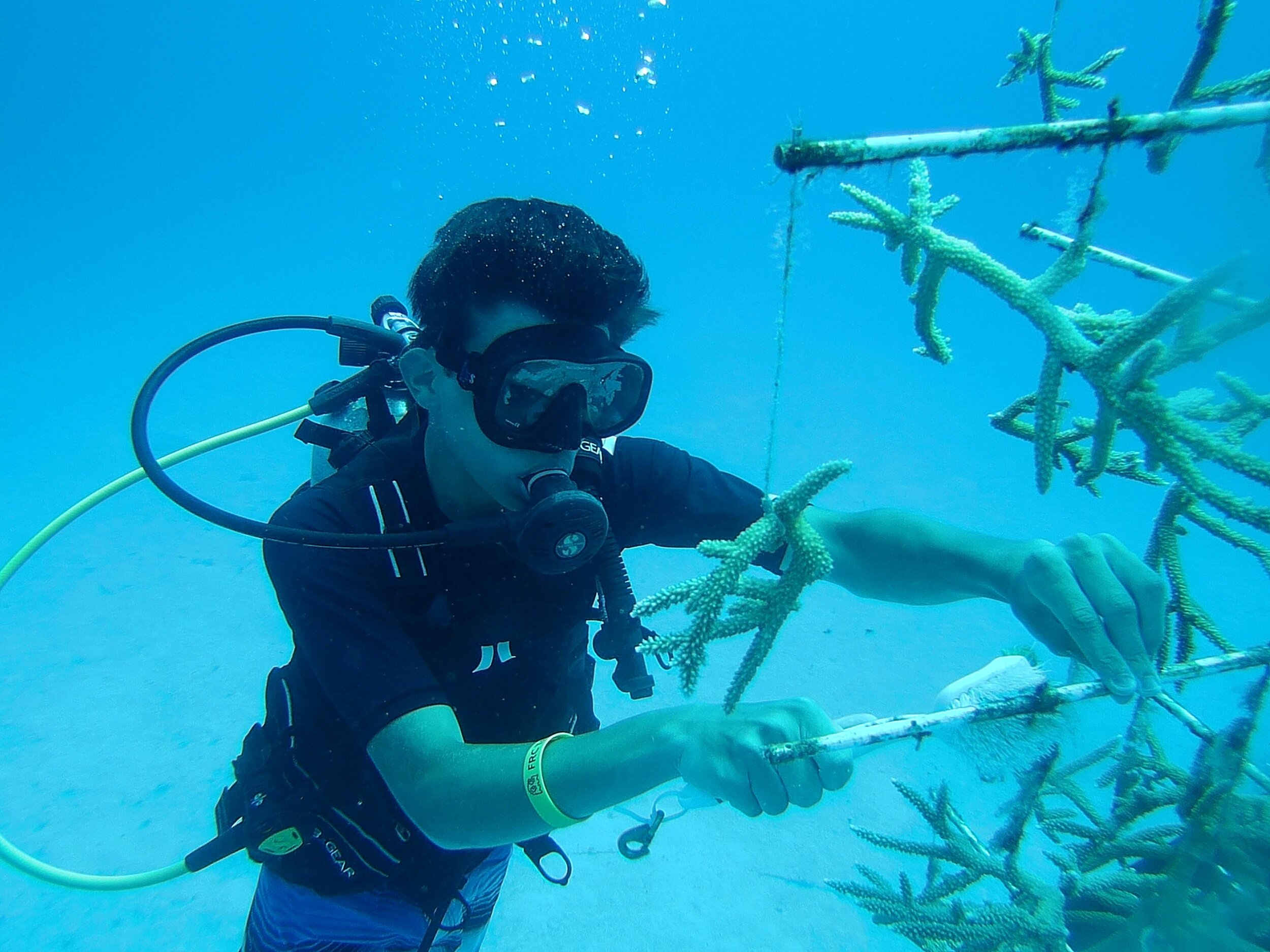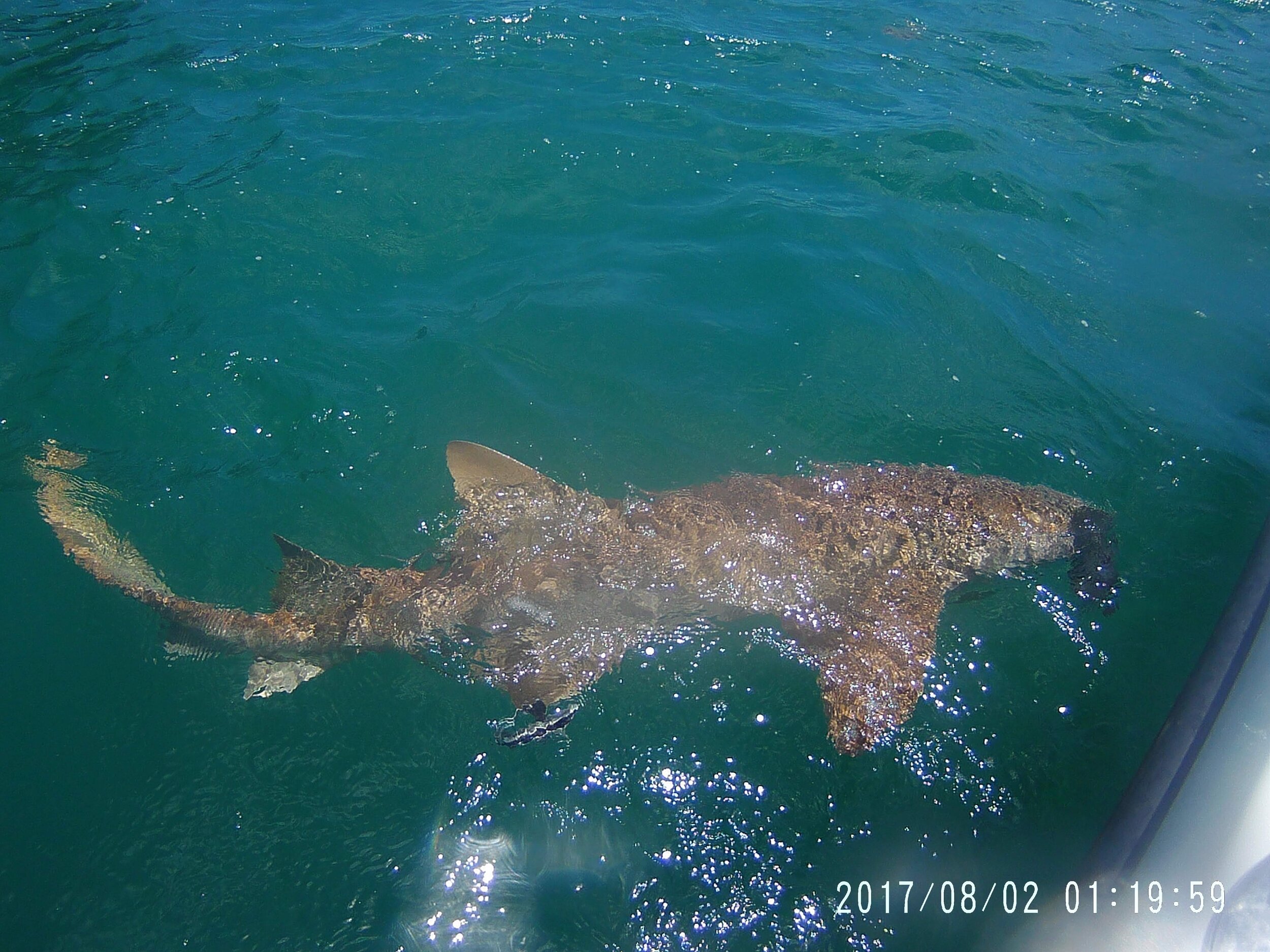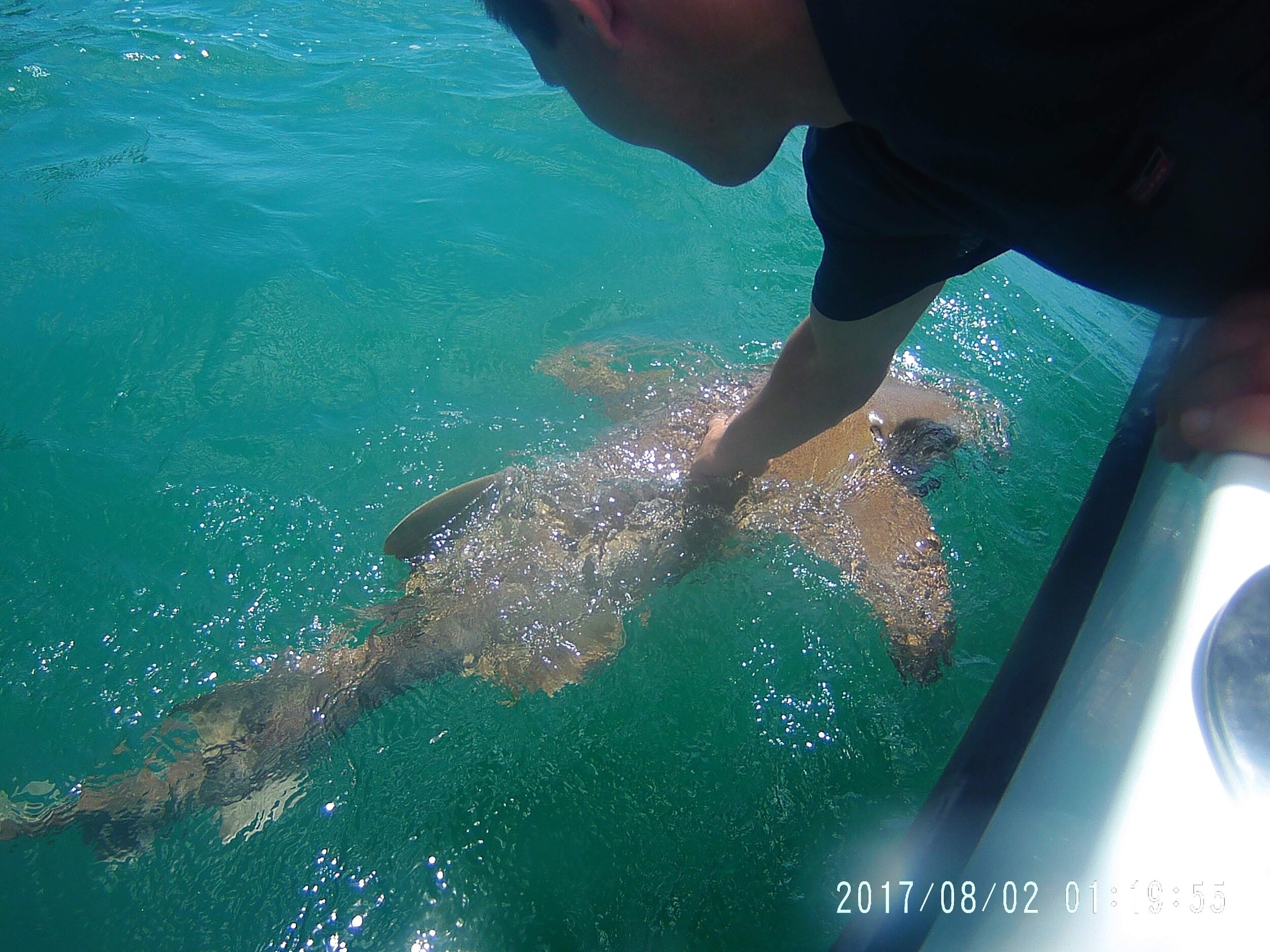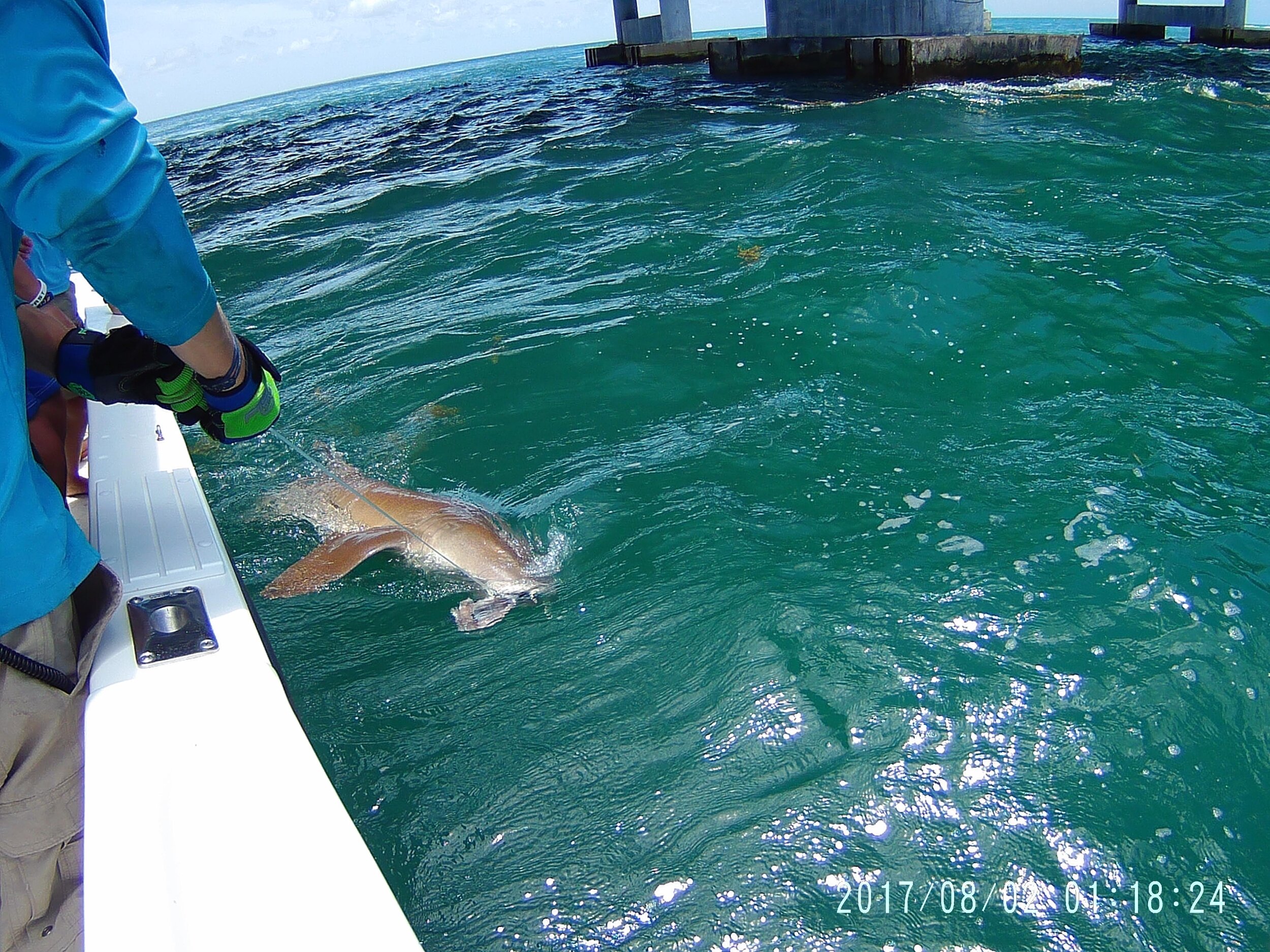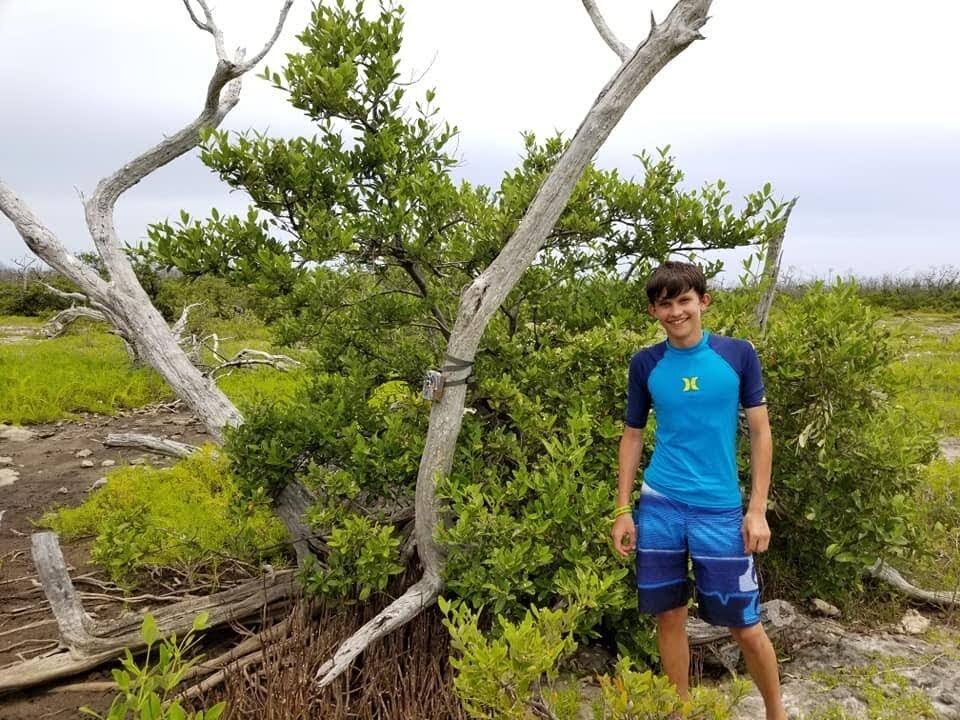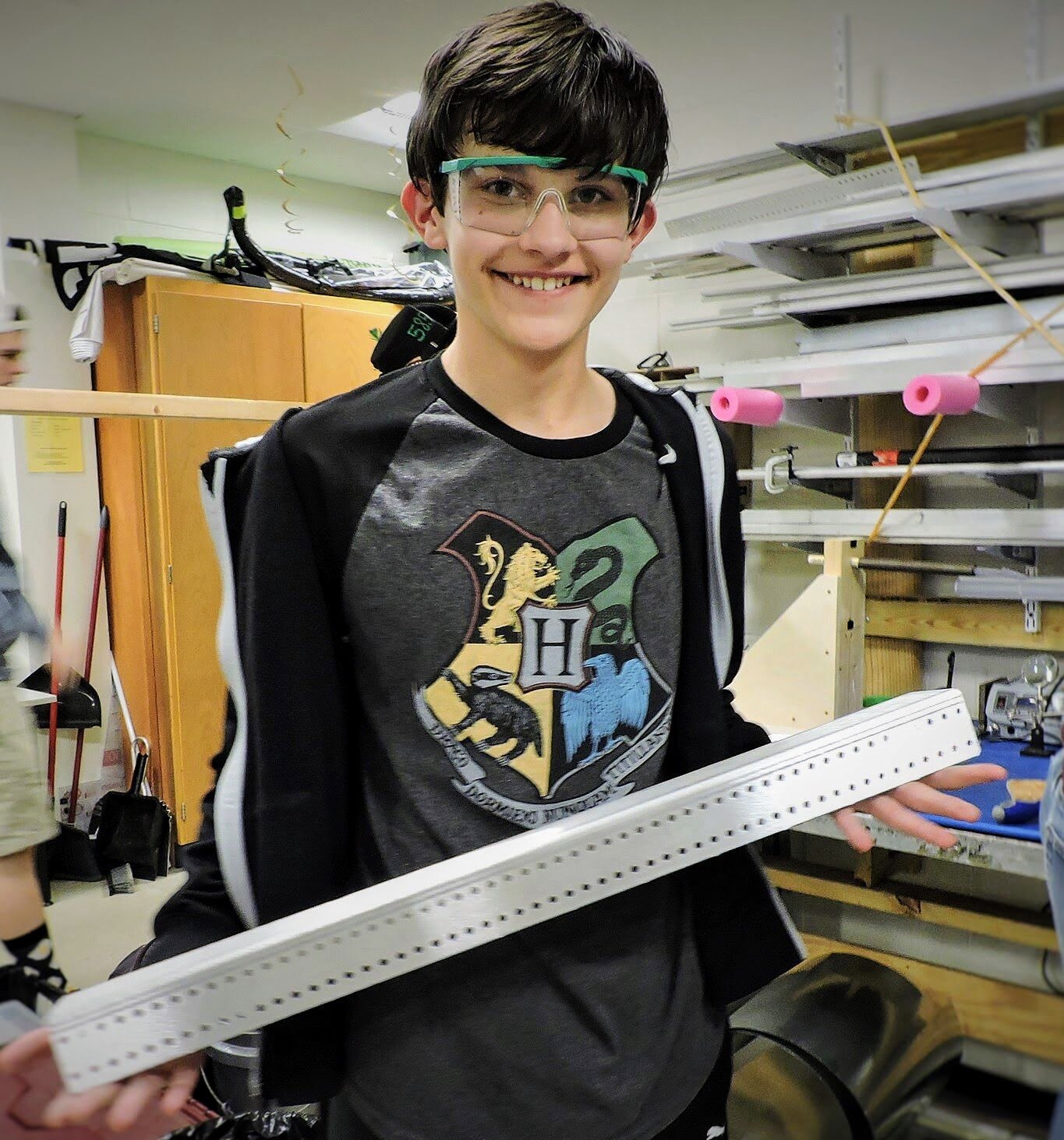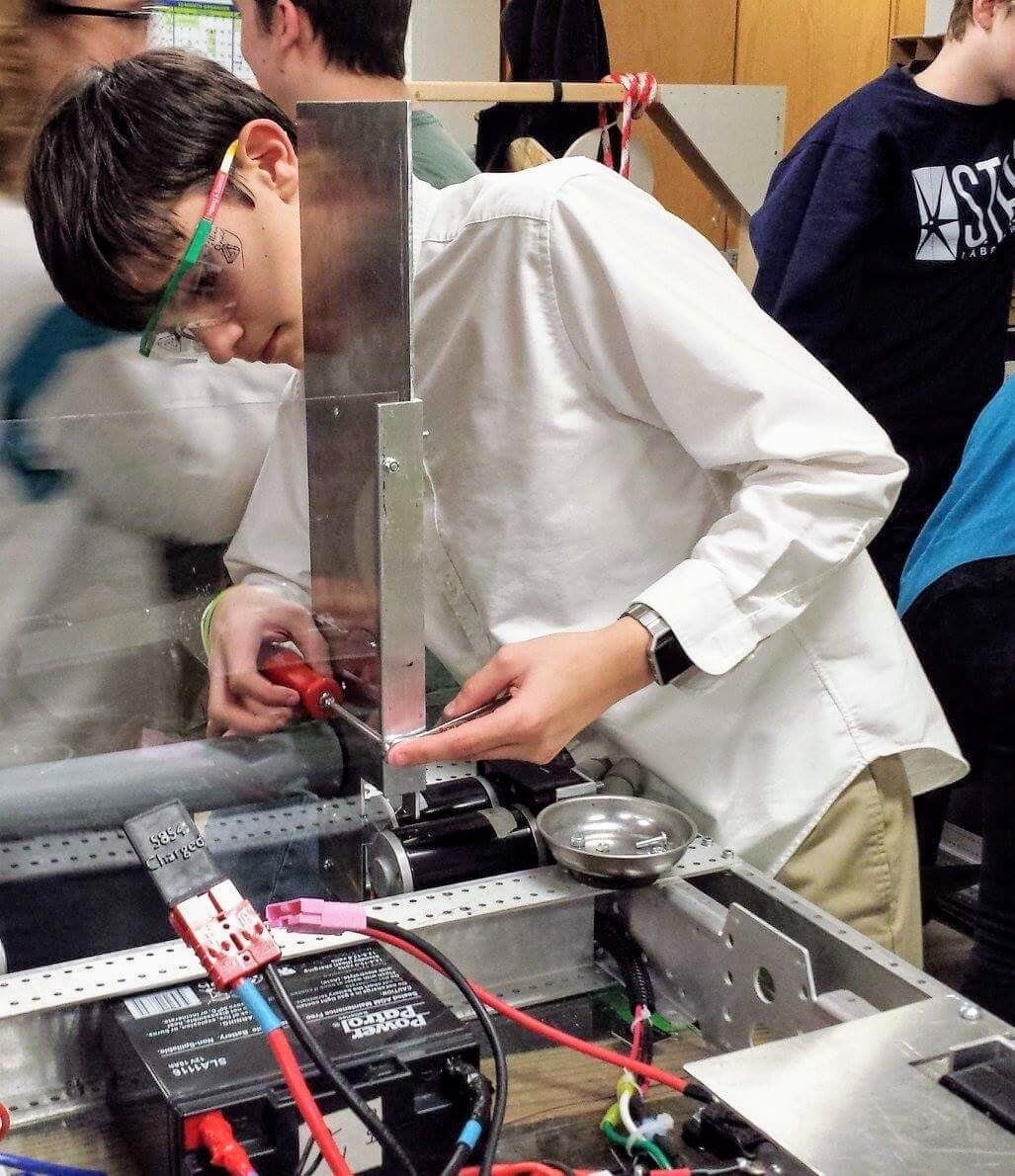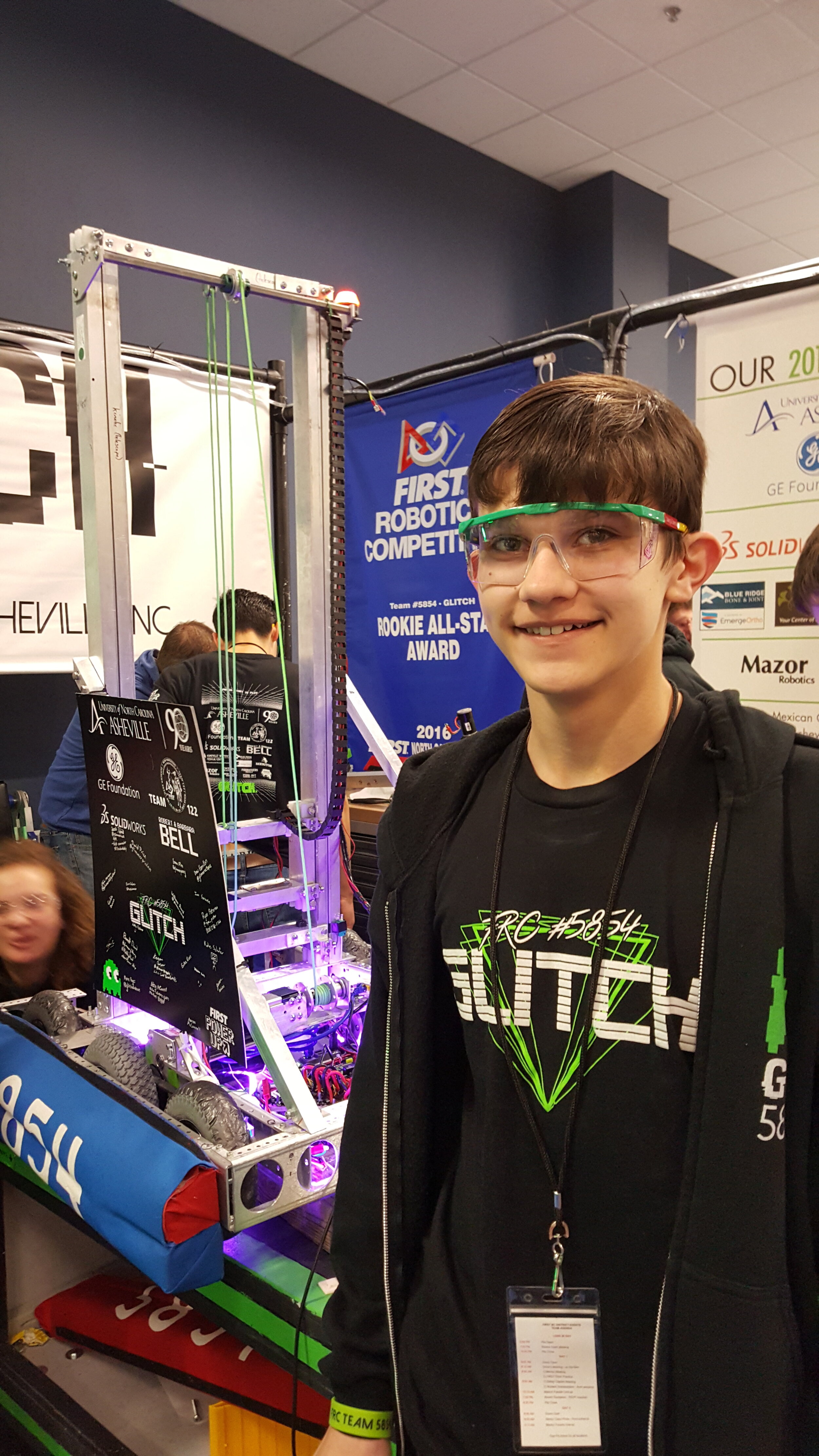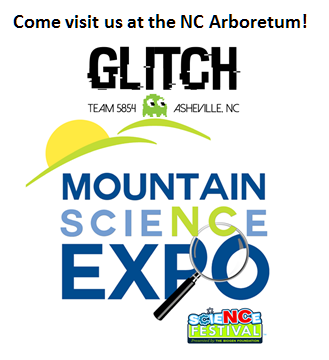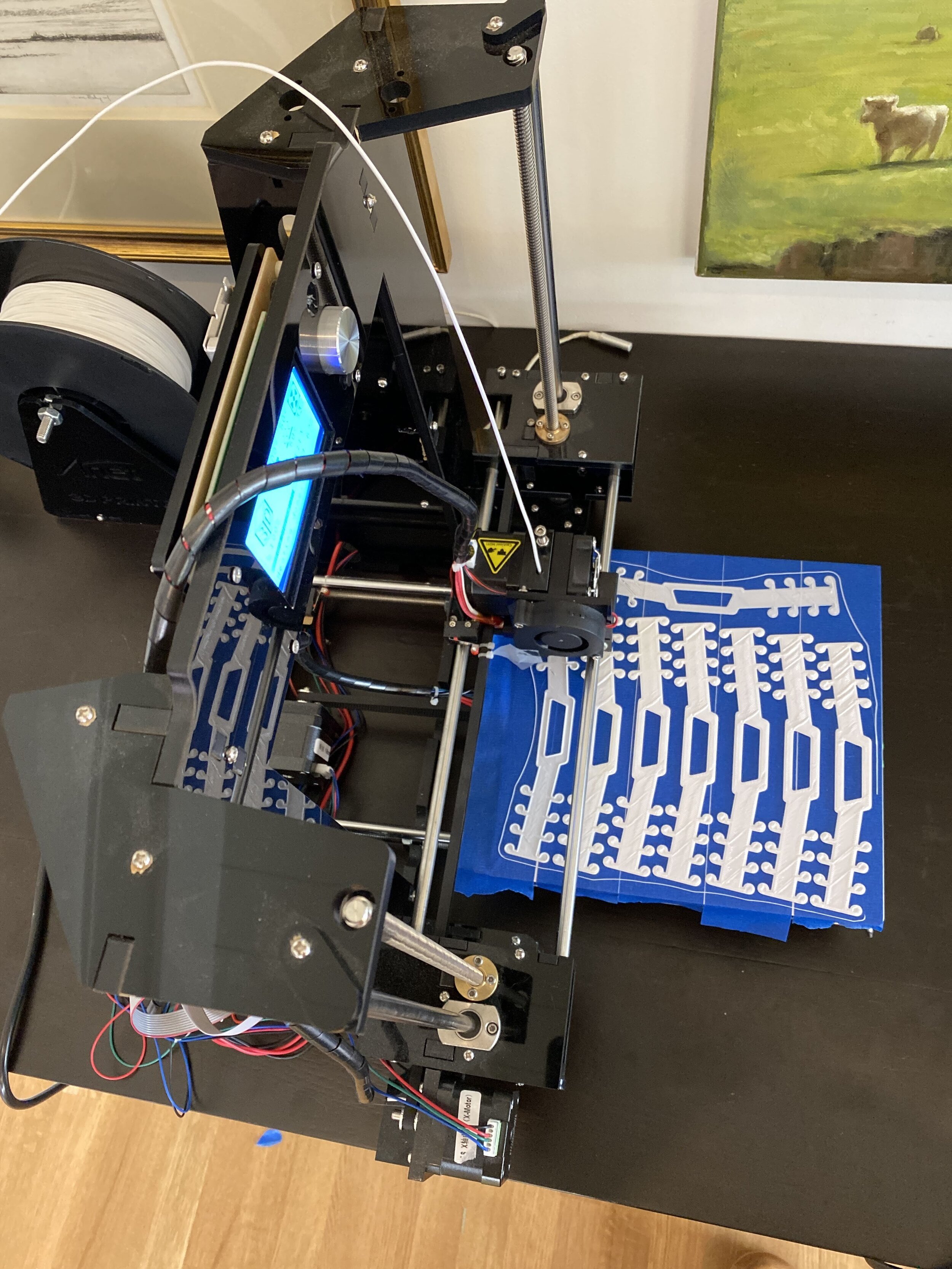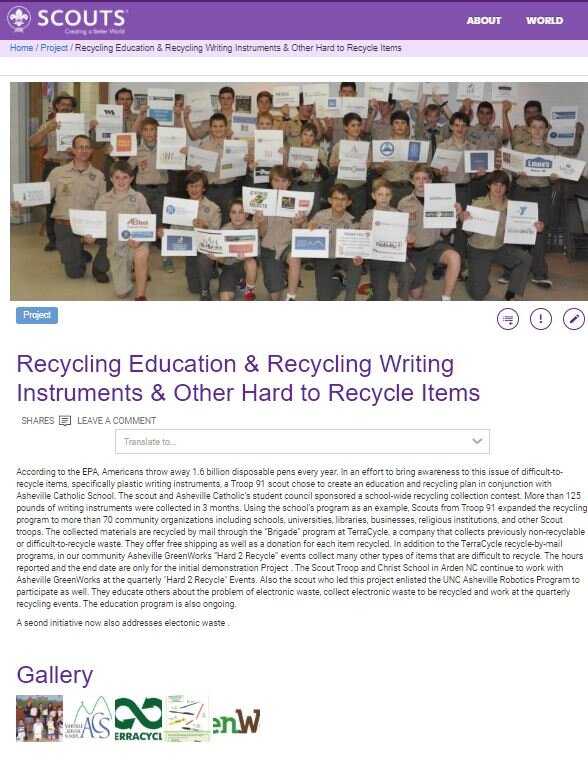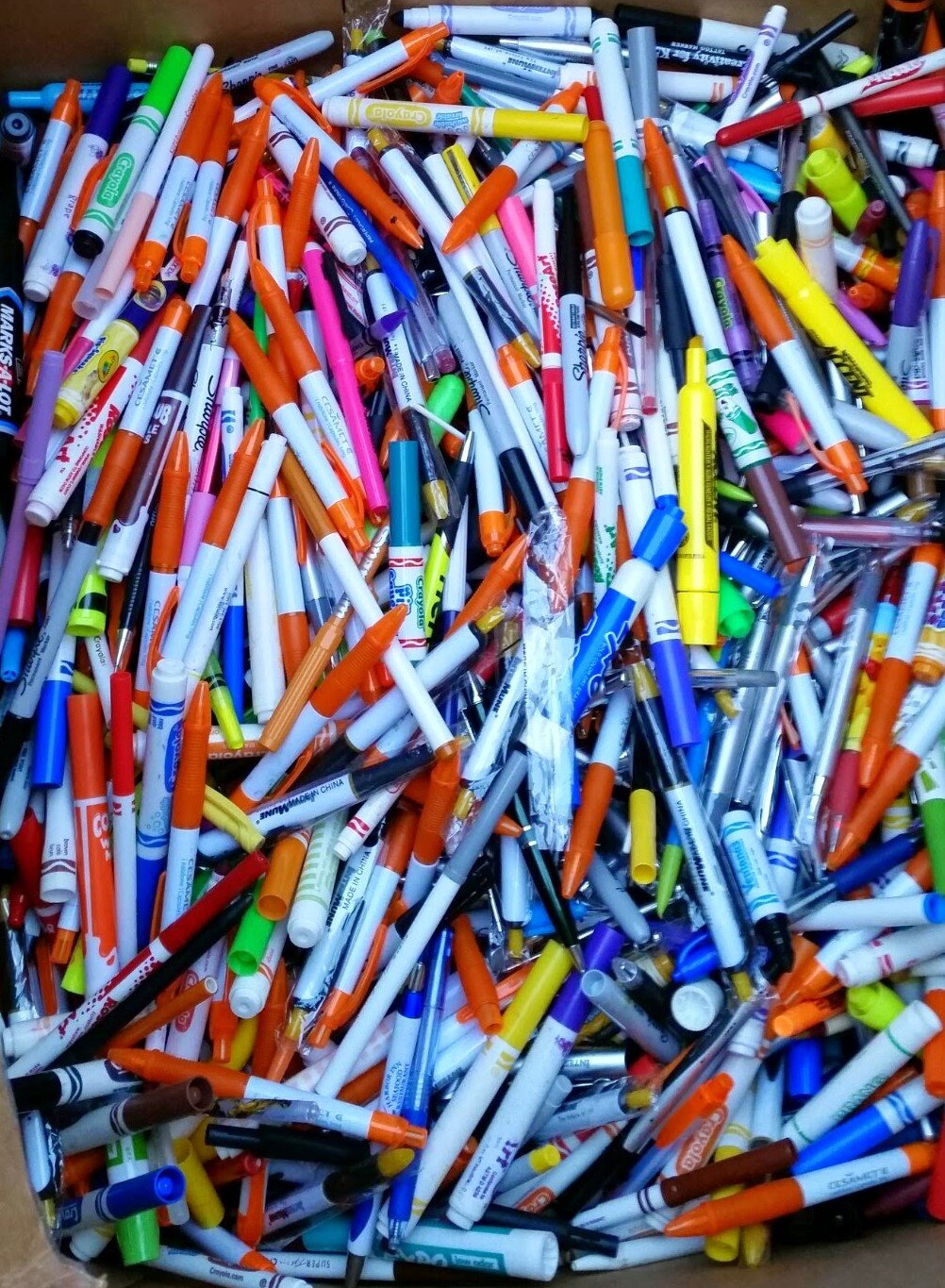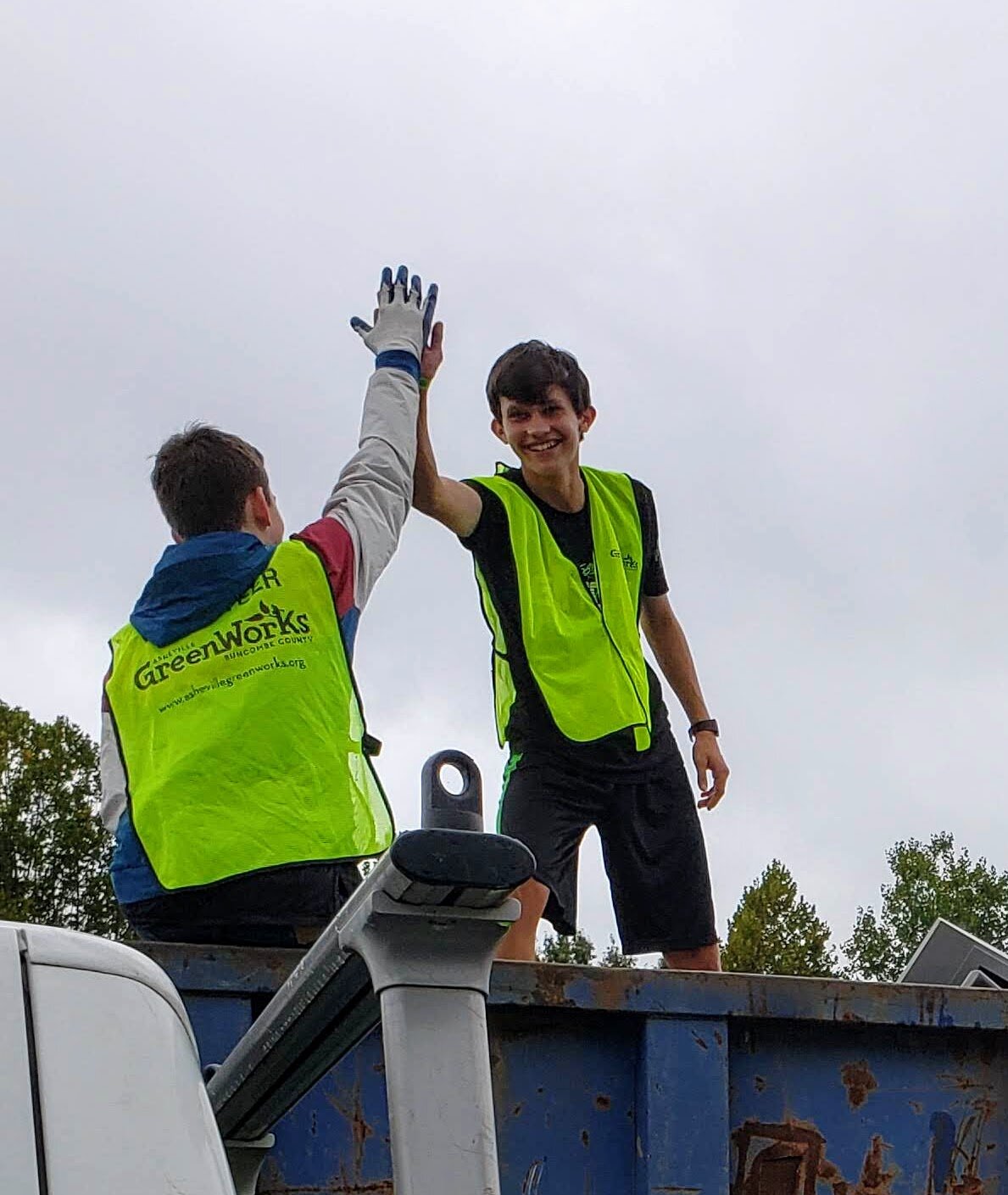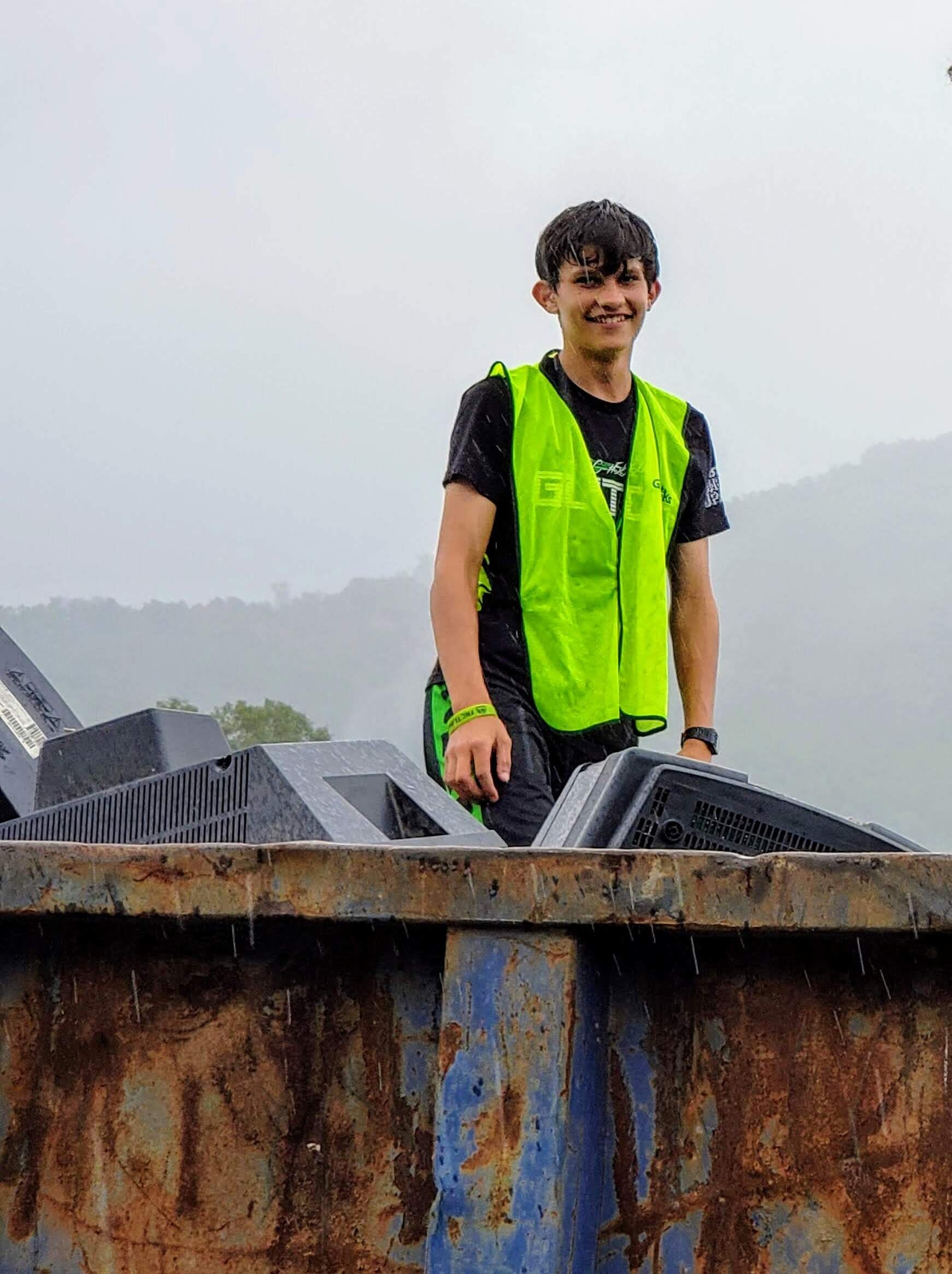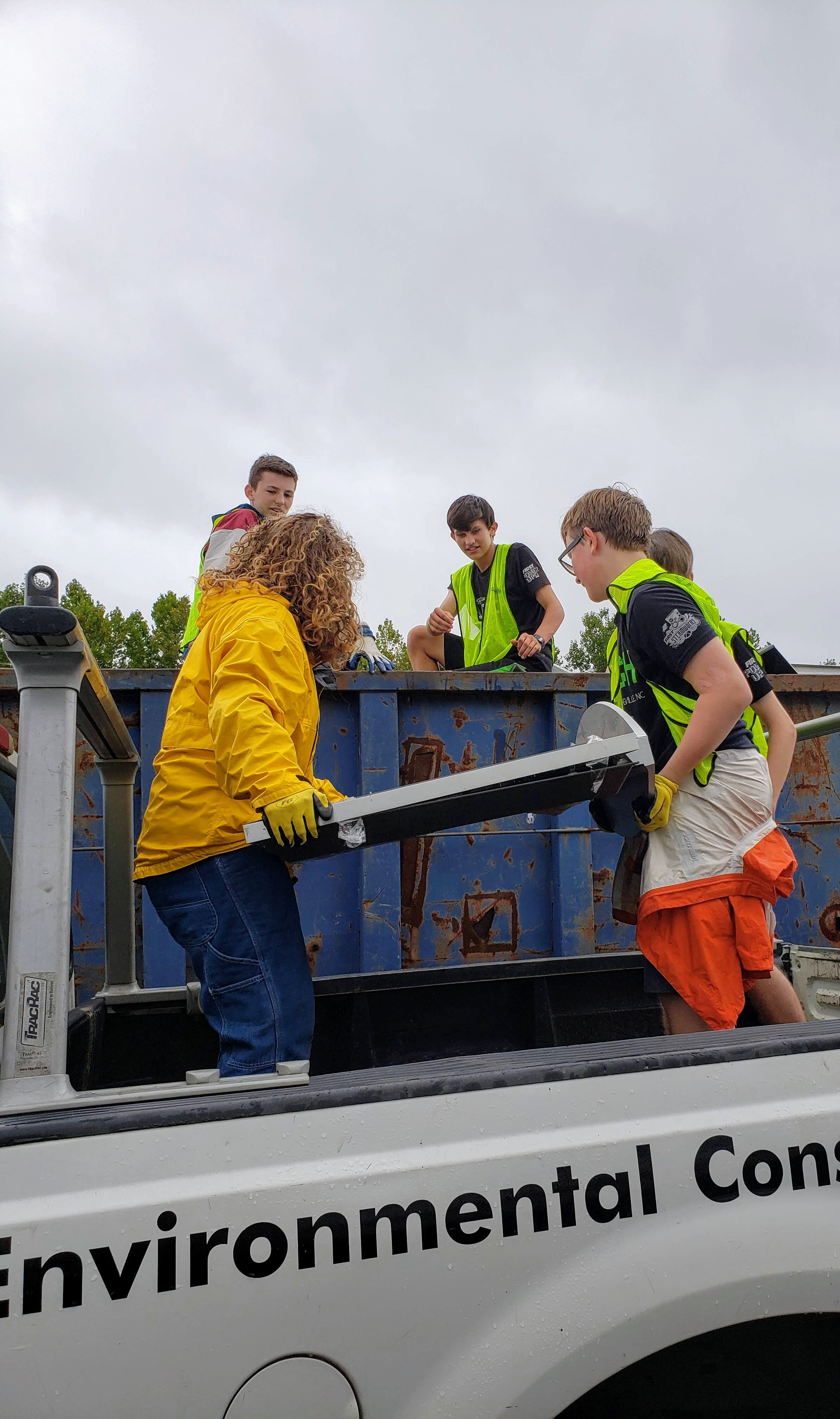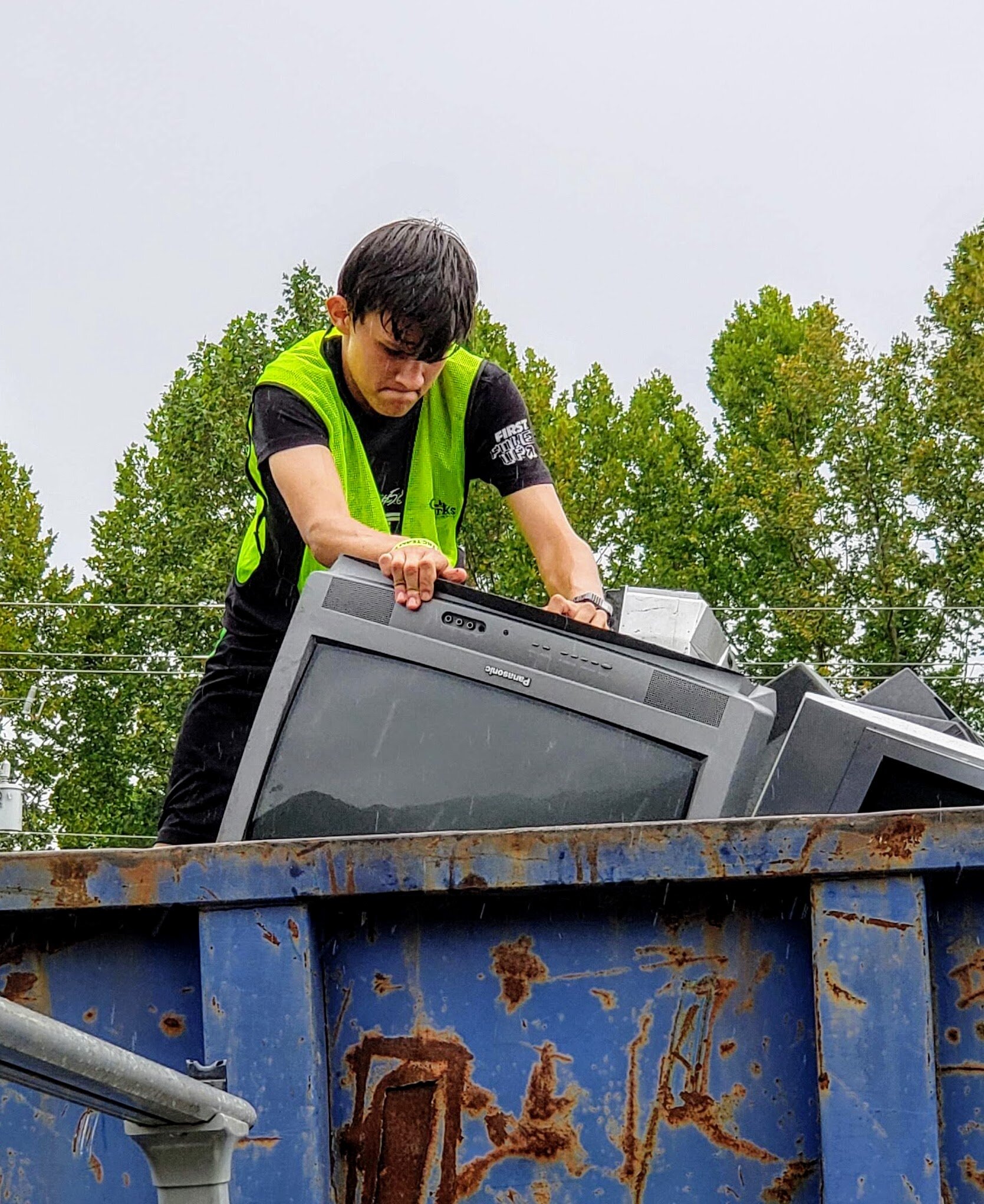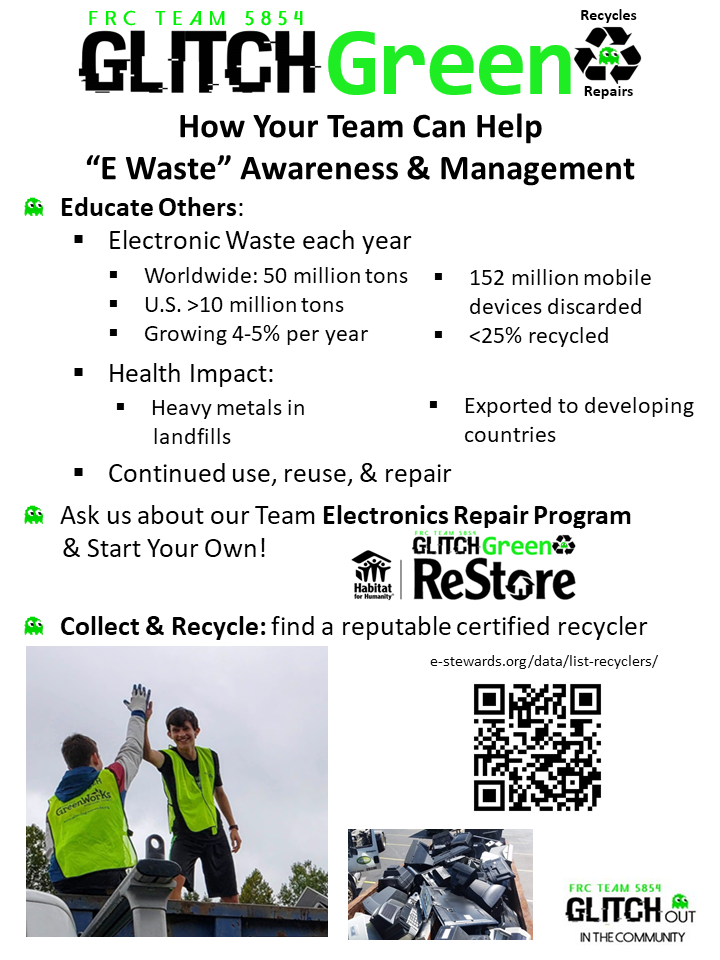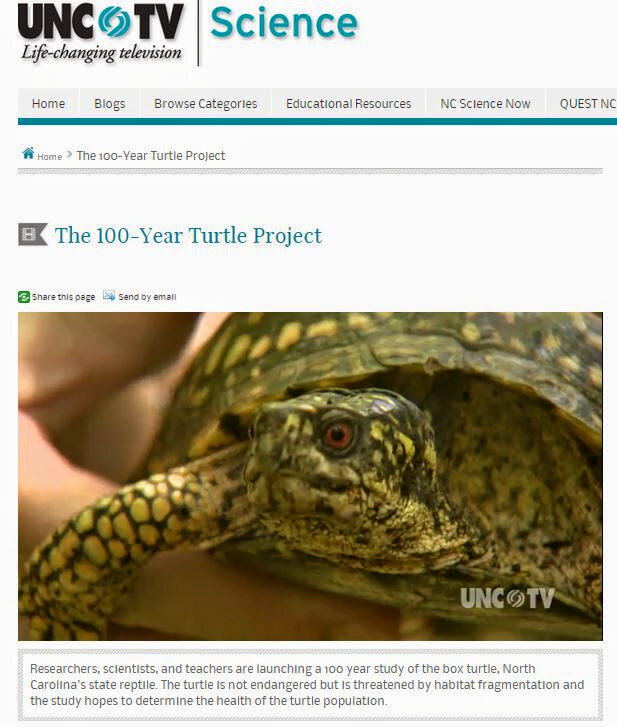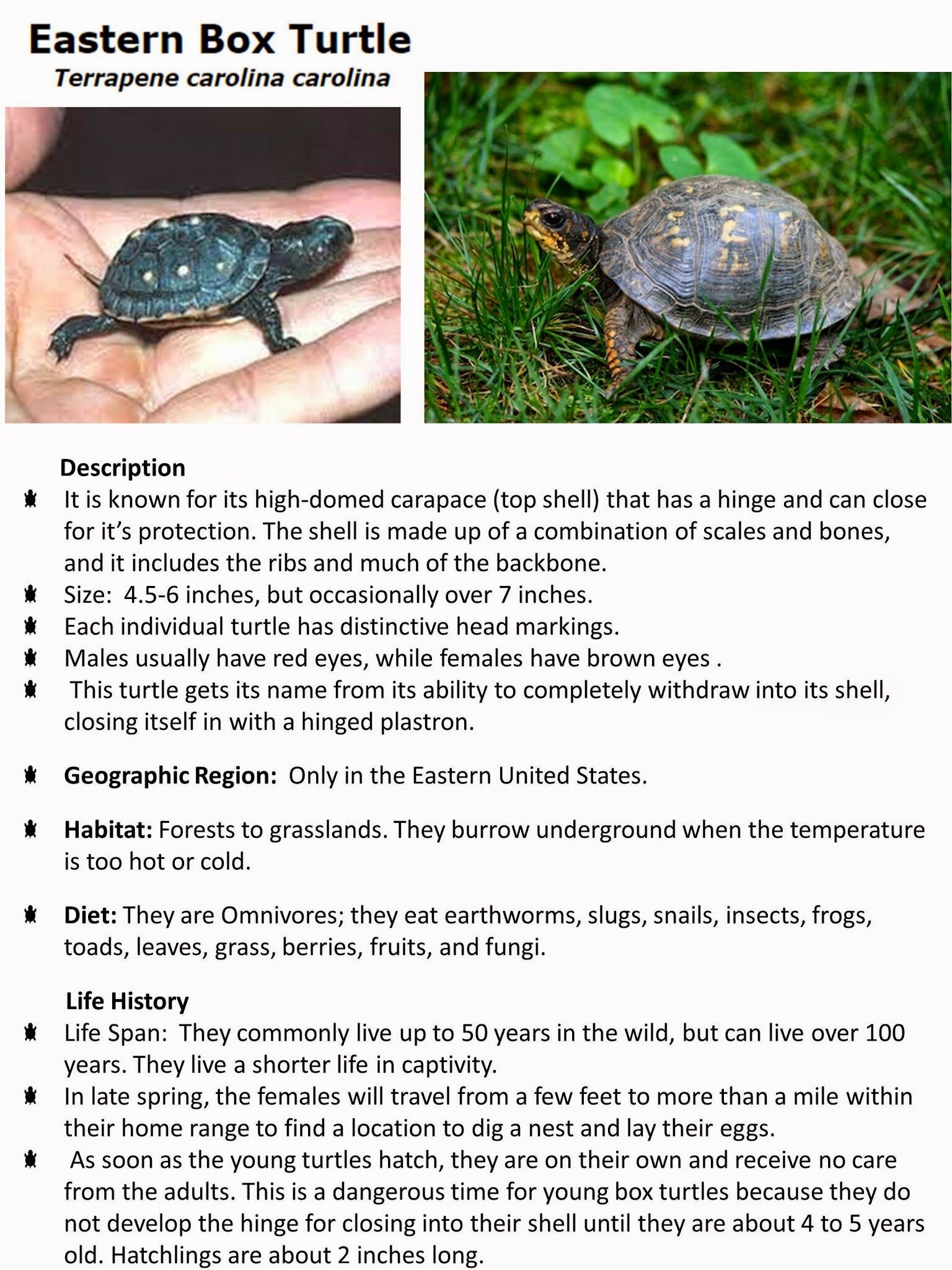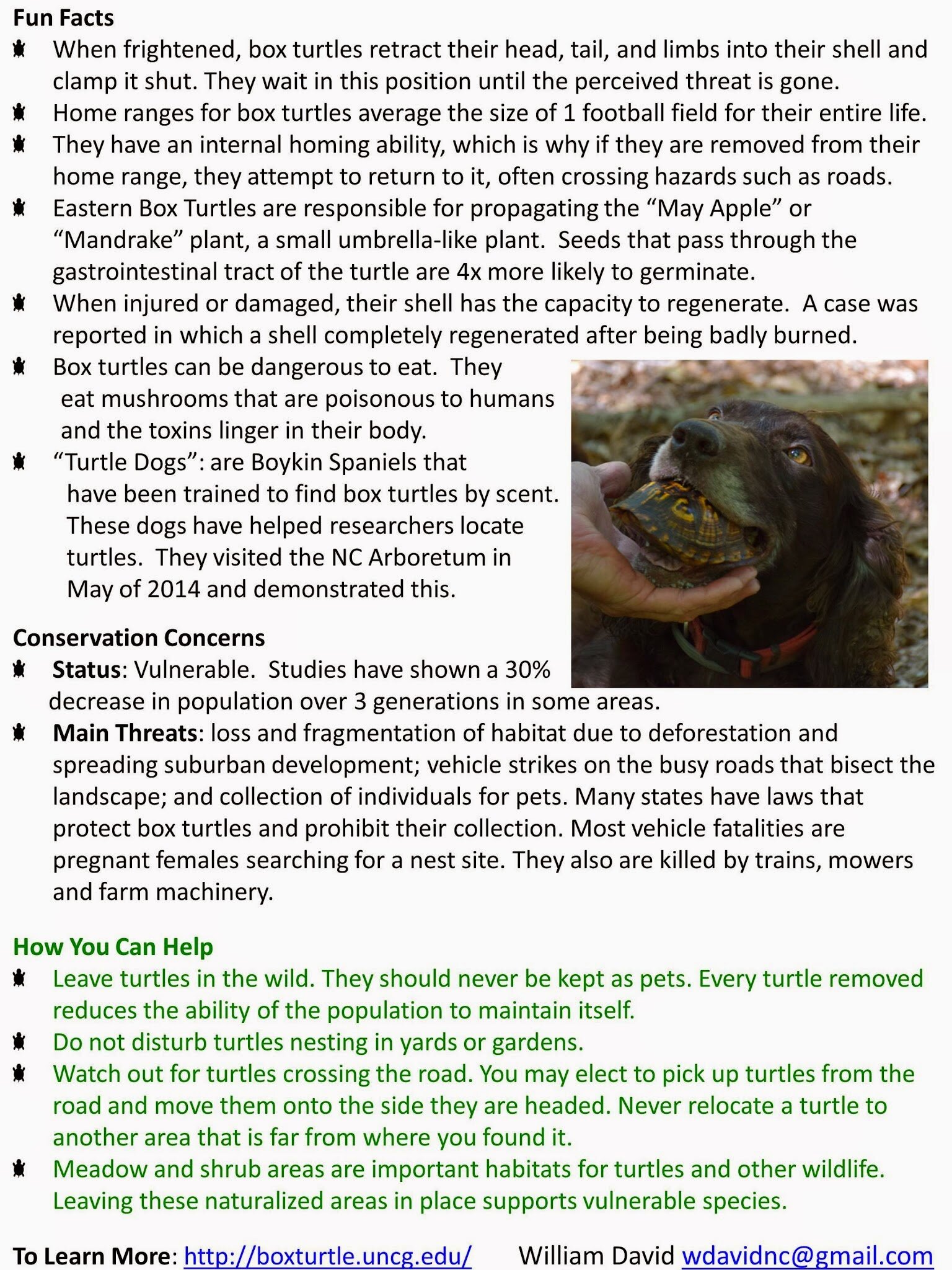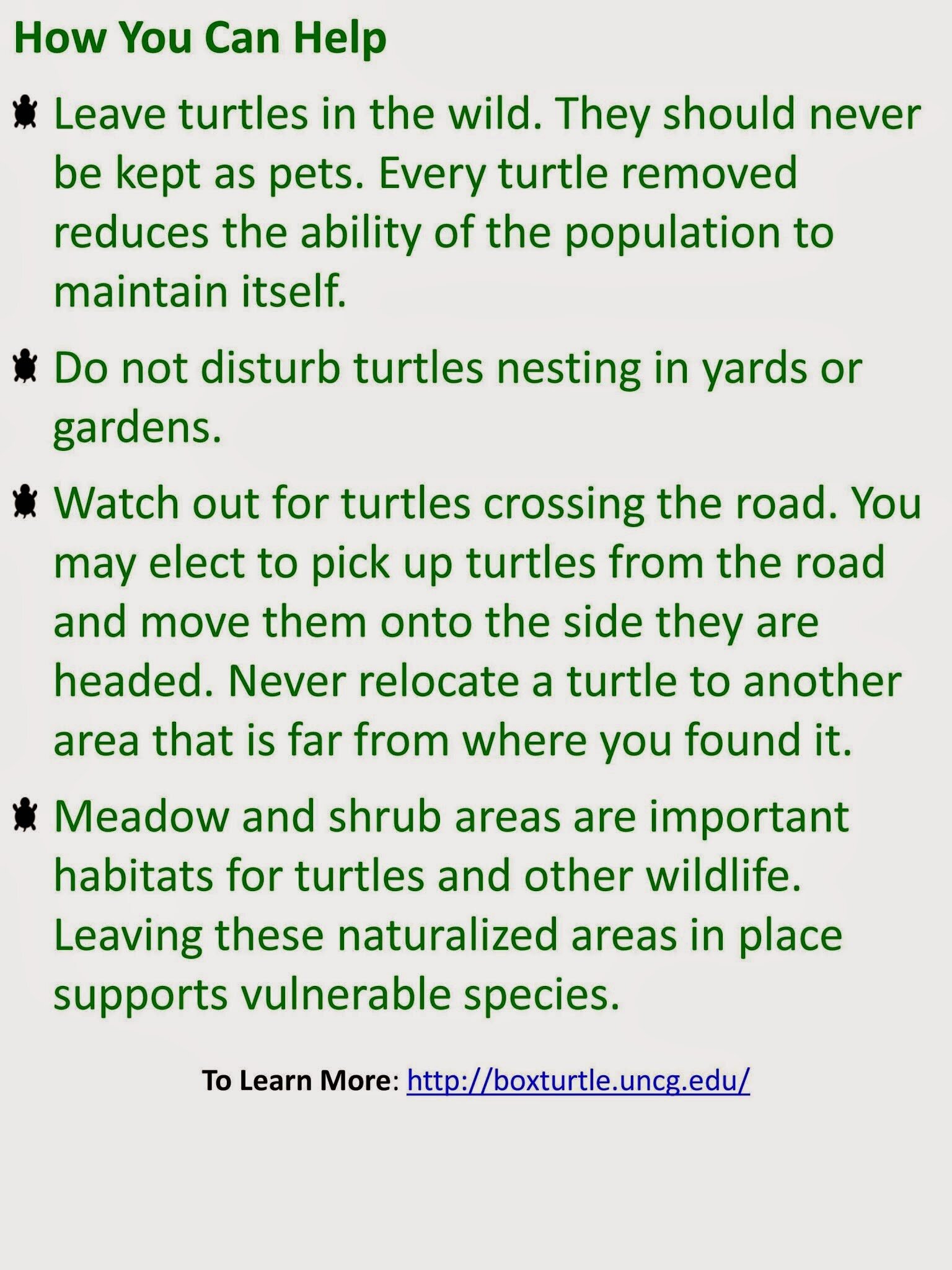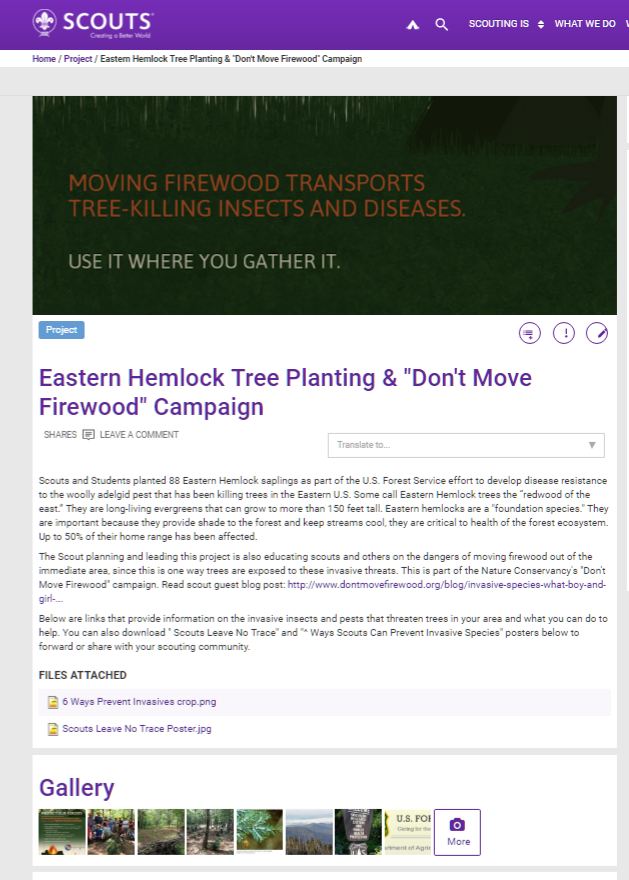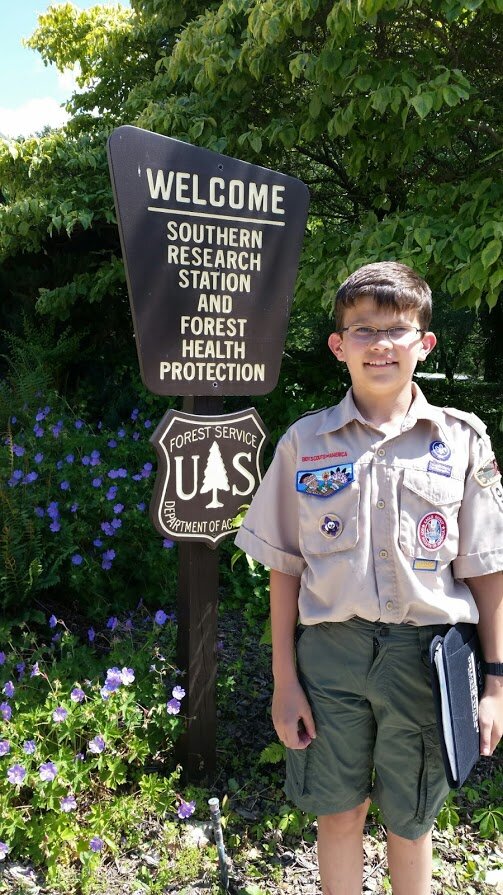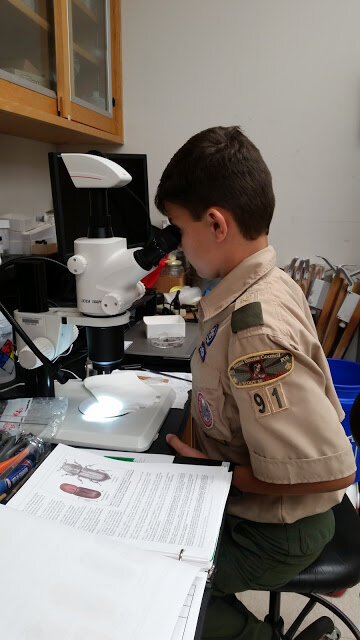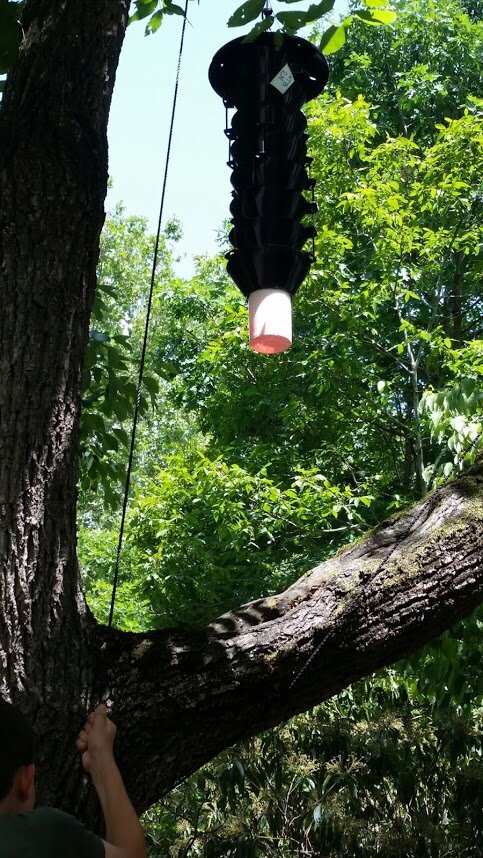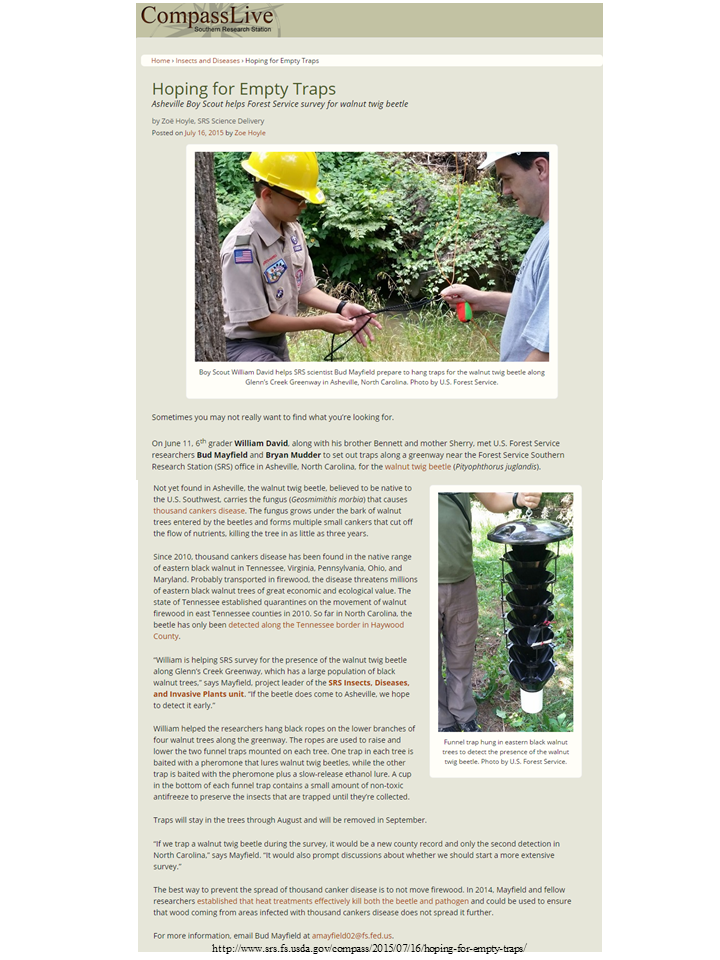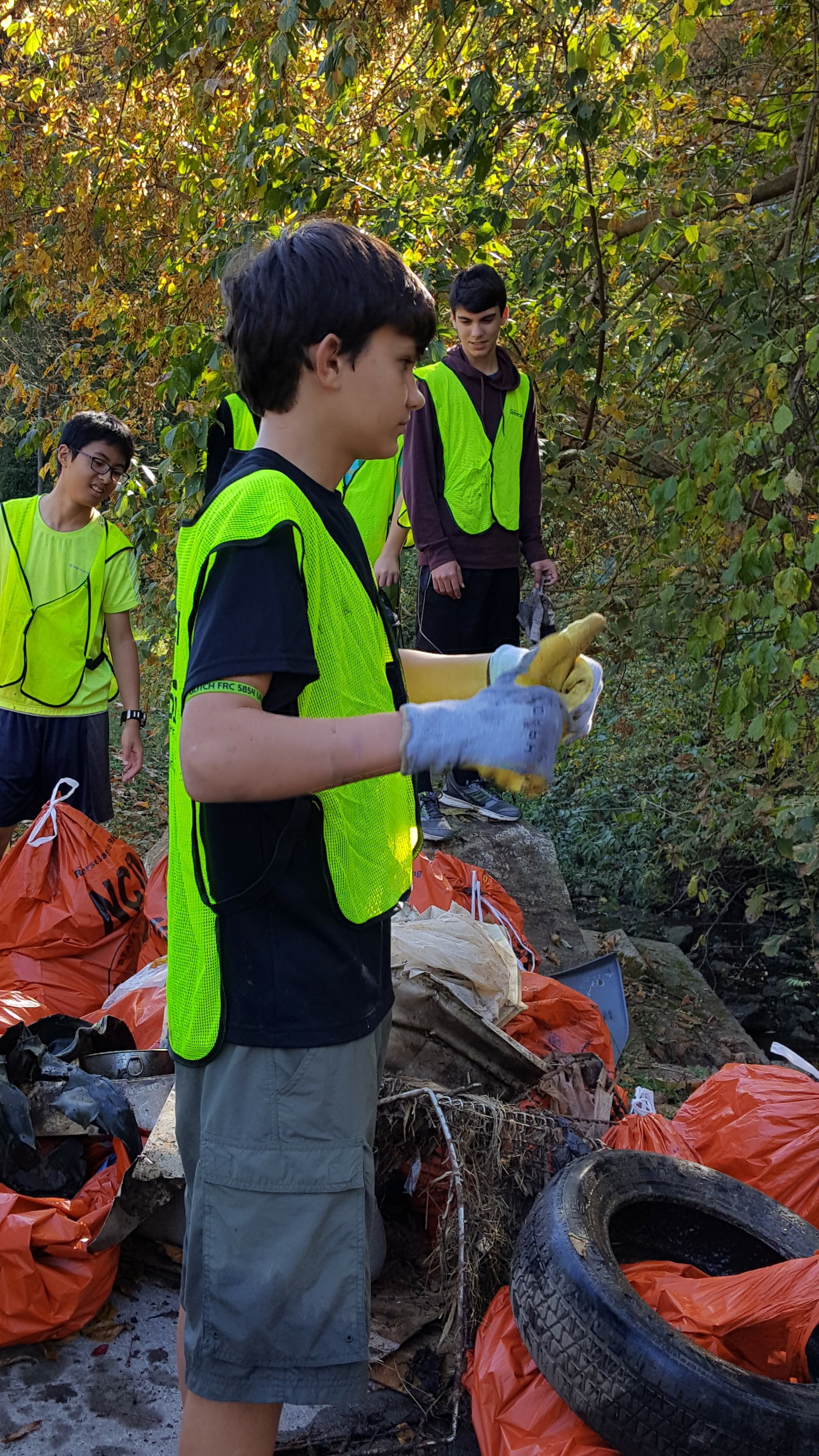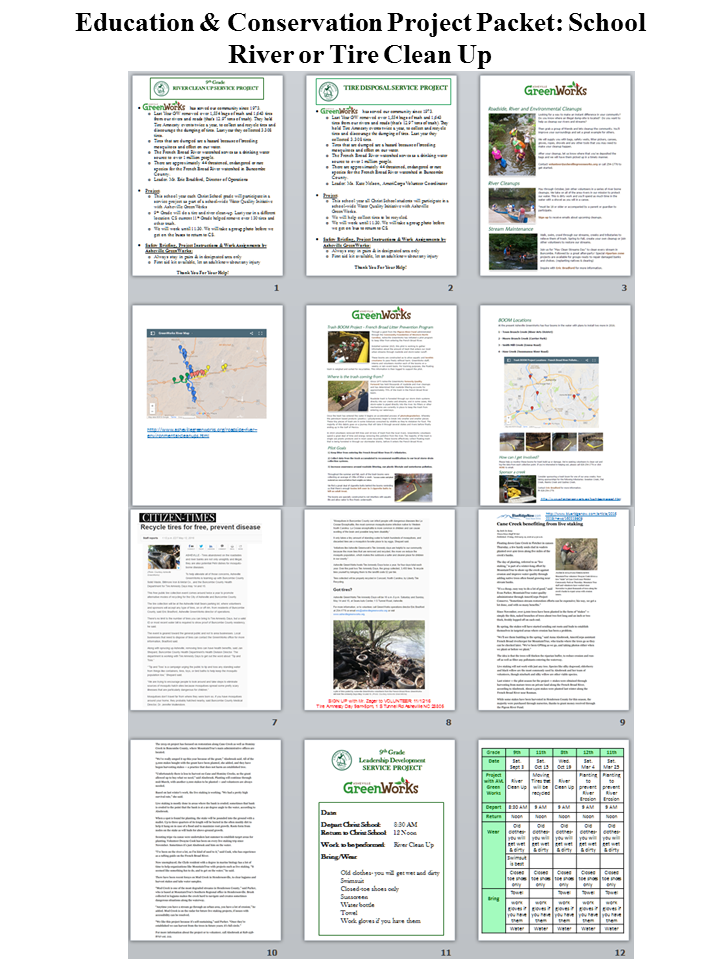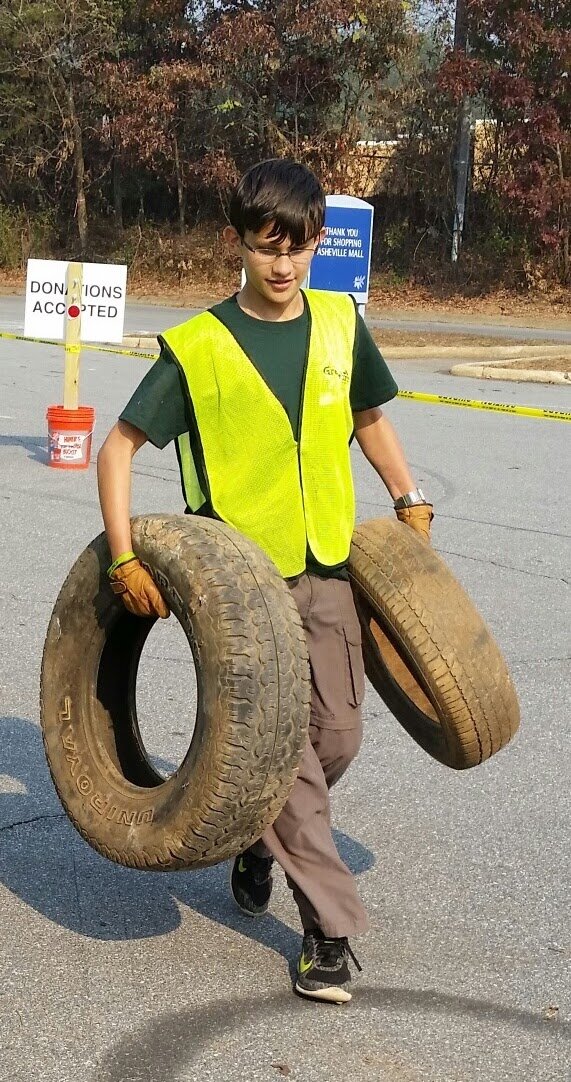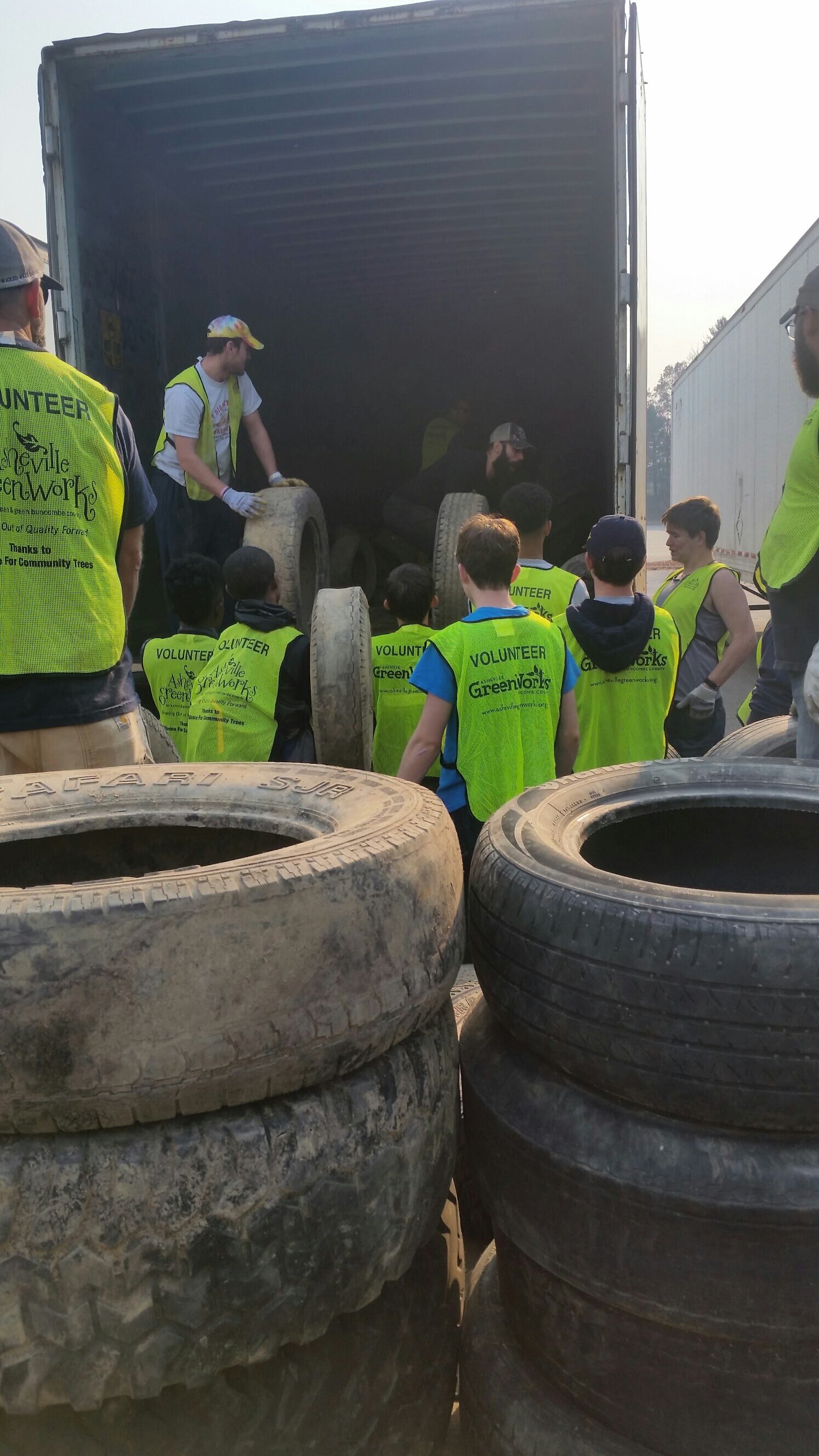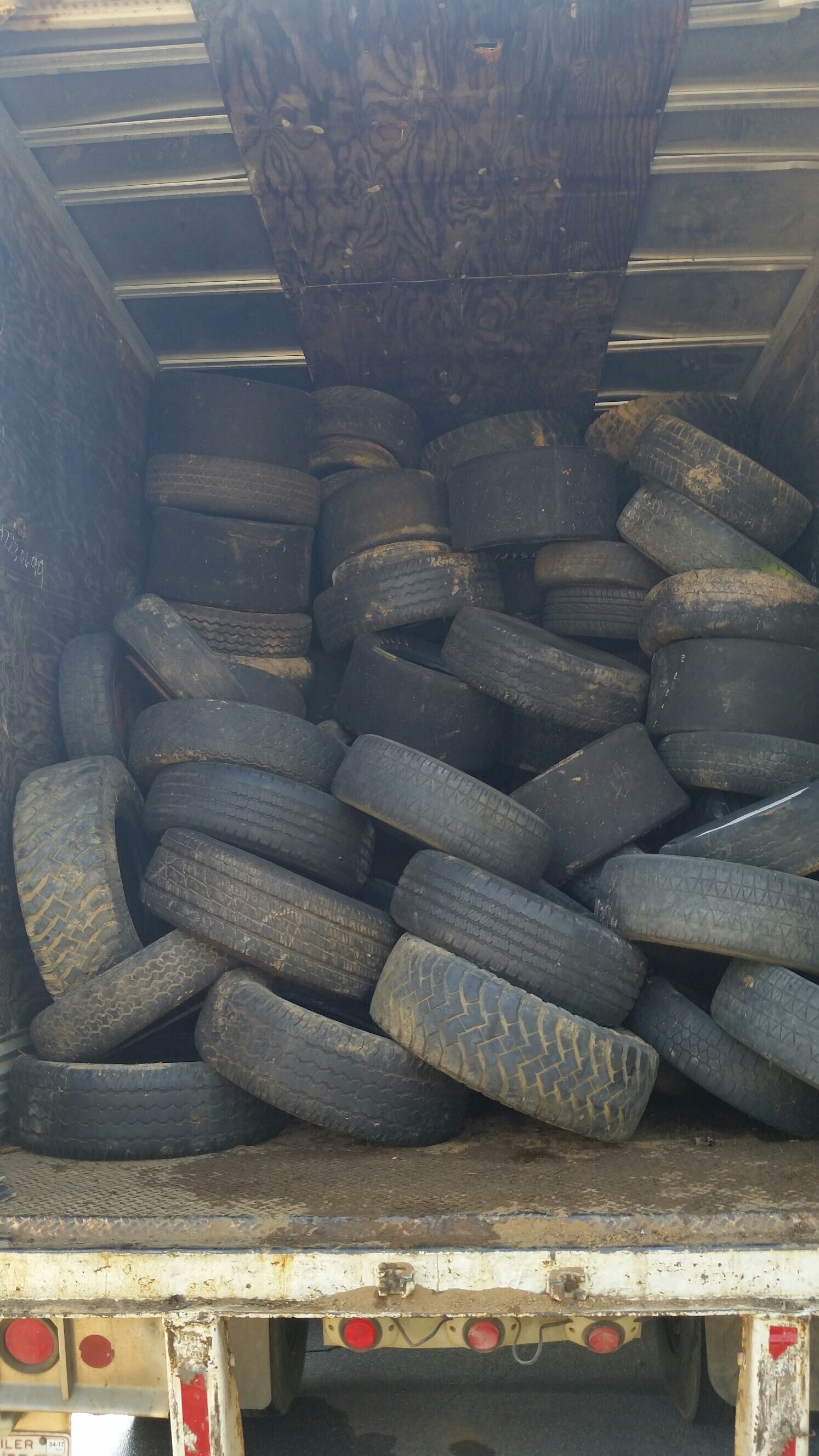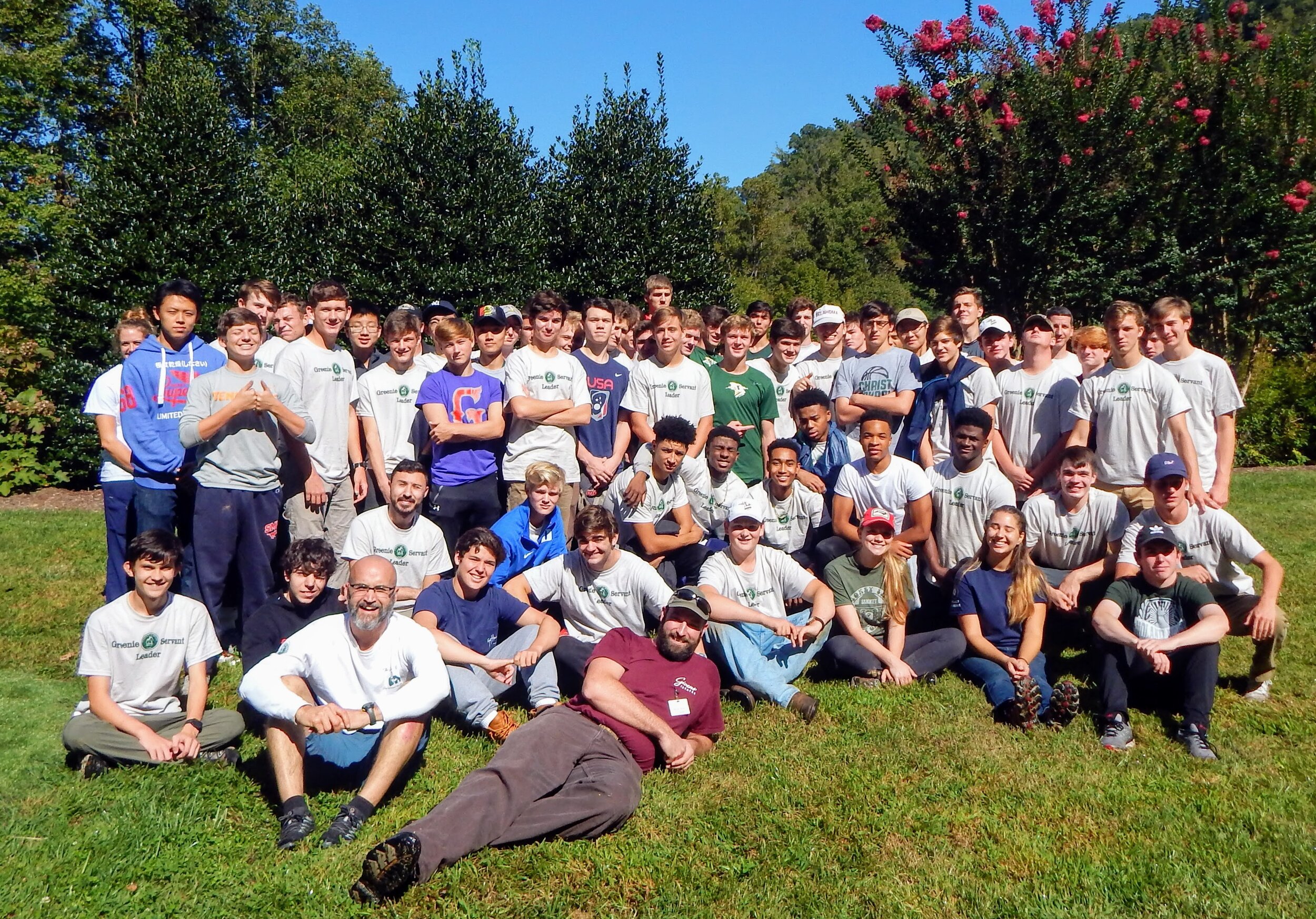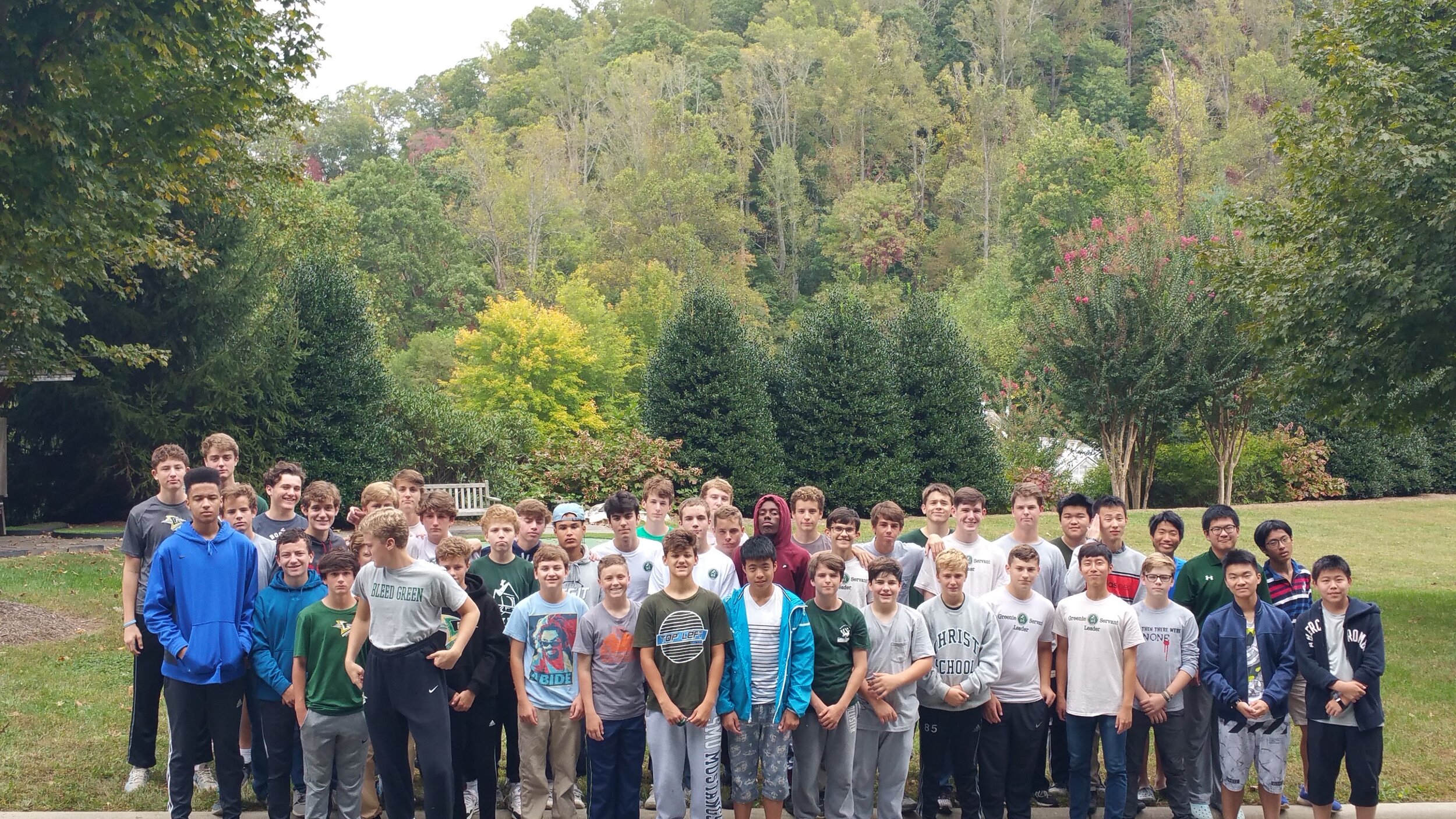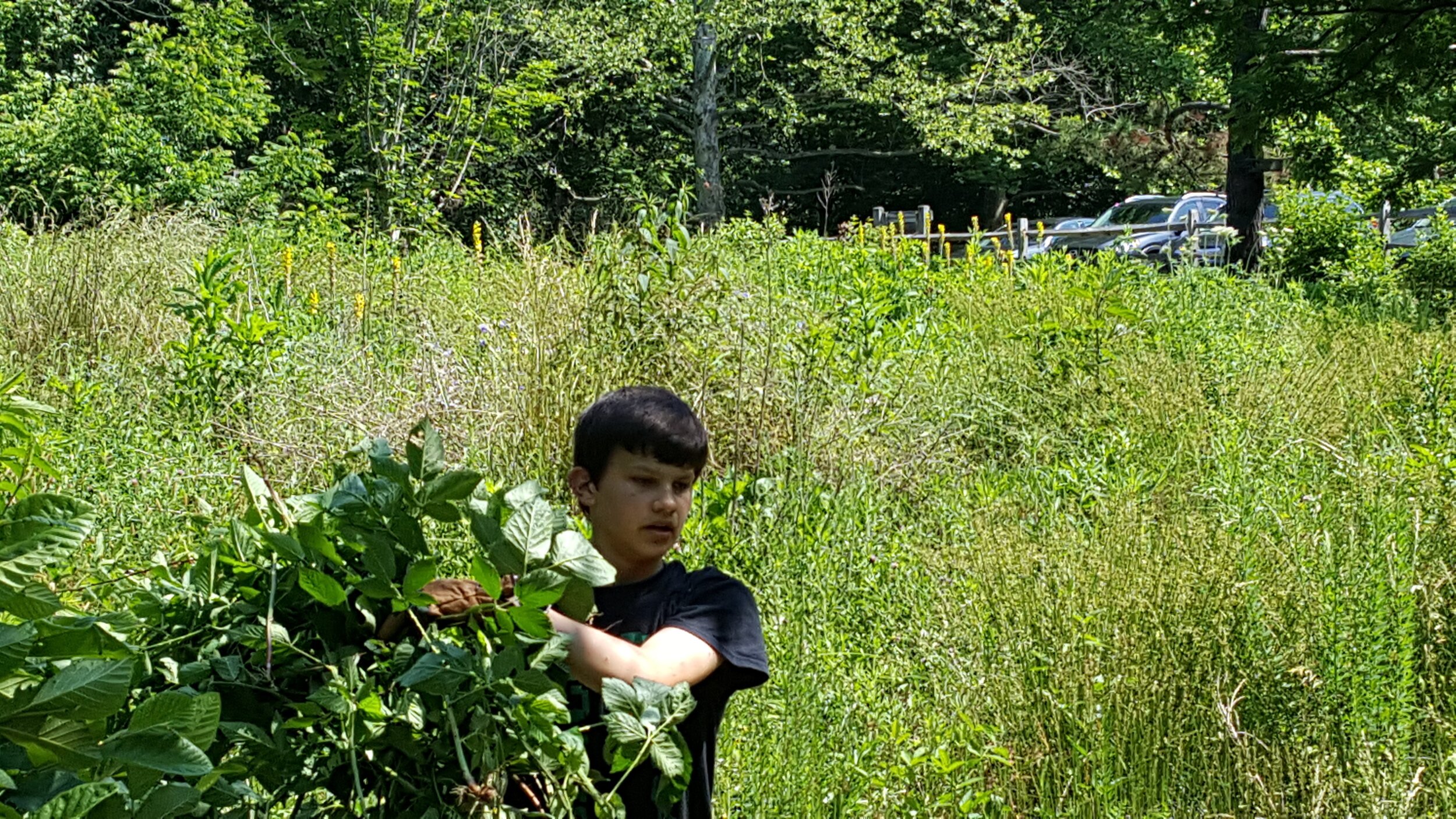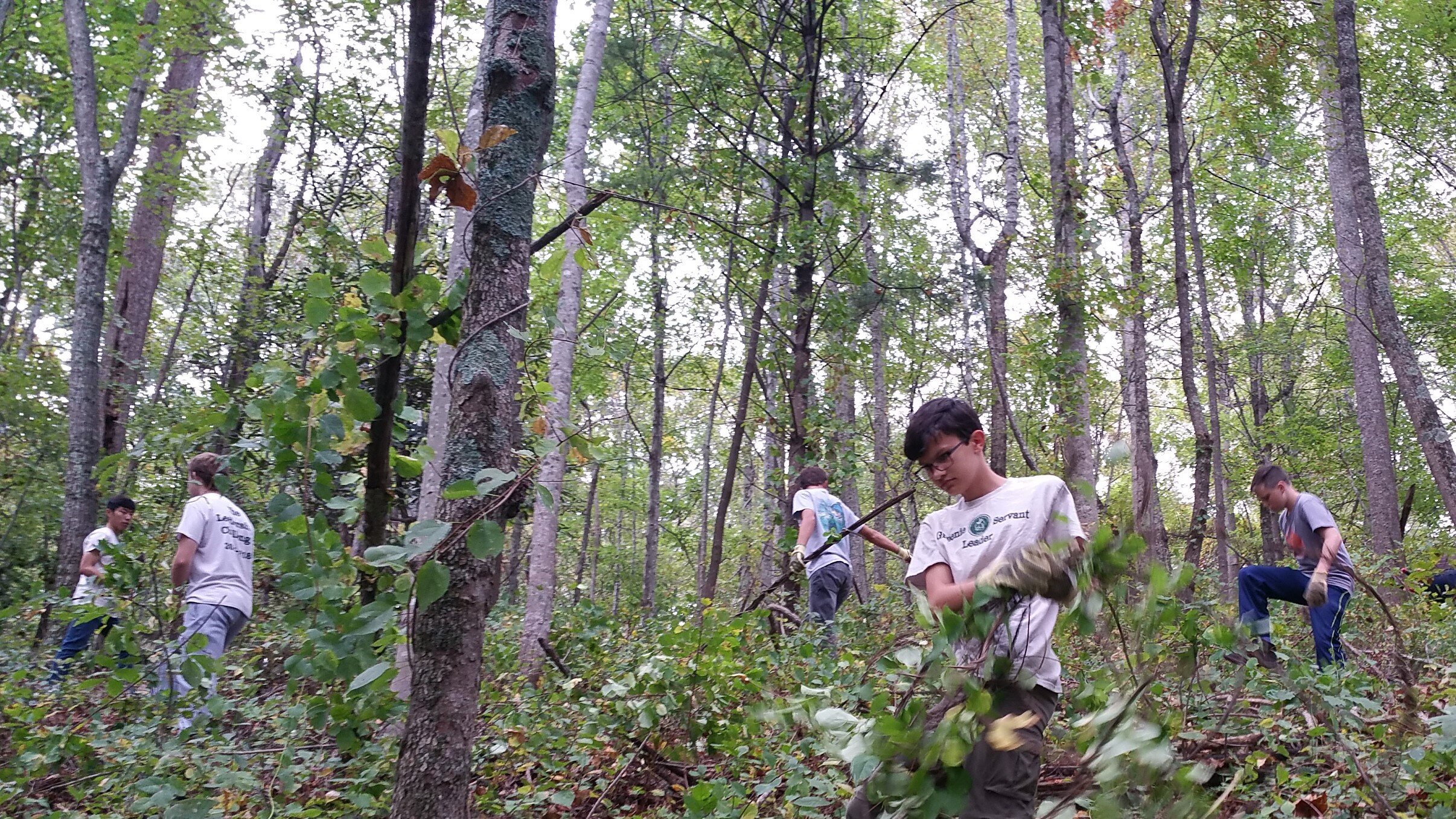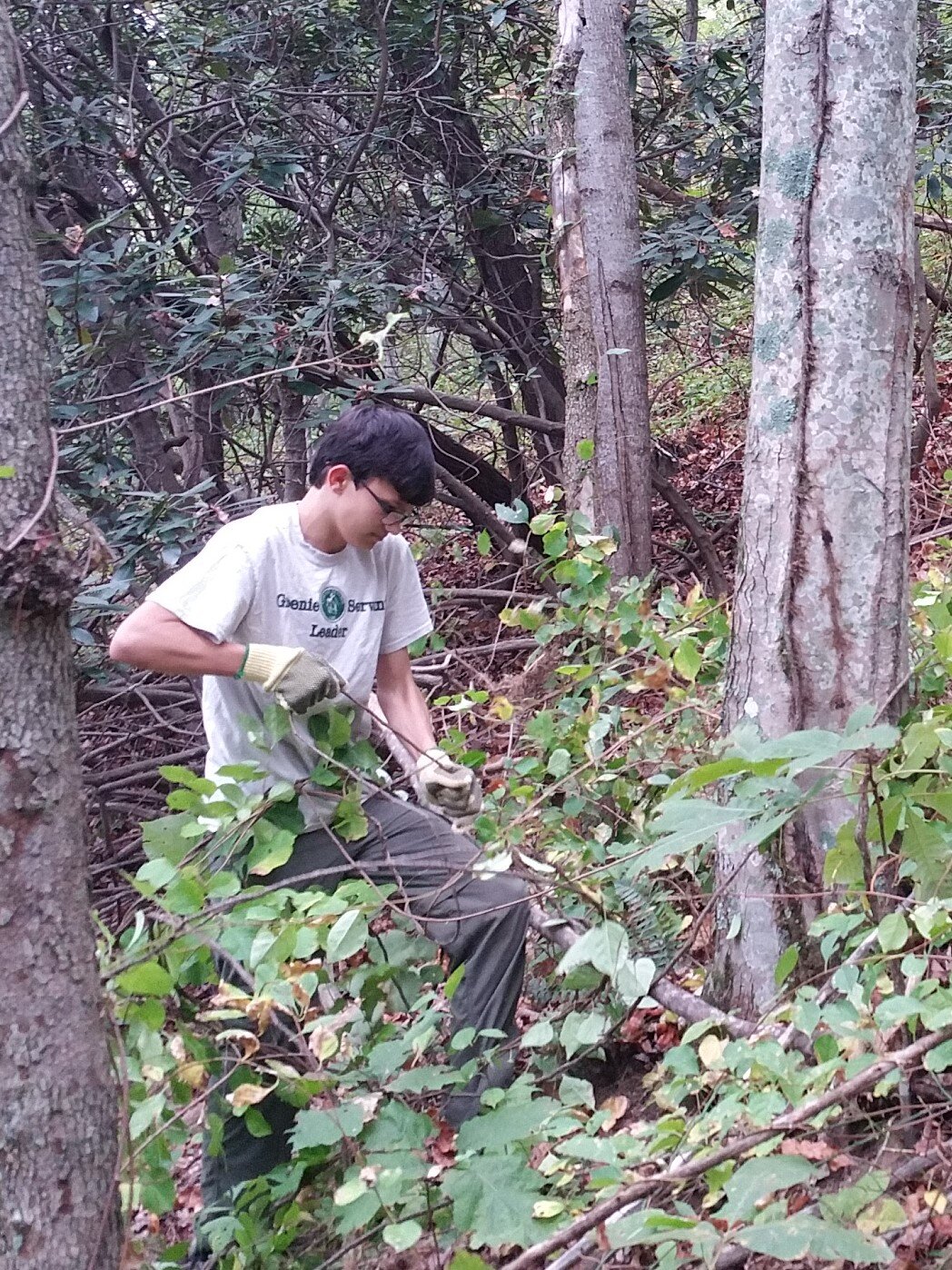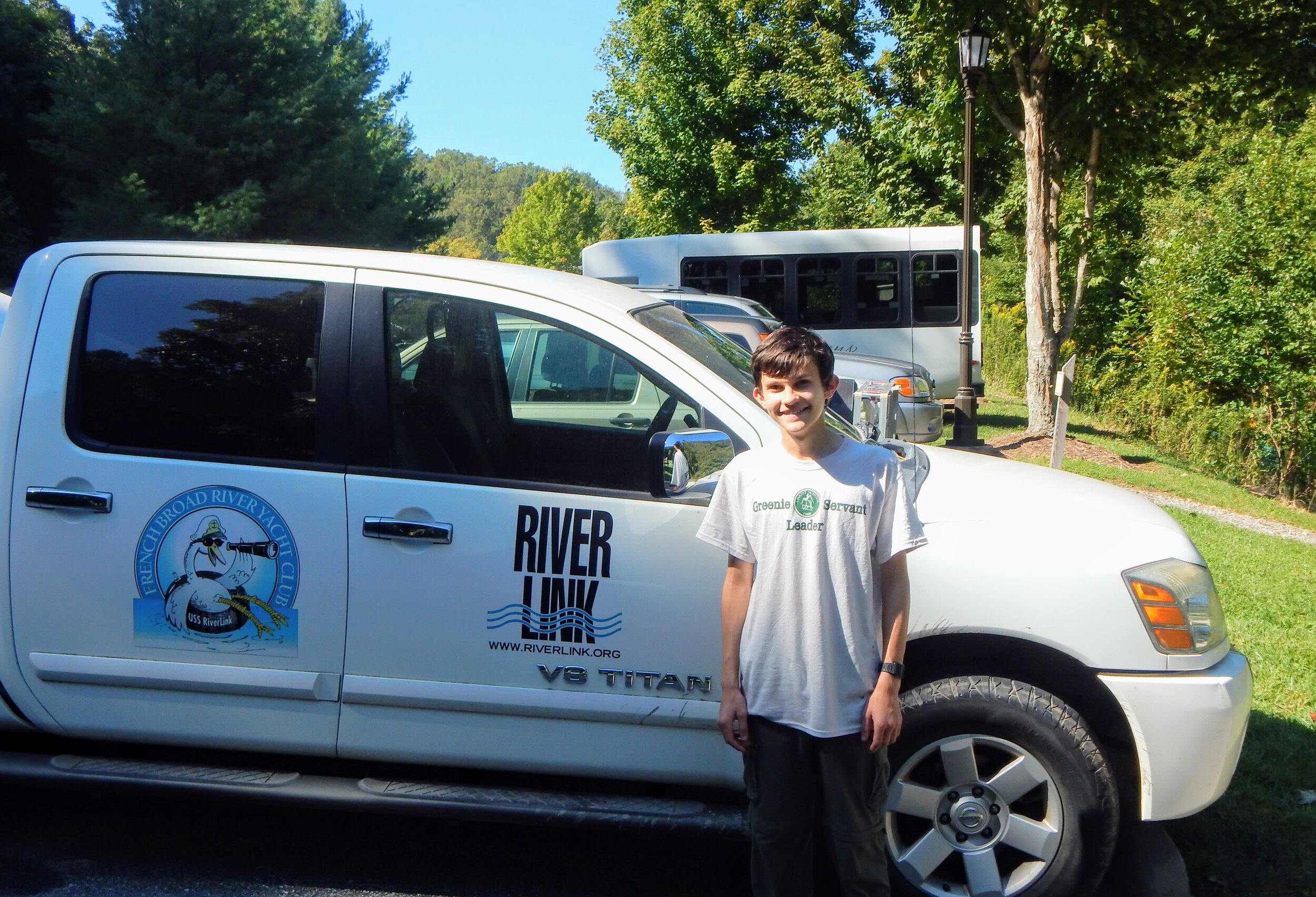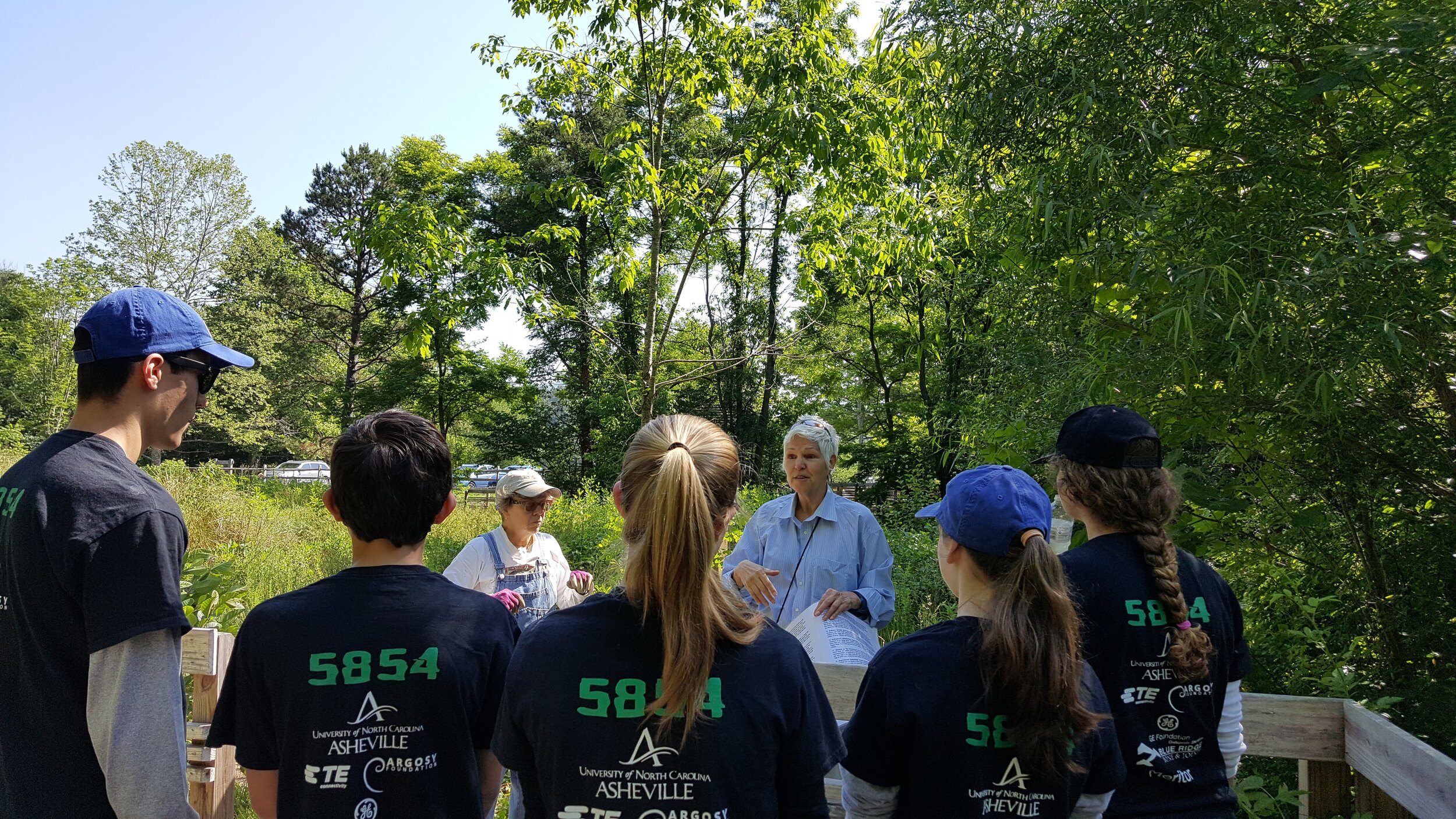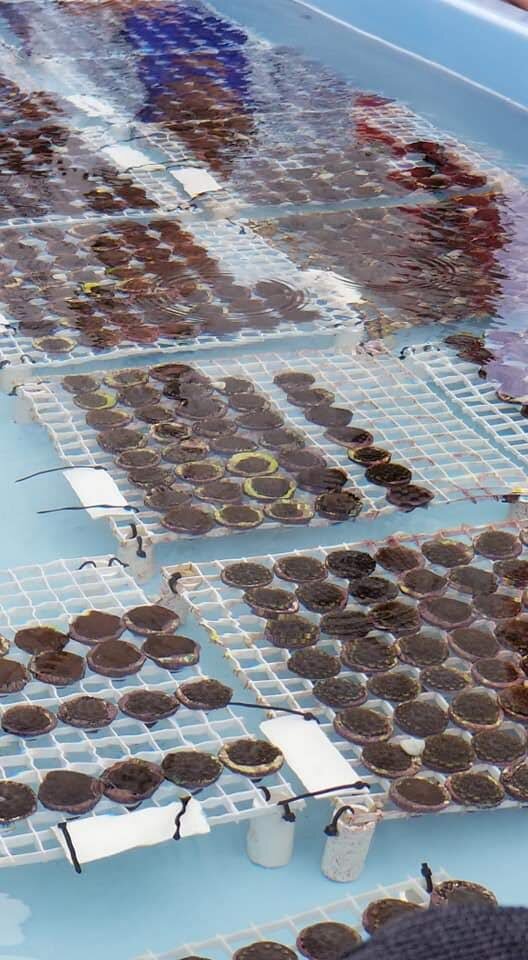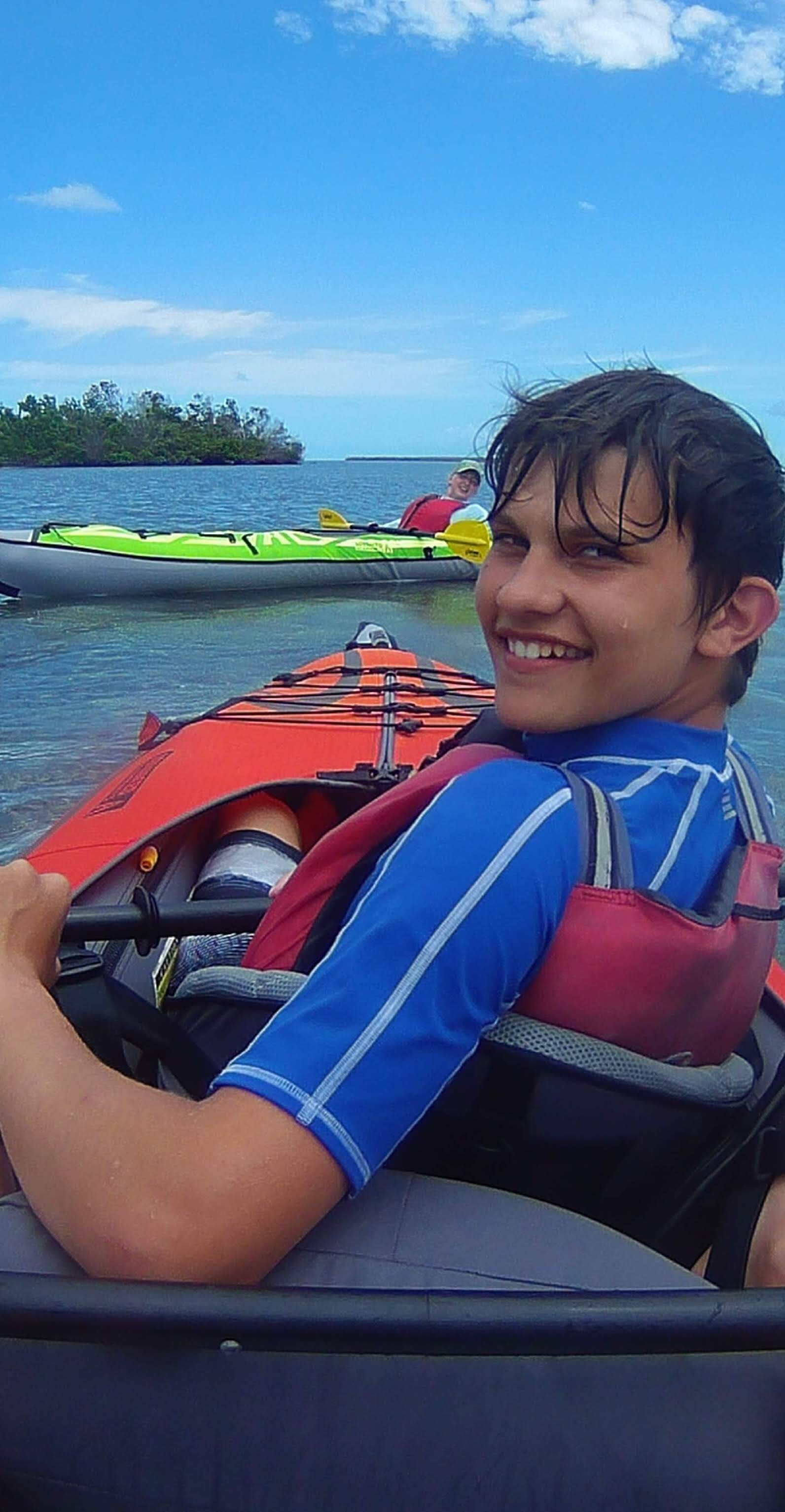Scroll Down For…
Robotics
Personal Protective Equipment
Environmental Engineering & Research
Robotics
Co-Captain: Teamwork & Leadership
I first became interested in Robotics working on LEGO Mindstorms on my own. In 6th grade, I was a founding member a FIRST LEGO league team and in 8th grade I joined the newly formed FIRST Robotics Competition Team 5854, “ GLITCH.” It was here that I found my future career. In my robotics experience I had 4 unique roles: Co-Captain, Mechanism Lead, Competition Coach, and Community Service Leader. Through these roles I discovered how much I appreciated and enjoyed the creative process required to move from a basic idea to a finished product and the real world solutions that could come with it. However, with large engineering projects “soft skills” are just as, if not more, important. Through FIRST Robotics I learned how to lead, facilitate, and ensure a collaborative environment. I additionally learned how crucial strong communication is between team members.
Mechanism Lead: CAD Design & Build
My first two years of robotics I was responsible for the fabrication of the chassis, but soon after started to take on larger and larger responsibilities.
In 2019 I designed a shooter mechanism to shoot kickball into small goals.
The year after I helped revolutionize our teams design and build process by including an extensive design (and re-design) process of our robot by CAD before anything was built. The year’s challenge involved picking up yellow foam balls and shooting them into nine-foot-high goals. I was specifically in charge (and completely designed) both the intake and shooter mechanisms for our team (see the CAD model on the right). This new process resulted in a far more complex and reliable finished product. From this I grew greatly, both as an engineer, and as a leader.








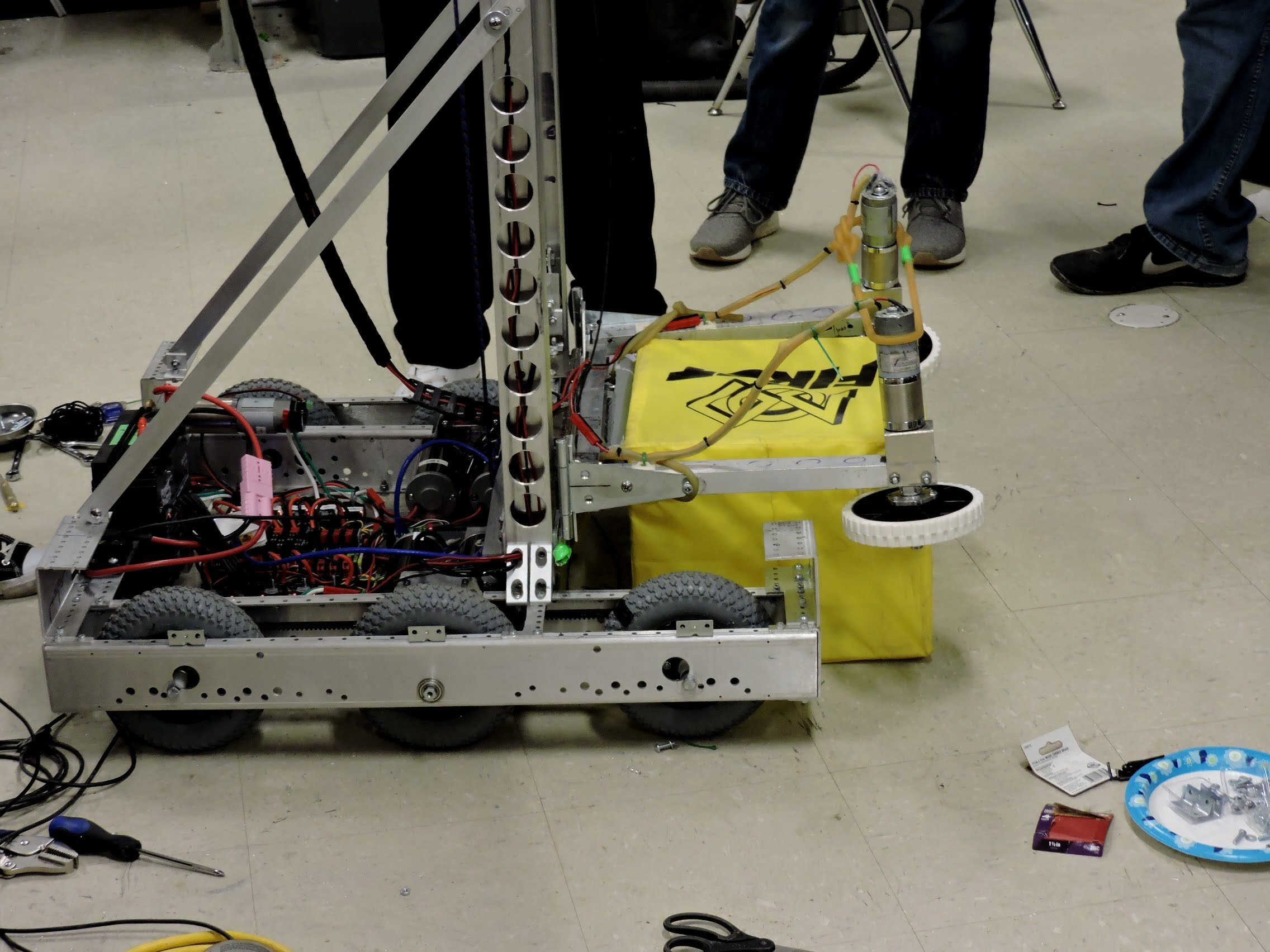
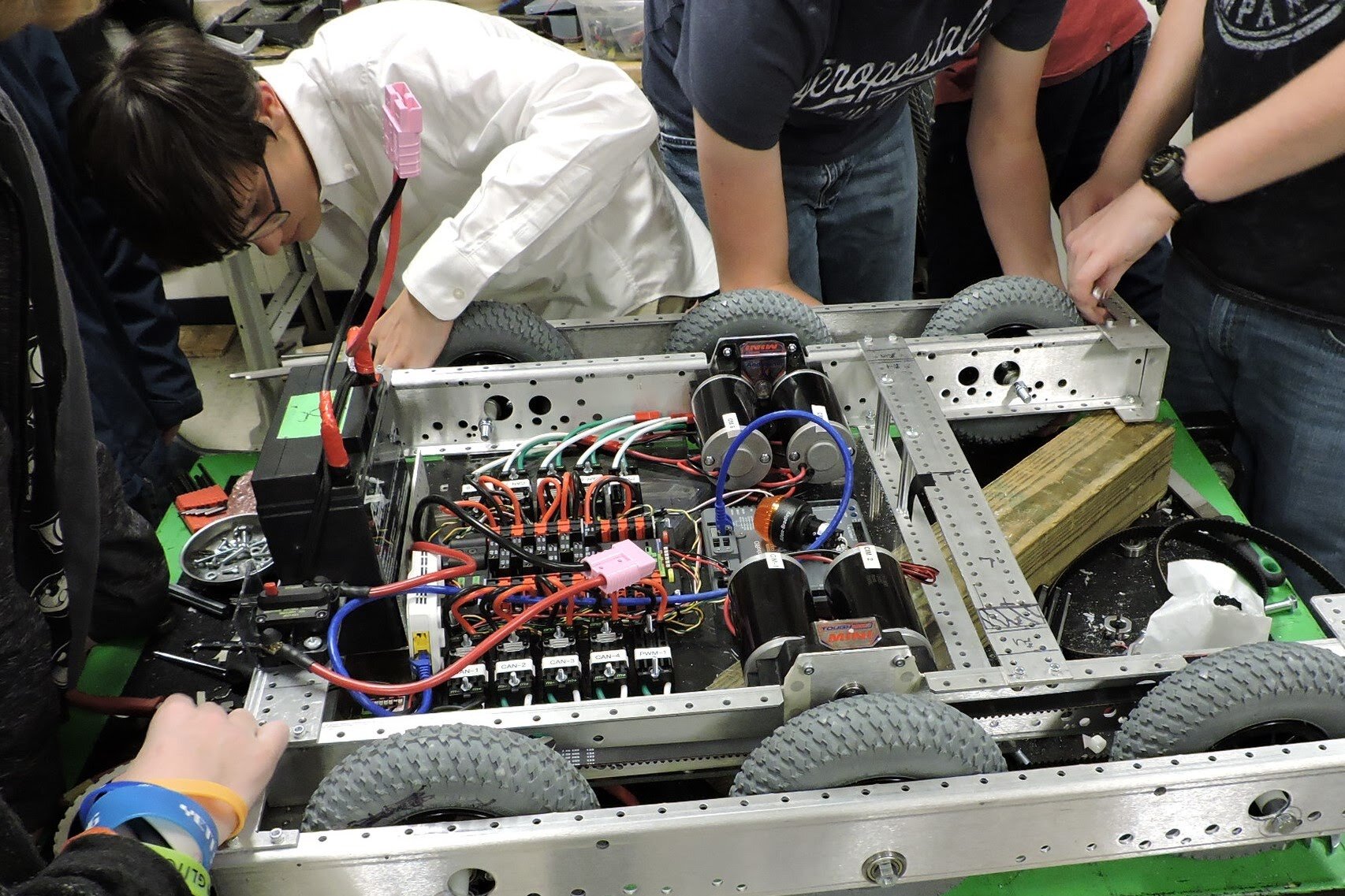
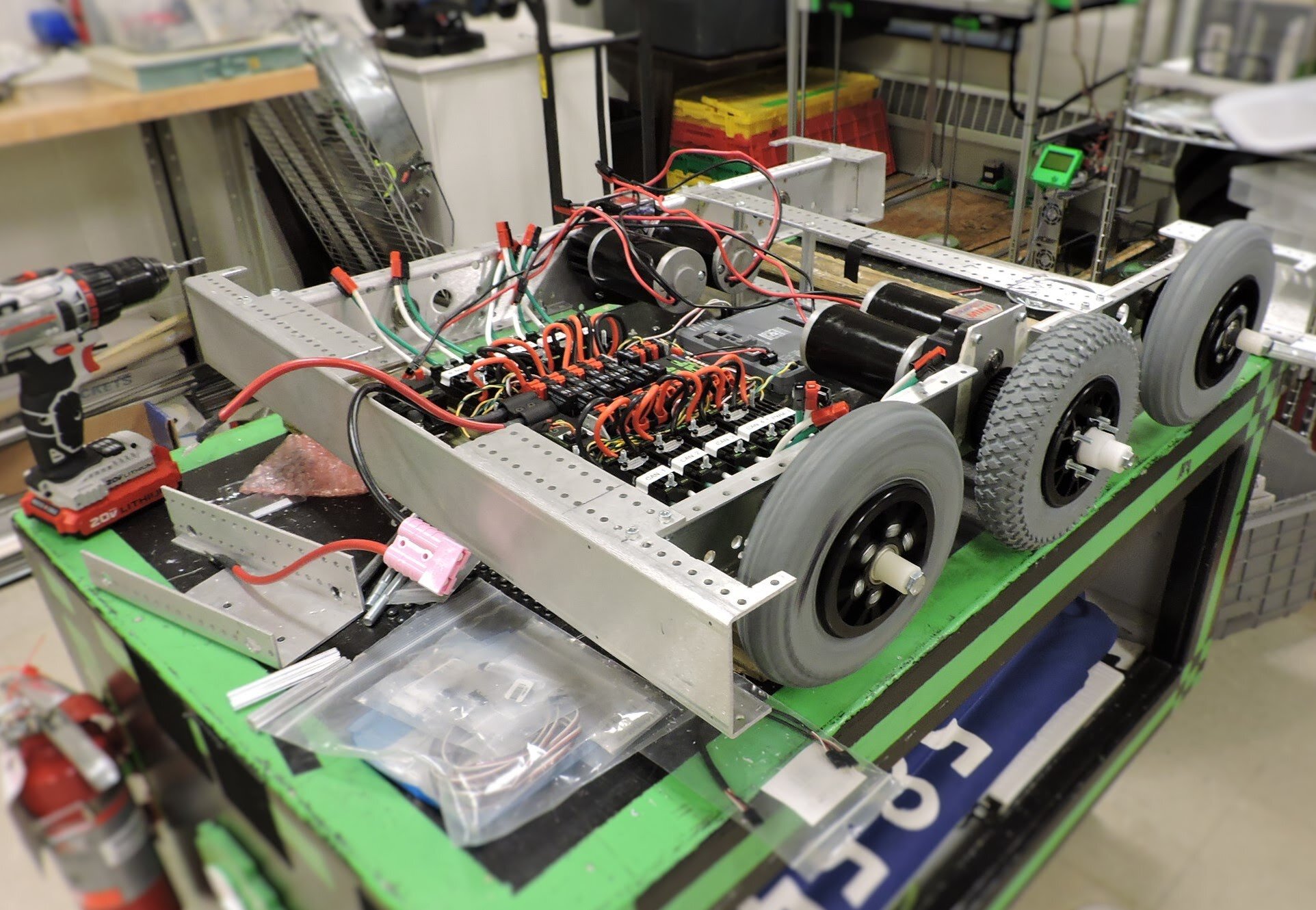
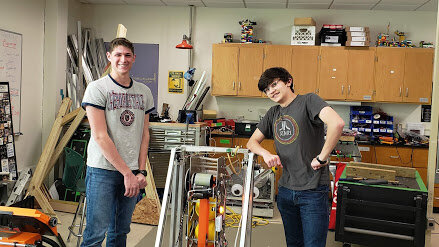
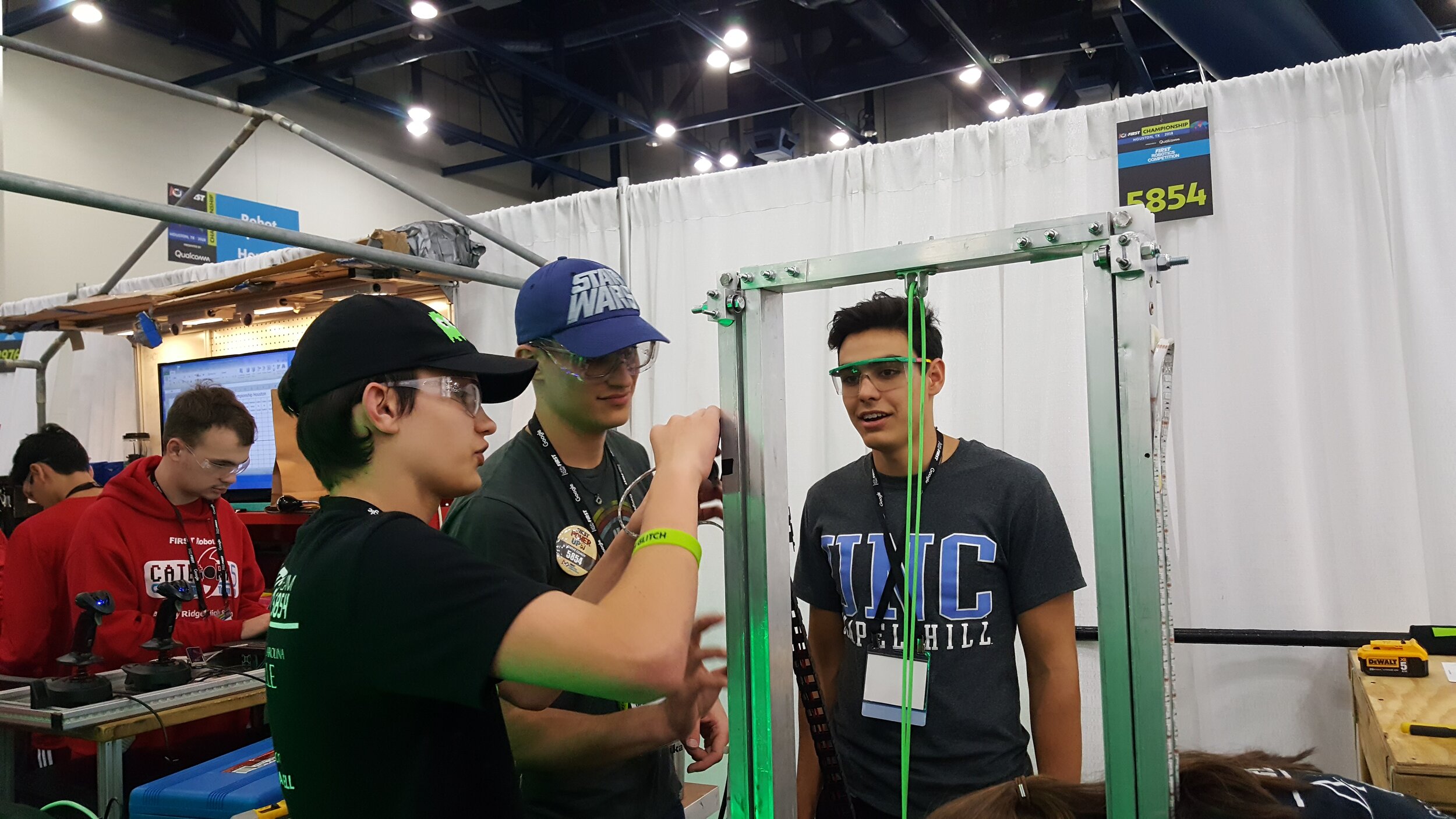
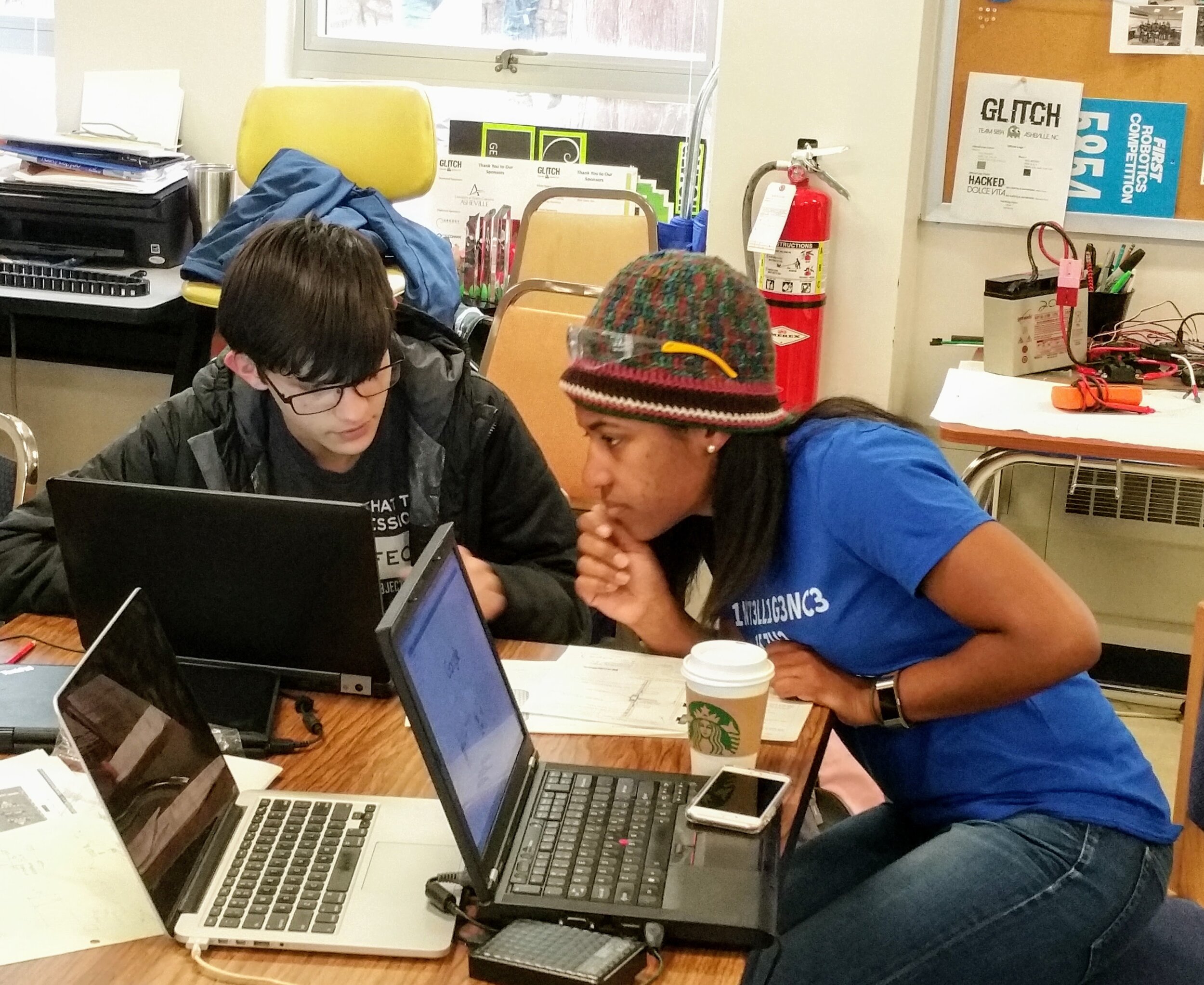
Community Service Program Co-Founder & Leader
FIRST is “More than Robots”. Part of our team mission is to provide STEM education and give back to our community. As founder and leader of our community service program, it is my job to plan the events, recruit volunteers, and lead our participation. This includes our annual education events: the GLITCH-UNCA High School Computer Programming Competition, Mountain Science Expo, and teaching robotics for the Asheville Museum of Science. It also includes leading our team’s efforts to reduce electronic waste (please see Recycling project below), the participation of many team members in my Future Builders STEM Education and Mentorship Program, and building of a Habitat for Humanity Student Build Home each year.
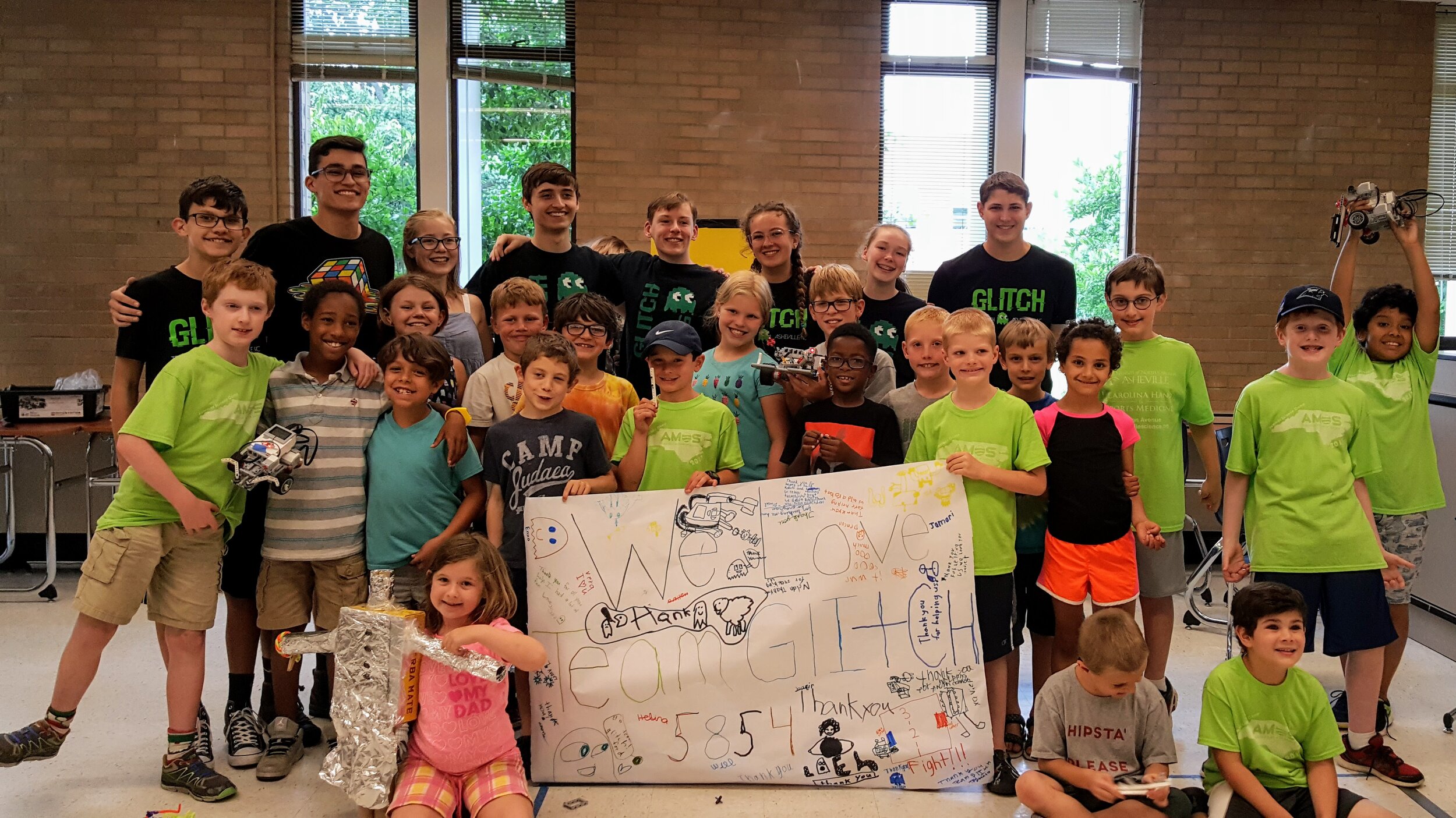
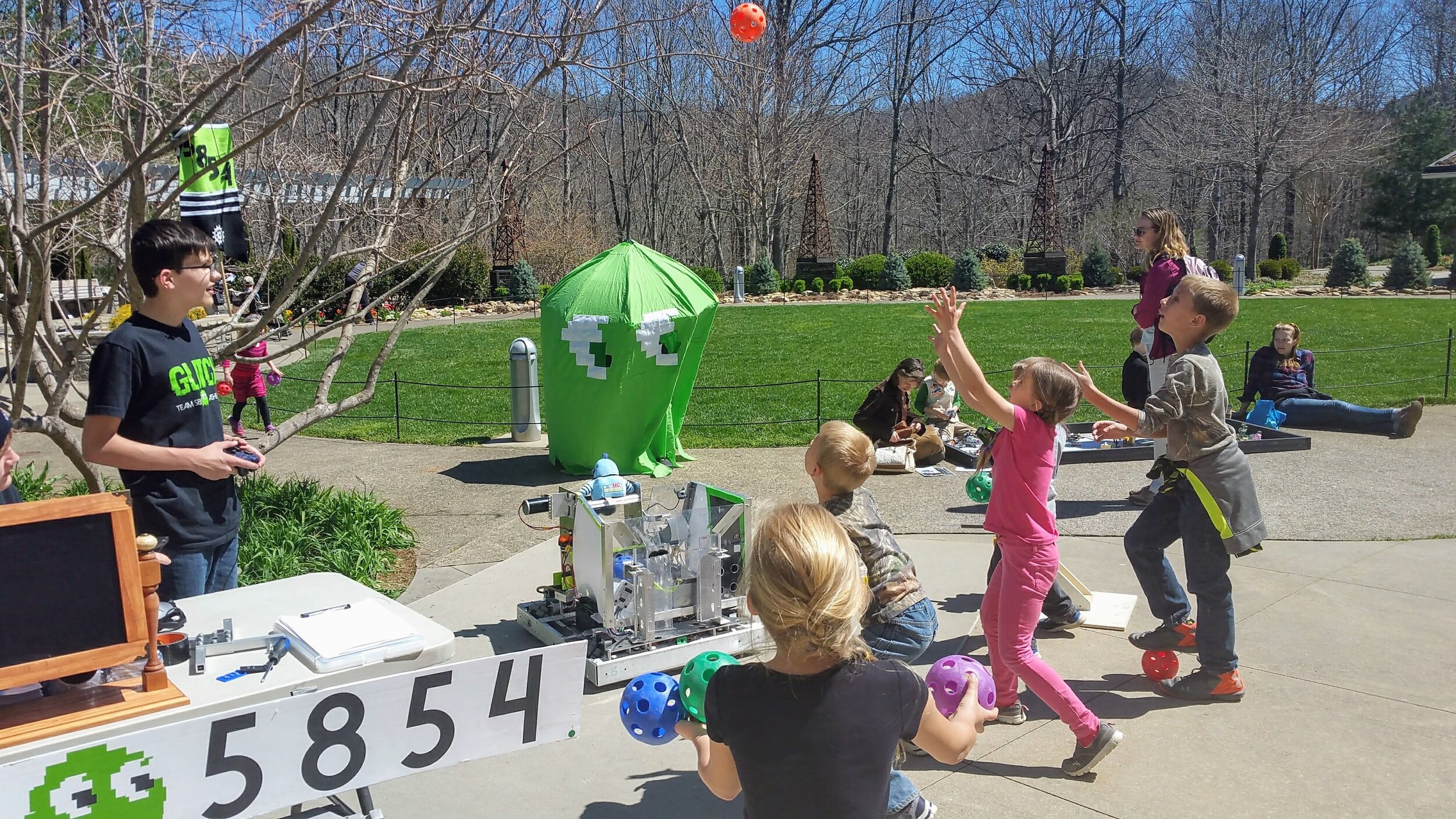
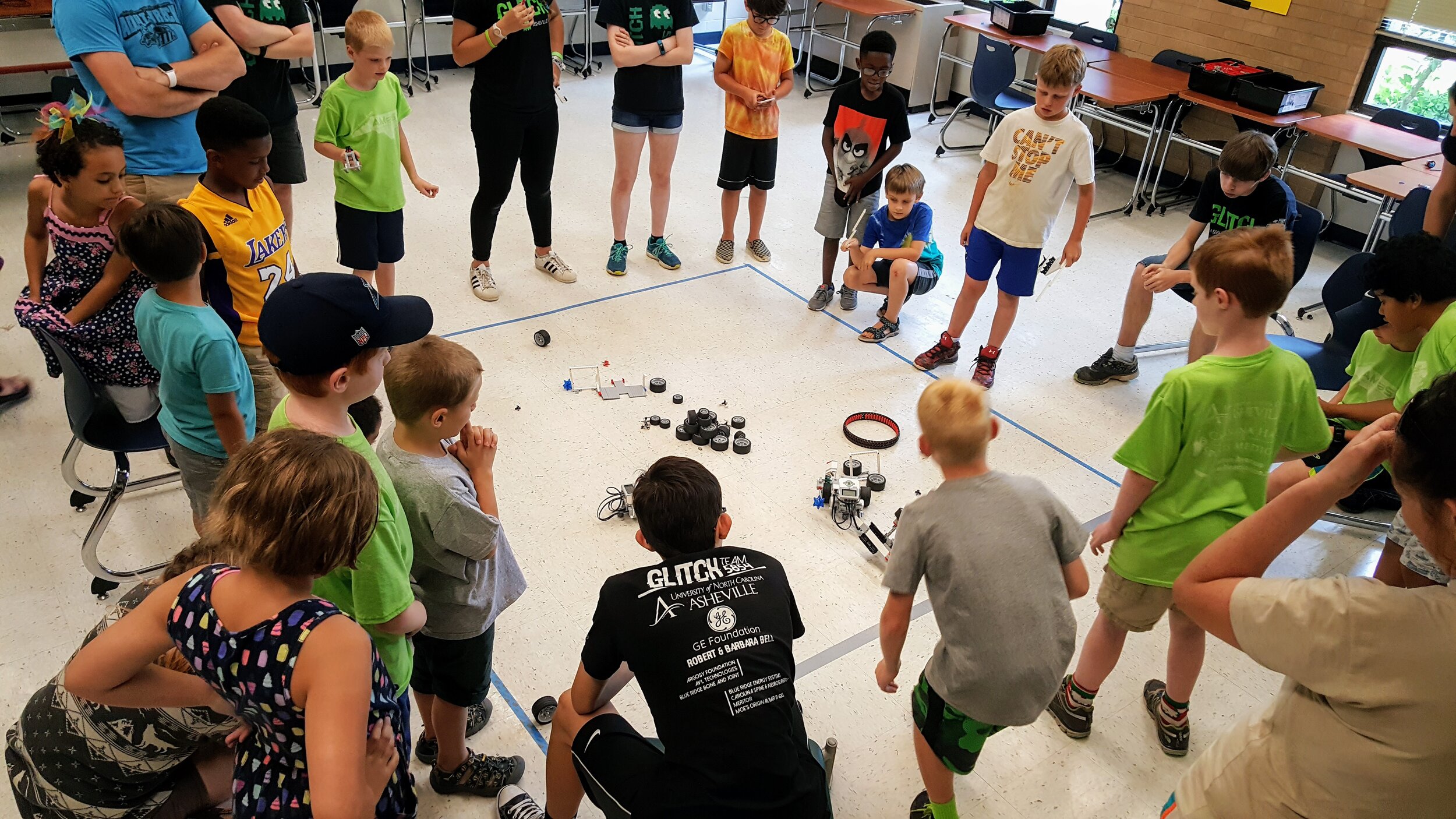
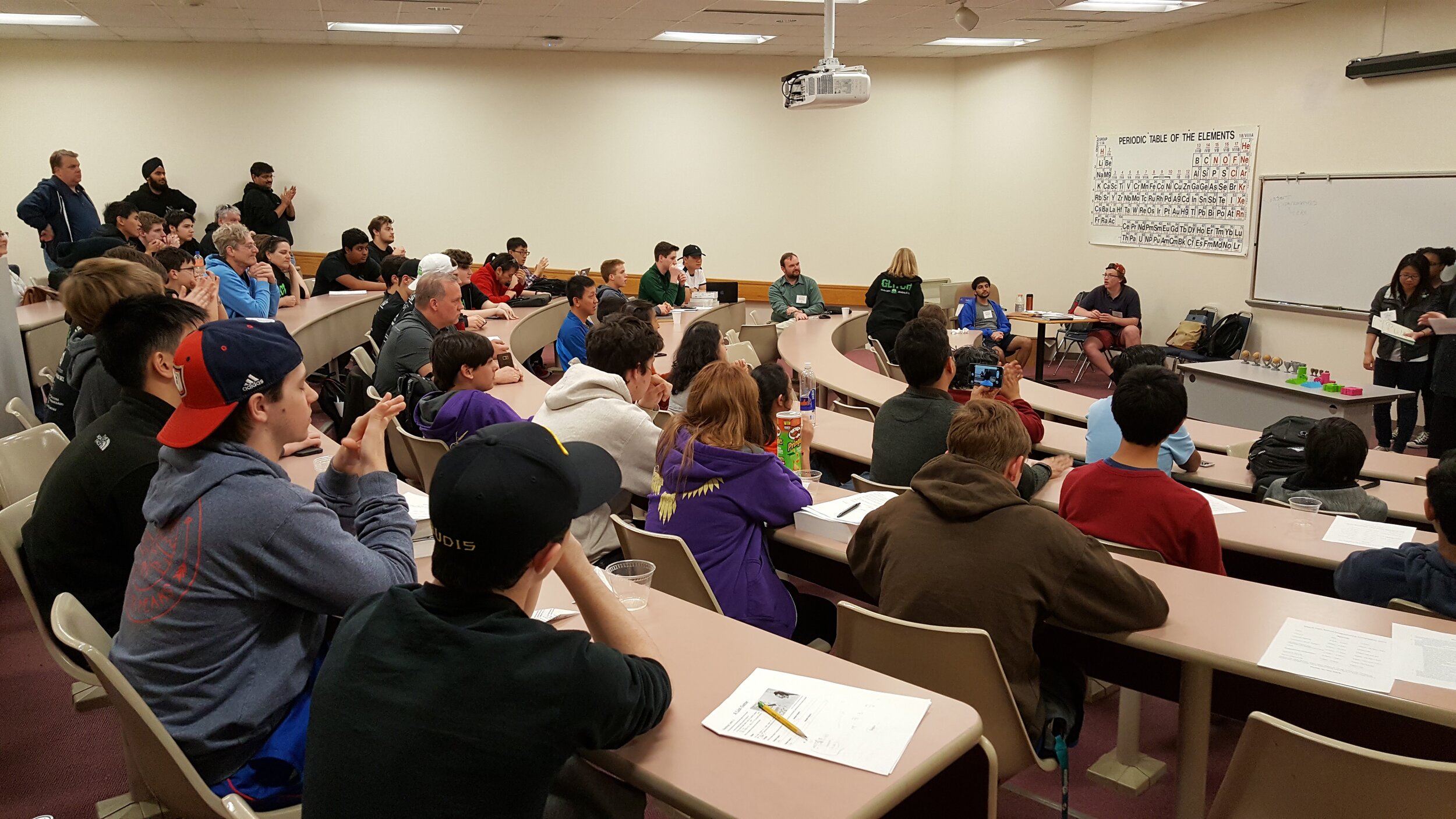
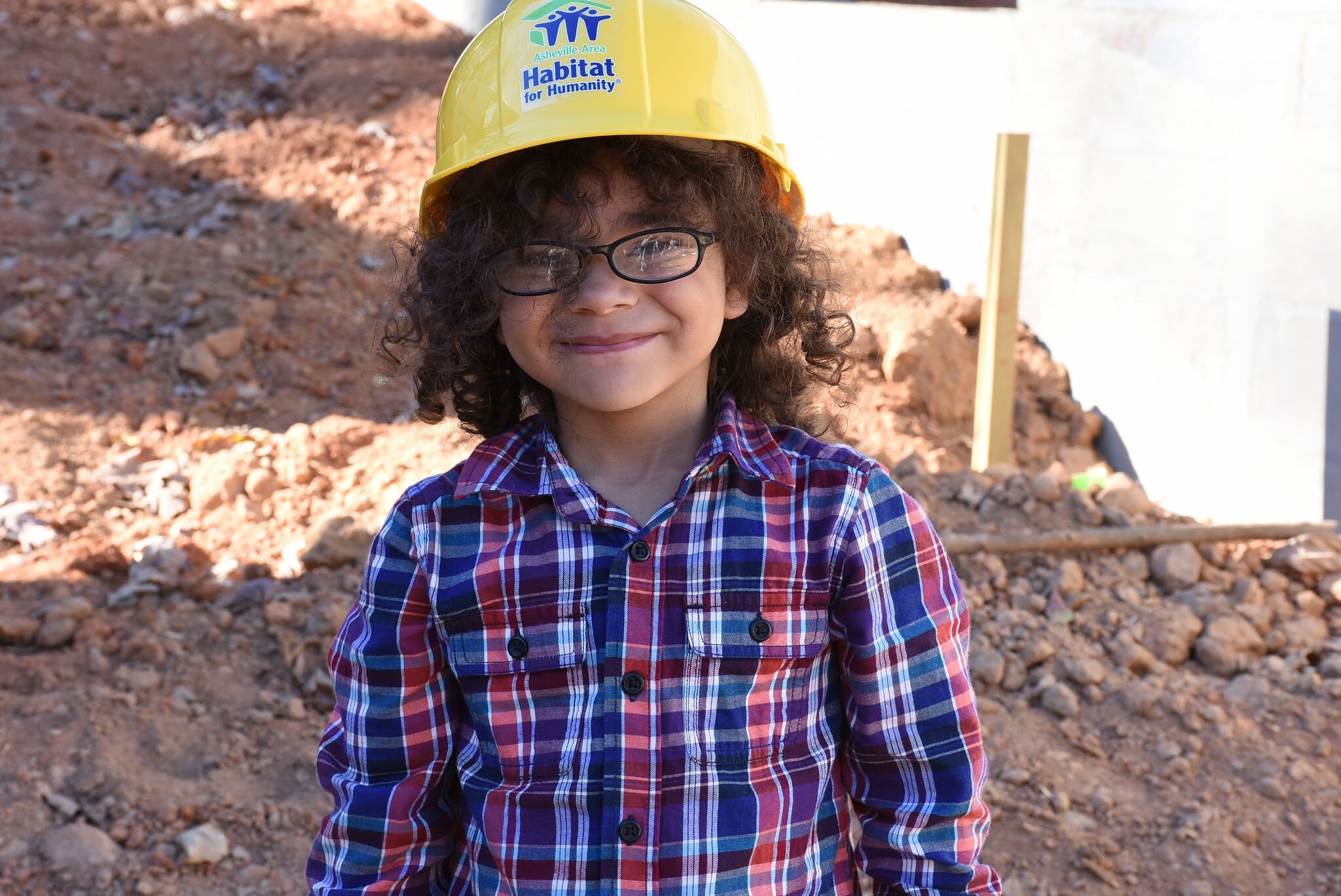
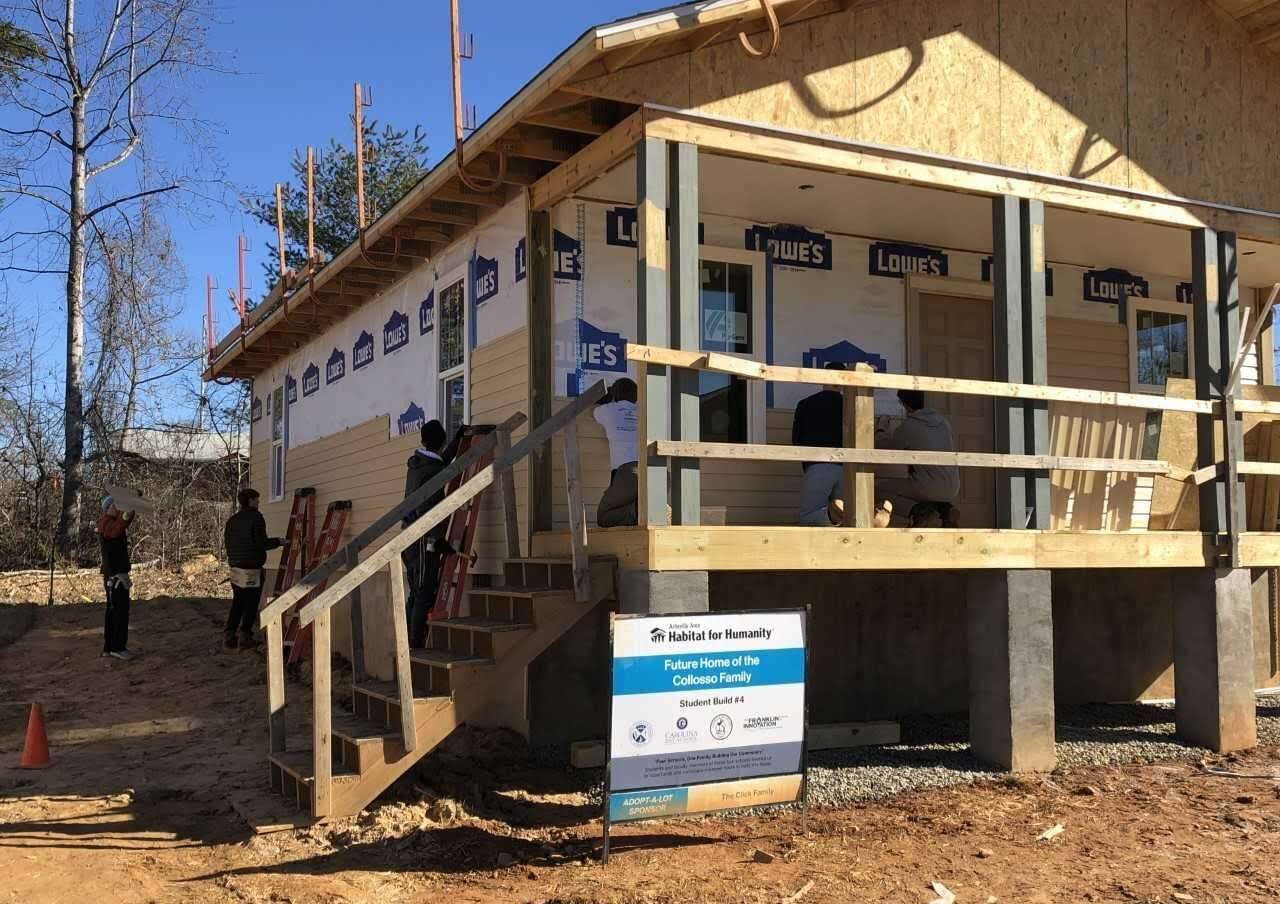

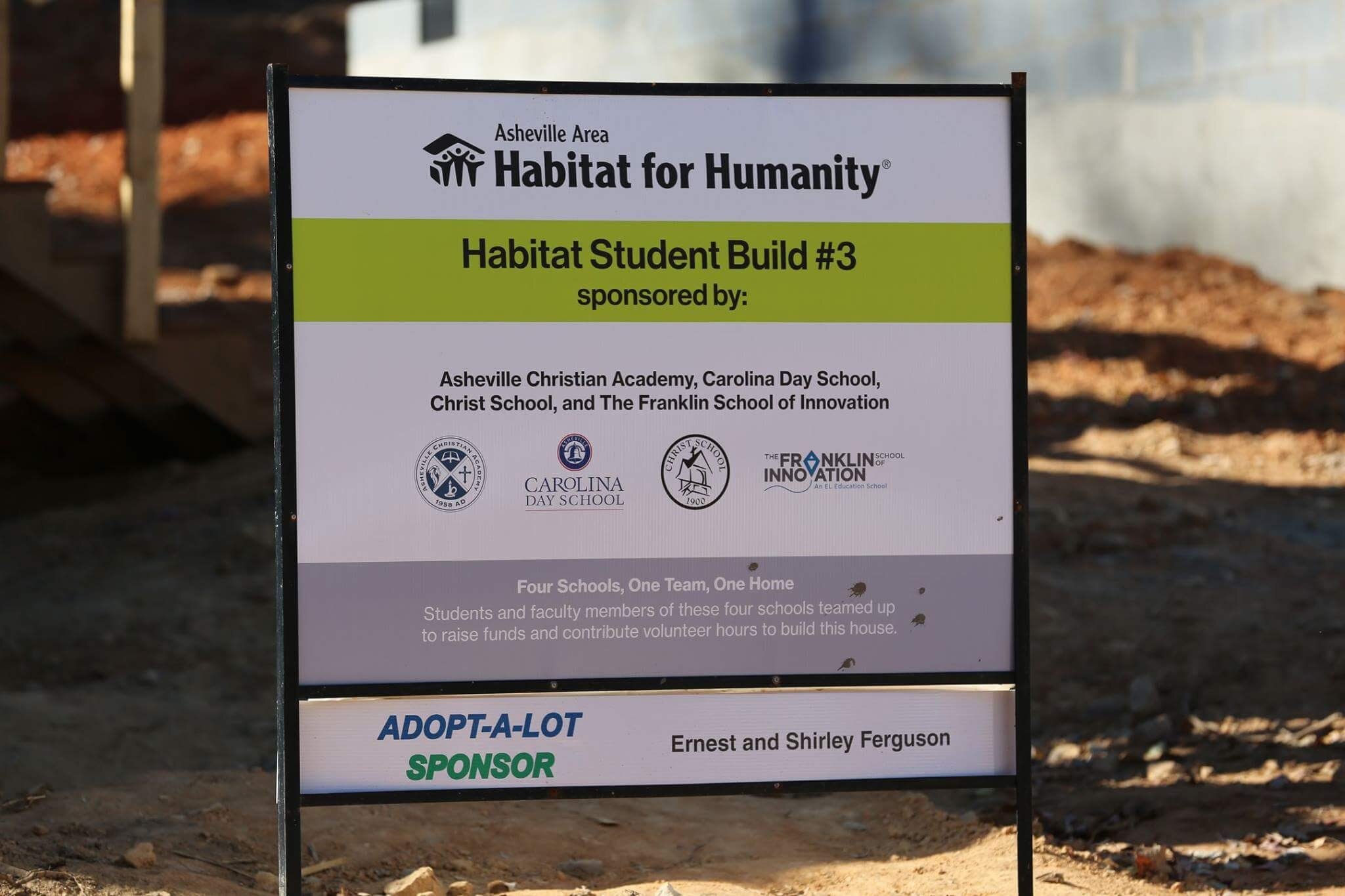
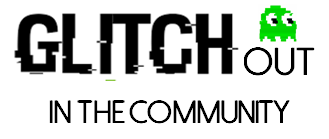
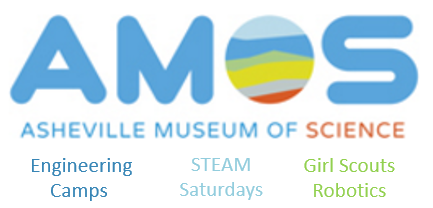
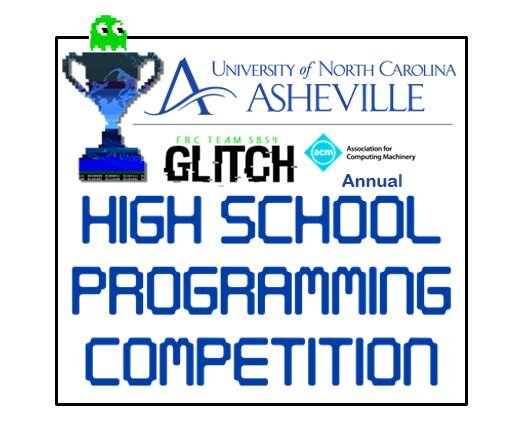
Impact & Recognition
Over the last 4 years our service group of around 20 students has volunteered over 5500 hours. Twice we have been awarded the prestigious FIRST Engineering Inspiration Award, which gave us a ticket to the World Championship in 2018 & 2019.
Competition Coach
As Competition Coach on my team I am in charge of formulating a coordinated strategy with other teams (each match has 3 robots vs. 3 robots). A shared strategy makes it far more likely that your team group will win. I had the amazing privilege to also carry out this position at the World Championship in Houston, TX.
Personal Protective Equipment (PPE)
Mask Straps & PPE Compliant Photo Badges
I formed a partnership with two other students to produce personal protective equipment for health care workers in our community. We are 3D printing “ear saver” mask straps that take pressure off the ears for those wearing masks for long hours. We have provided >5000 mask straps for 5 area hospital systems, many medical groups & nursing homes, as well as the Eastern Band of the Cherokee Indians (EBCI) where we teach robotics. We are also sending straps to the Navajo Nation, who have tragically suffered with the highest rates of COVID in the country. We are also producing PPE complaint photo name badges for Labor and Delivery and the Pediatric ICU. The idea is that this will provide some levity and feeling of ease in these unusual times when caregivers, for example, are delivering babies dressed in full PPE (gown, N95 mask, and Face shield).
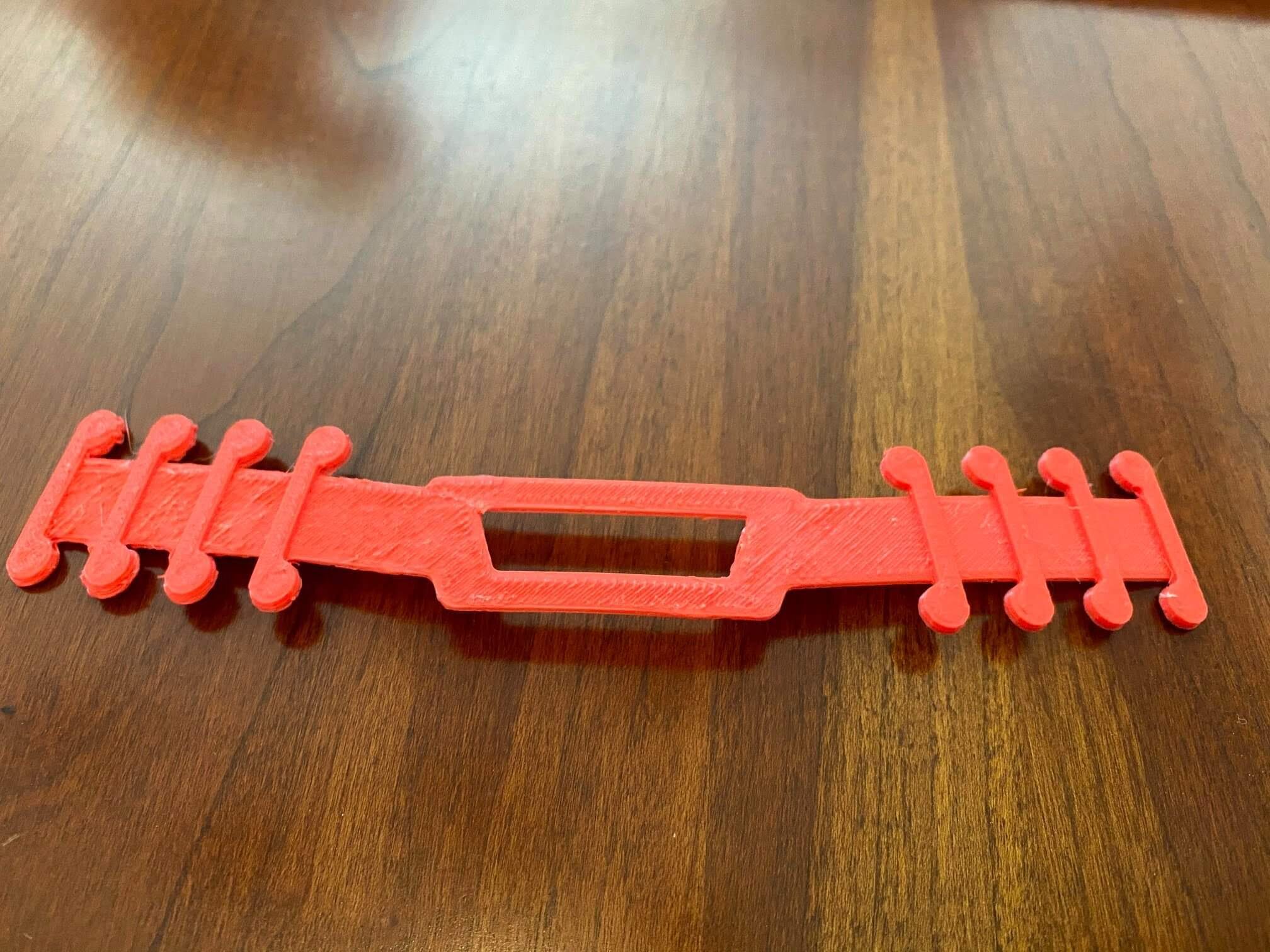
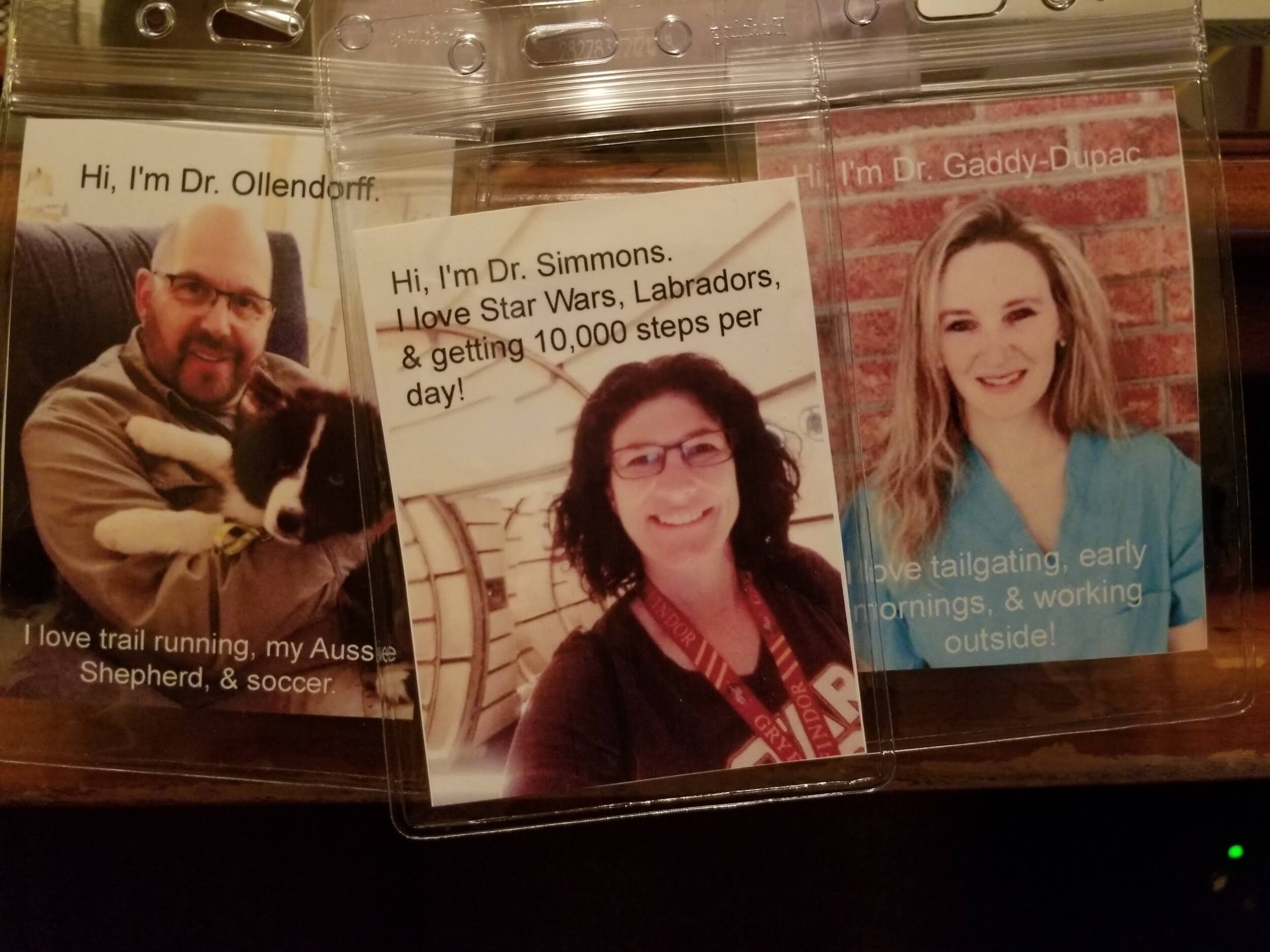
Environmental Engineering & Research
I became interested in conservation from a young age due to the heavy influence of scouting, especially involving outdoor experiences such as hiking, backpacking, and kayaking. From scouting, and especially teachings from conservation educators for merit badges, I began to realize how important my home, the Blue Ridge Mountains, was and how much work needed to be done to preserve it. It was because of this that I founded and continue to lead 4 large-scale projects: Recycling Hard to Recycle Items, Eastern Box Turtle Conservation & Preservation of Shrubland Habitats, Invasive Species Prevention & Management, and a French Broad Watershed Water Quality Initiative. Each initiative includes research as well as education for all student volunteers & at public events. The initiatives are possible thanks to the crucial partnerships I formed with experts and 10 different conservation organizations. I enlisted over 1000 direct participants who contributed over 3000 person hours. I am also committed to a 5th project, ocean conservation, as a participant You can learn about recognition of my environmental engineering work and advocacy here.
Project 1 | Recycling Hard to Recycle Items
Plastic Writing Instruments
My first environmental project grew out of my Eagle Scout Service Project. At the previous school I attended, I was disturbed by the fact that each student was required to purchase a whole new set of colored markers each year. At the end of the year, students would throw away markers that still worked. I began testing and collecting all markers and donating them to be used by my Sunday school. When I looked into recycling the markers that can no longer be used, I found out that 1.5 billion plastic writing instruments go to landfills in the U.S. each year. I found that you can only recycle these, and other hard to recycle items, by mail. A company provides free shipping and pays the recycler for each item. They recycle the materials and find companies that can use them to make new products (ex. plastic writing instruments are used to make plastic storage bins). As a demonstration project I set up this program at my school and collected 125 pounds in the first 3 months. I then used that school project as an example to get all the scouts in my troop to recruit their own community organization to participate. The scouts competed for prizes but also worked to earn a conservation unit award for the troop. I provided each scout with a “How to Packet” to make it easy to educate and get other places to participate in recycling writing instruments. Over 70 area organizations in NC, SC and VA (includes pre-schools, K-12 schools, 3 universities, libraries, businesses, religious institutions, other scout troops, and community organizations) participated. To learn more click here.
Electronic Waste
I then expanded my focus, based on my participation in Robotics, to the issue of electronic waste.
Each year we discard over 10 million tons in the US and 50 million worldwide, and that number continues to grow by 5% per year. Less than 25% is recycled and 152 million mobile devices are discarded per year. There are both health concerns for heavy metals and issues of this waste sometimes being exported to developing countries.
I established the “GLITCH Green” program for my UNCA Robotics Team. We educate the public, help other teams to locate a certified recycler in their own community, and volunteer at quarterly collection events for hard to recycle items. This year we formed an exciting partnership with Habitat ReStore to repair electronic items so they can be sold and kept out of landfills. Each year we help build the Habitat for Humanity Student Build Home and our repair program will financially support it.
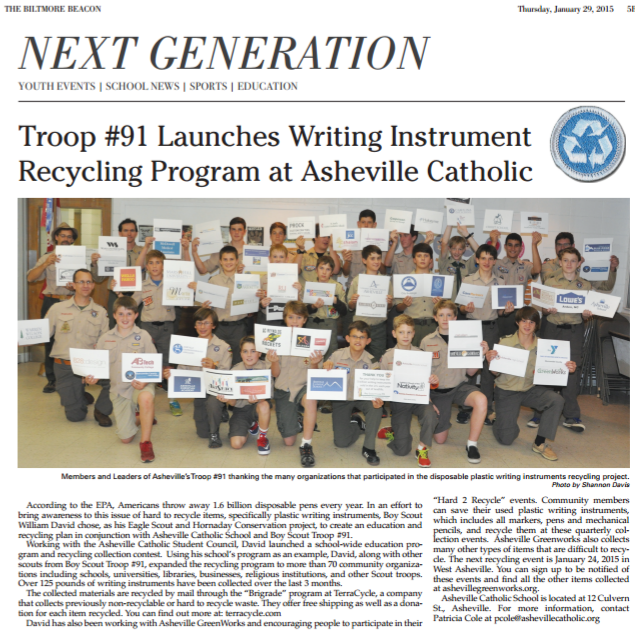
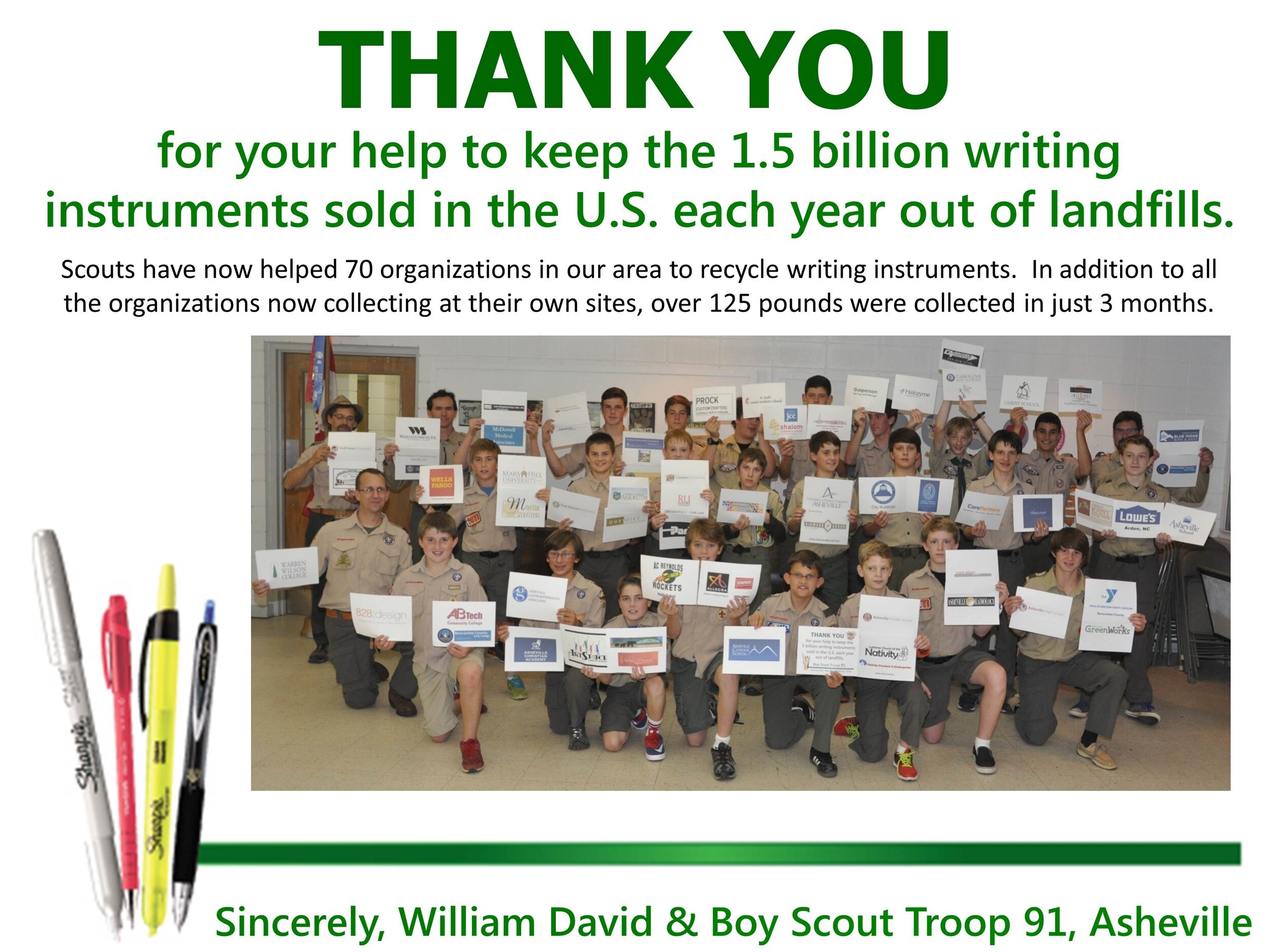

Project 2 | Box Turtle & Shrubland Habitat Conservation
After taking ecology merit badge classes at the North Carolina Arboretum, I began a research project to assist with conservation of Eastern Box turtles. The Eastern Box turtle is classified as a vulnerable species, in large part due to loss of habitat due to development and deforestation. In some areas their population has declined by 30% in 3 generations. To better document this problem, researchers, scientists, and teachers started The 100 Year Turtle Project in 2007. This project is to study turtles and their numbers, locations, and behavior for one hundred years in hopes of understand and protecting their habitat. In addition to cataloging all turtles found in this 100 year registry, I used radio-telemetry to determine where they were feeding and spending time. We were hoping to find that plants in the cultivated gardens were serving as food sources to sustain the turtles, but we found that the turtles spent most of their time in the shrubland habitat and very little in the cultivated gardens. Shrublands are thickets of bushes and young trees mixed with scattered grasses and wildflowers. This habitat has been studied and shown to be important to the survival of other species, including many species of birds. The fact that this is a vanishing habitat has also been well documented. While many may look at these areas as “weeds” and not very attractive to look at, they are important habitats to vulnerable wildlife. The study resulted in the Arboretum changing their mowing and management of these areas. The larger part of the project has been the education initiative. It began by presenting the study and importance of the shrubland habitat at the regional and state science fairs as well as other venues. It also has included teaching workshops, merit badge and ecology camp sessions, as well as at the Annual “Box Turtle Day.” We educate people about not keeping them for pets and not moving them opposite from their direction of travel. Turtles that are moved from their home range and habitat will wander trying to find it and can be hit by cars in the process. Leaving Shrubland areas intact greatly supports turtles and other wildlife.
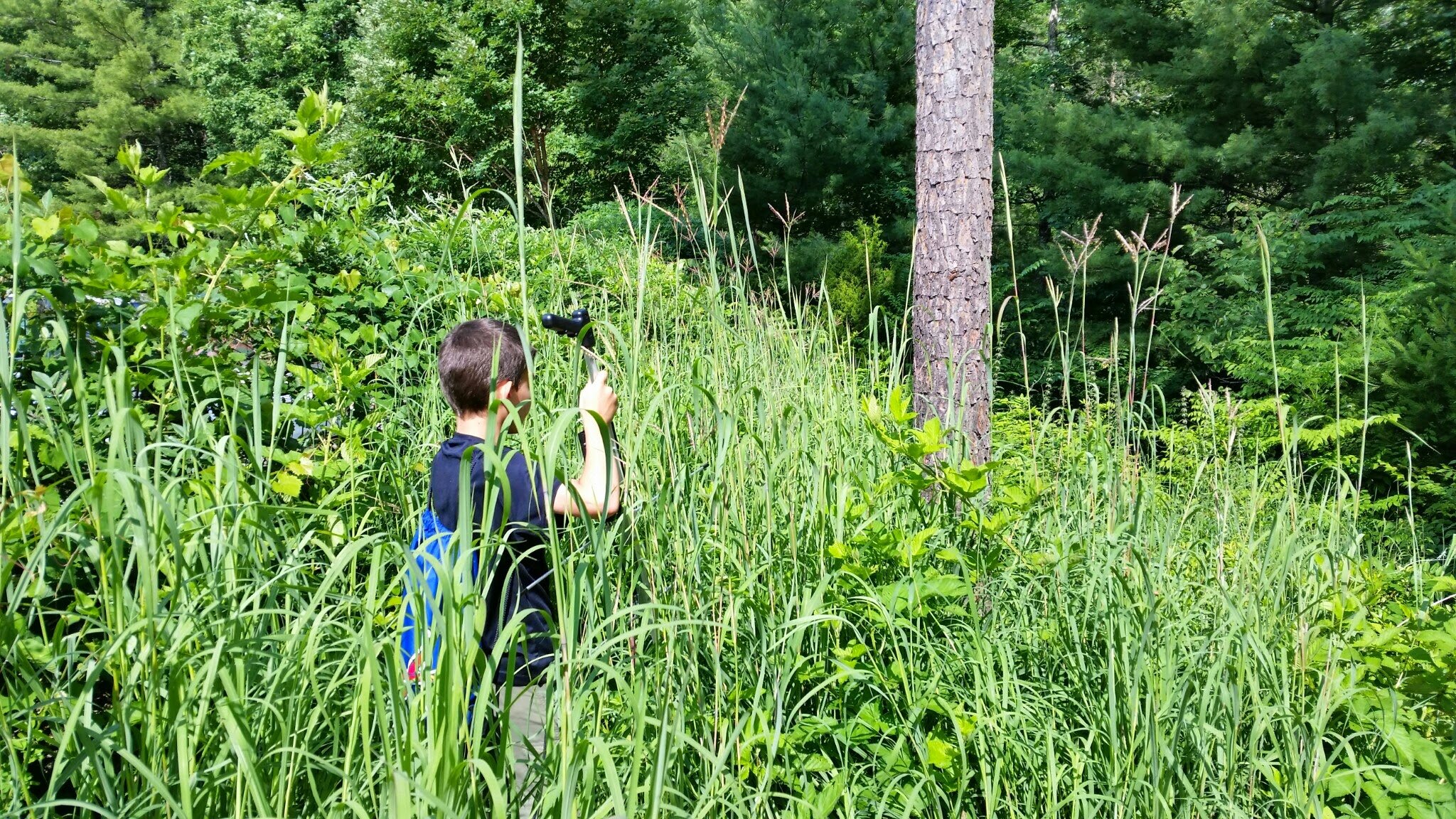
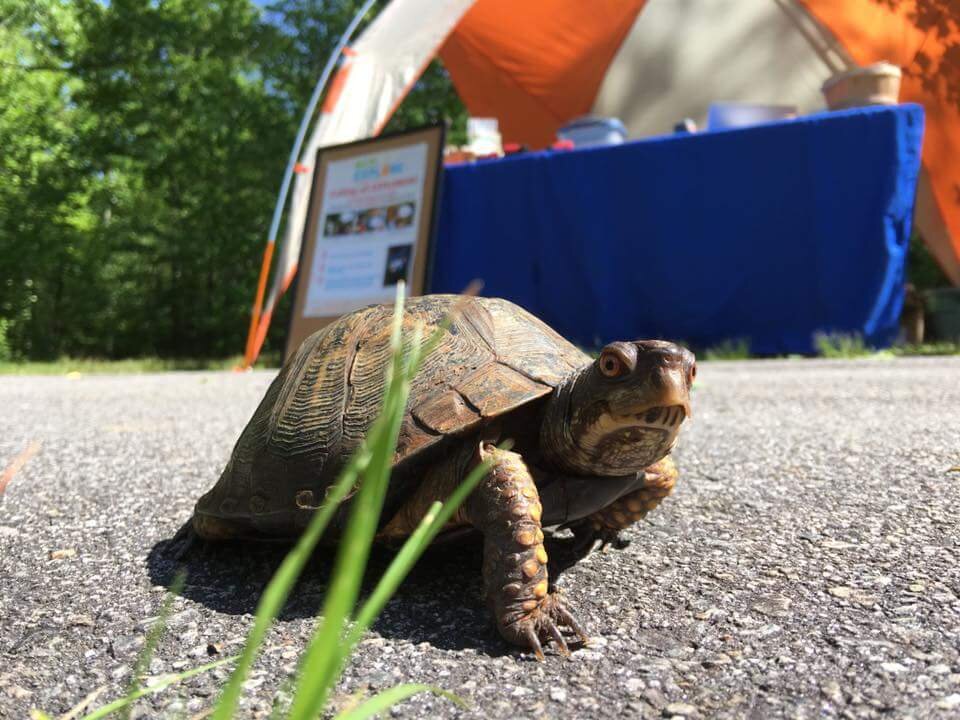
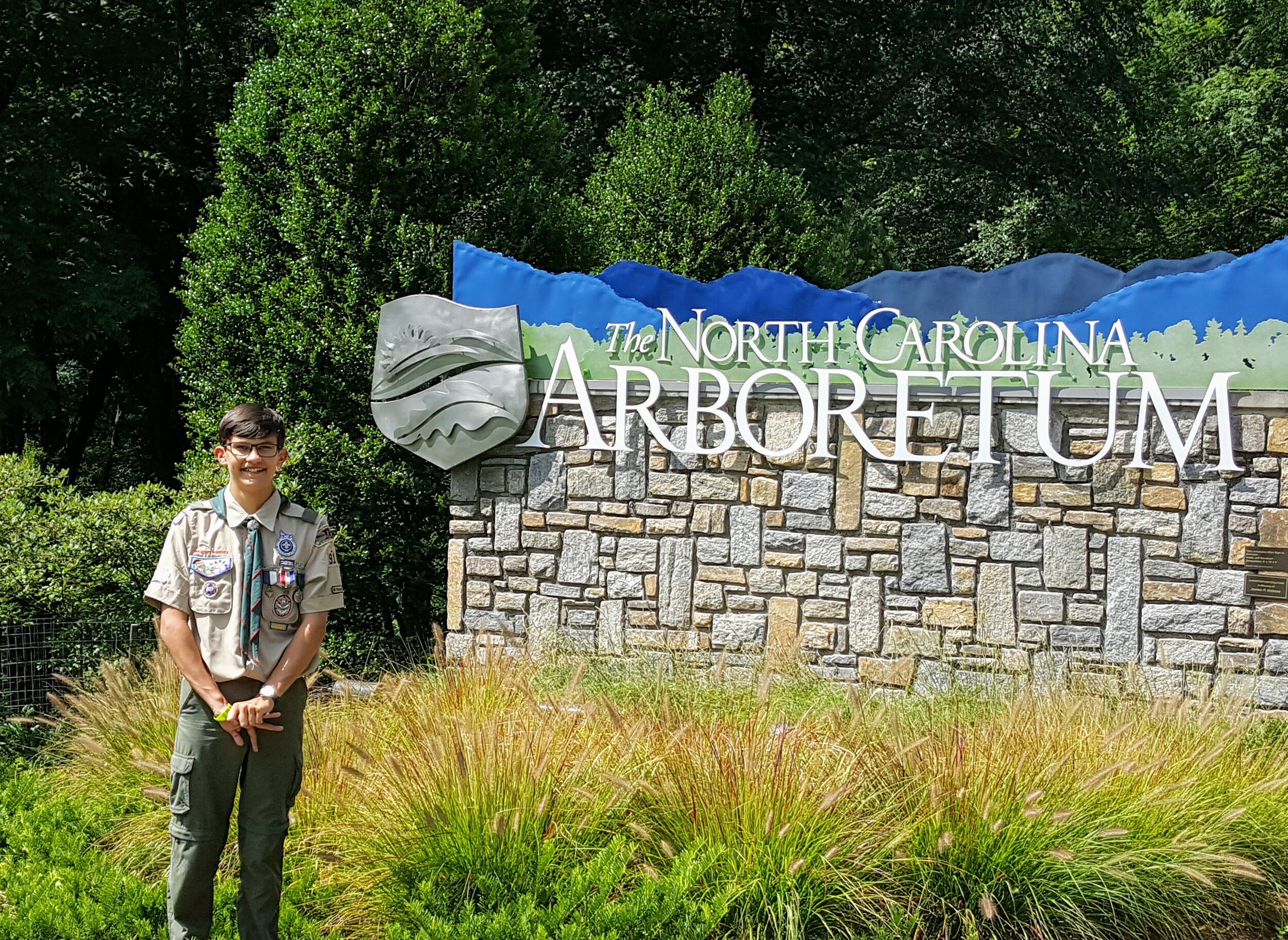
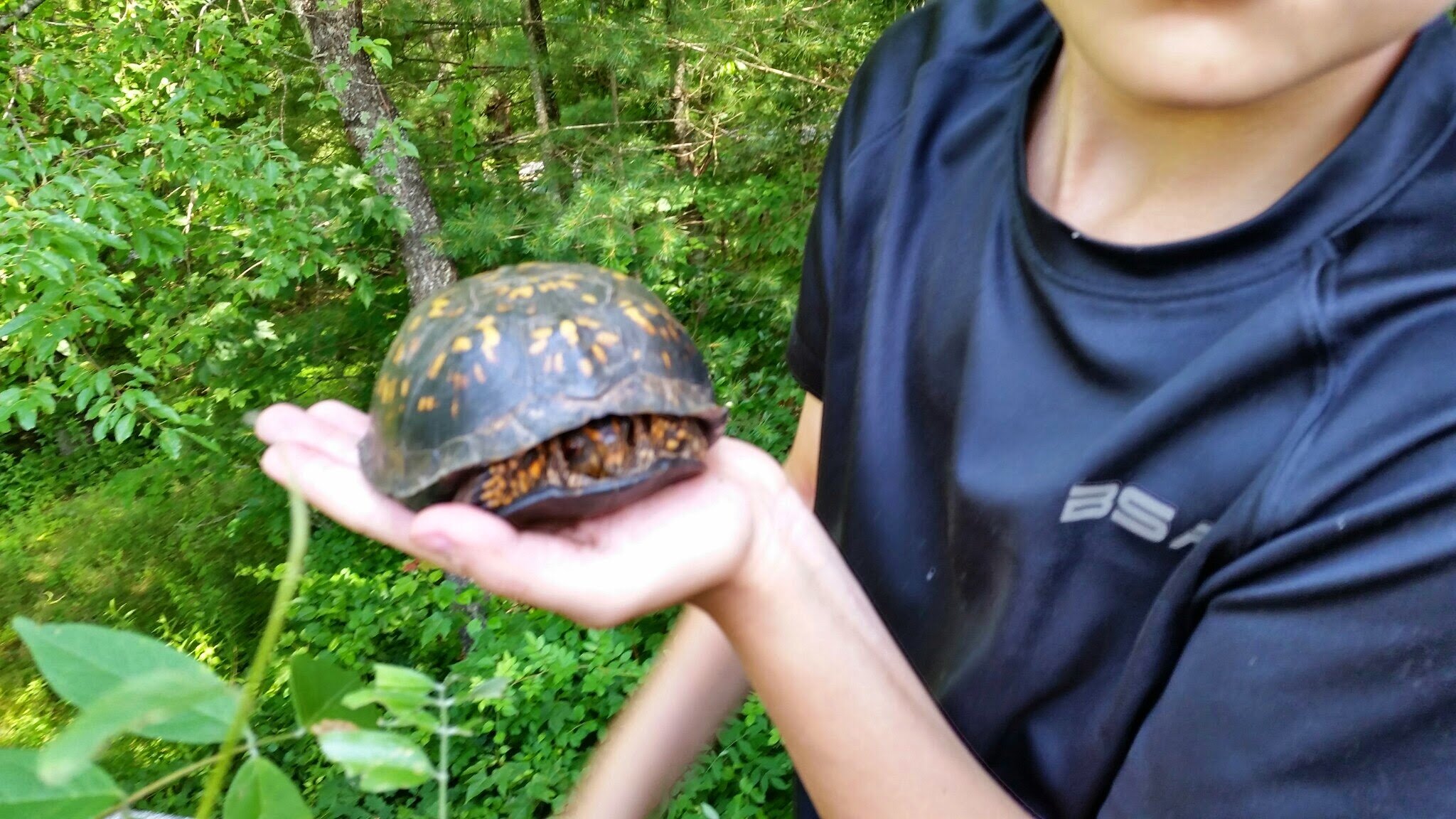
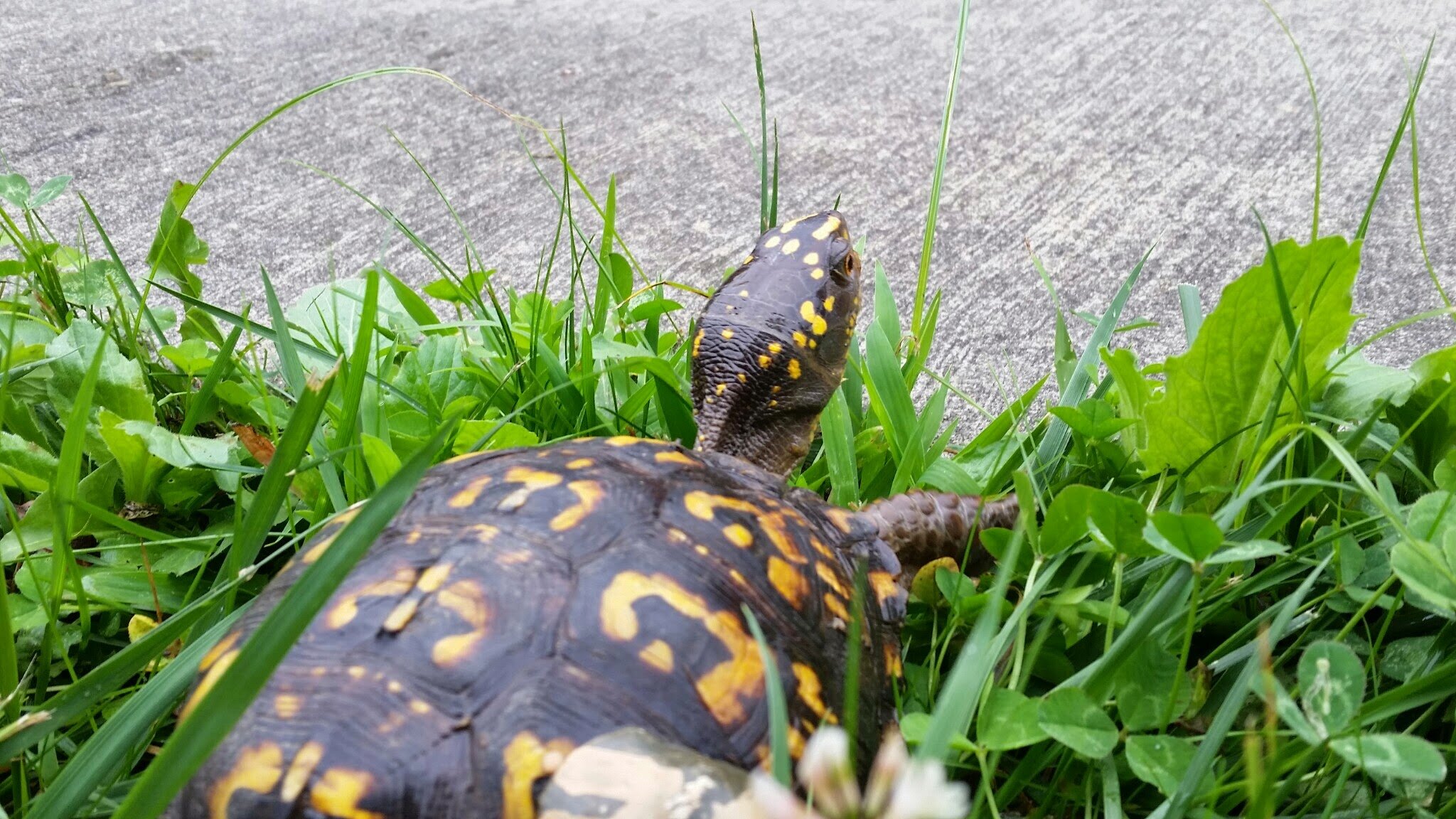
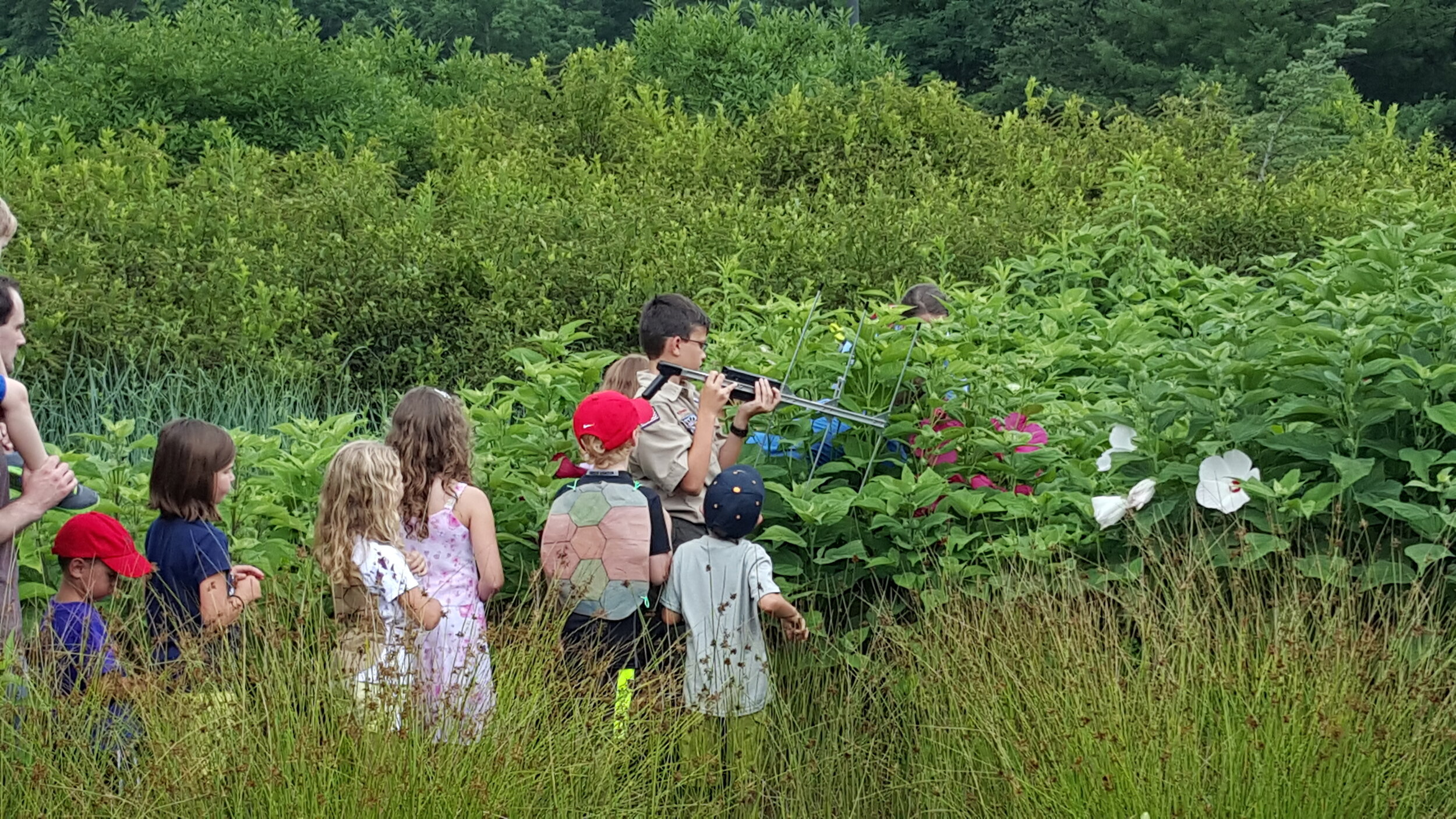
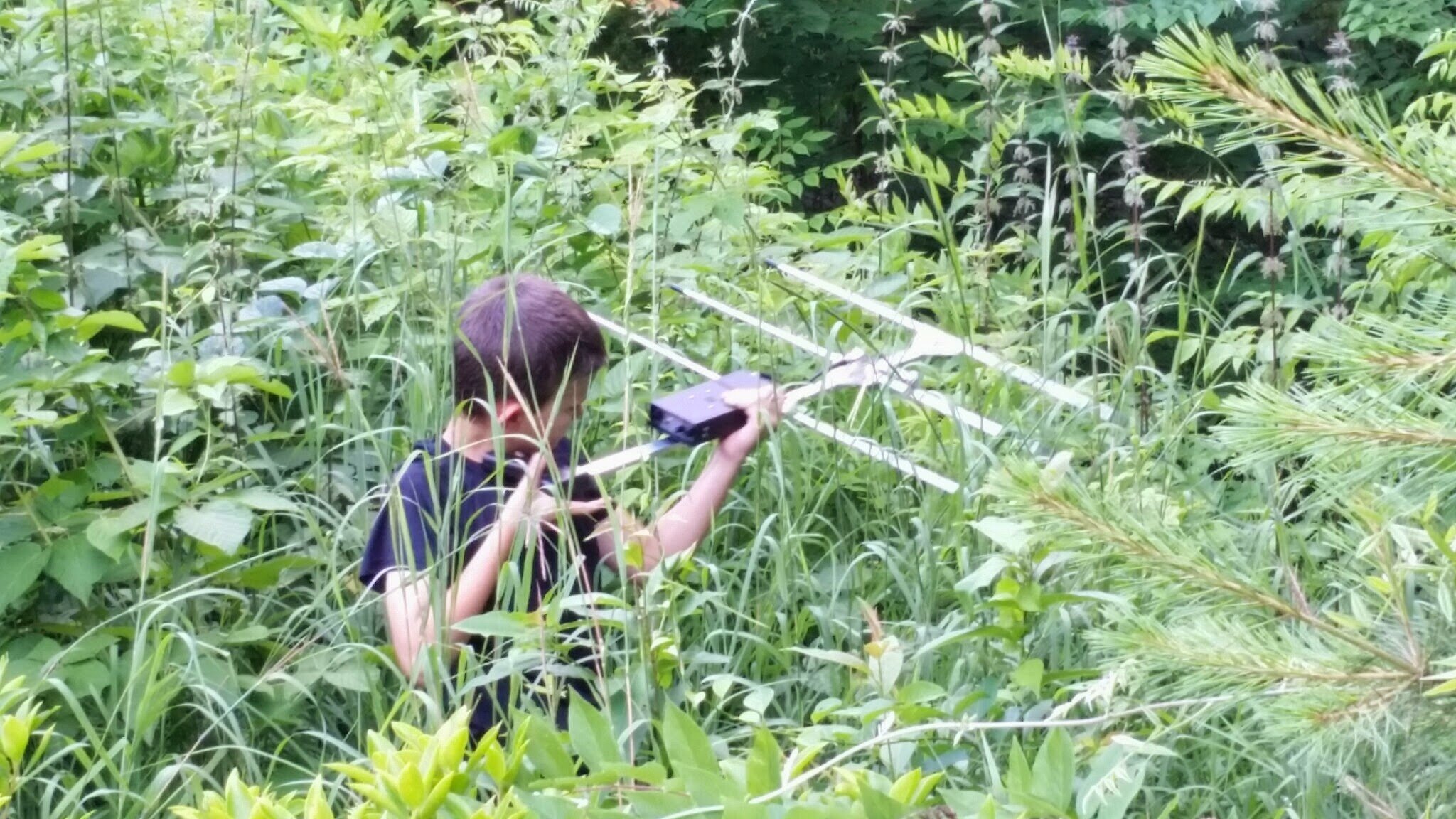
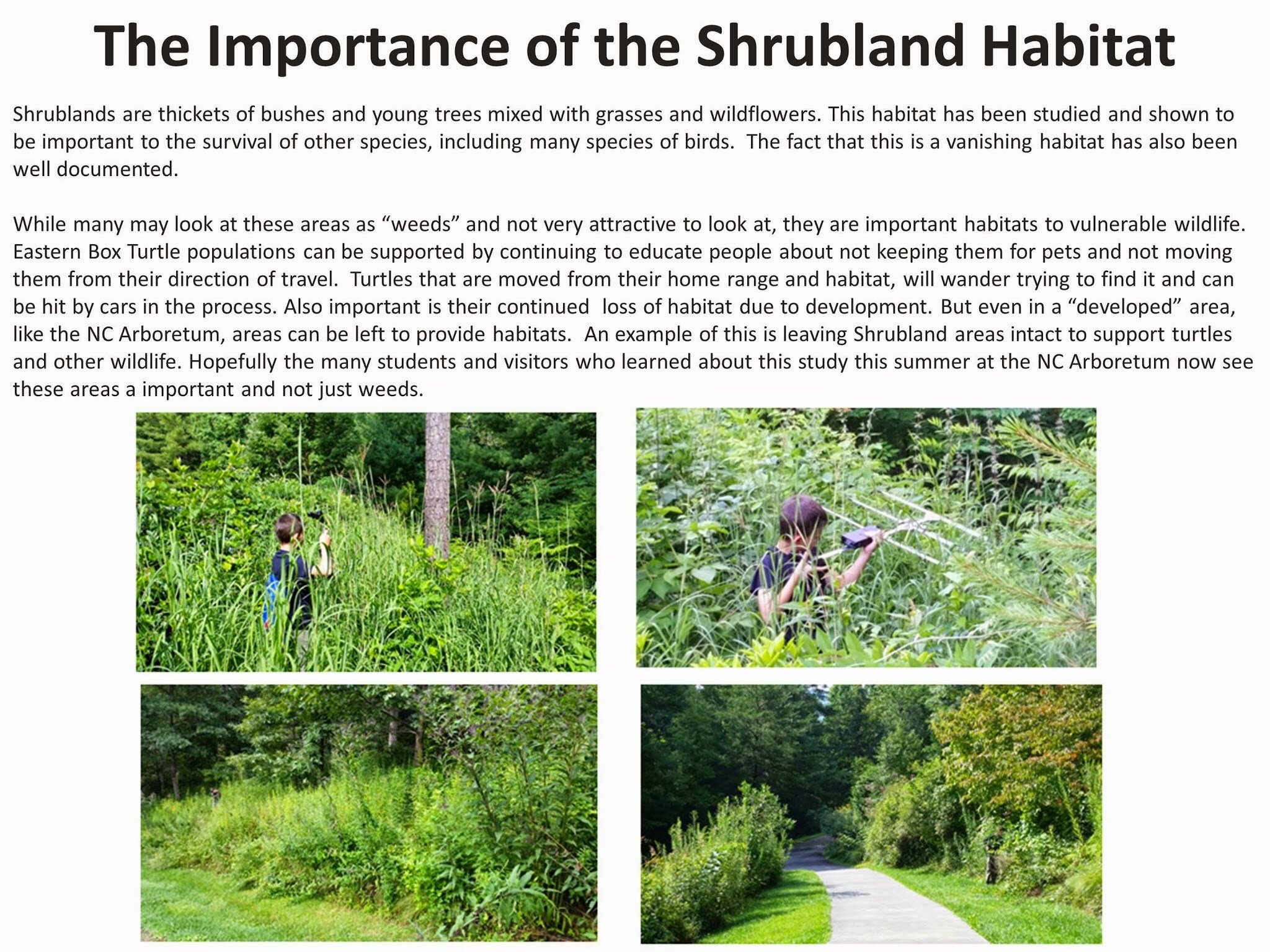

Project 3 | Invasive Species Management and Prevention
The Eastern Hemlock
I first became interested in the topic of invasive species when I saw once beautiful but now diseased, Eastern Hemlocks while hiking. I became aware of the extent of the damage to E. hemlocks in the Southern Appalachians and then, because E. hemlocks are a foundation species, the resulting damage to forest stream ecosystems. I contacted and got to work with Dr. Albert Mayfield, a scientist at the USFS Southern Research Station. I planned and organized student volunteers to plant 88 E. Hemlock saplings for the Bent Creek Experimental Forest (to establish an insectary to release predator beetles to combat the Hemlock woolly adelgid pest which is killing E. hemlocks). More information HERE.
Pictured: Conservation Advisor, Albert "Bud" Mayfield. PhD: U.S. Forest Service, Southern Research Station
The Walnut Twig Beetle
I then completed a tree survey study to determine whether another invasive pest, the Walnut Twig Beetle (WTB which causes Thousand Cankers Disease) had reached Western NC. We did not yet find the WTB but presentation of that study provided a great opportunity to discuss the issue of invasive species at the NC State Science Fair and other forums.
For the third part of this project I designed an education and promotion project for scouts and other students, The 6 Ways to Prevent the Spread of Invasive Species. This included developing and distributing educational posters (including to all Boy and Girl Scout Councils), writing a guest blog for the Nature Conservancy’s Don’t Move Firewood Campaign, teaching at merit badge classes, ecology camp and community lectures, and providing education on the prevention and management of invasive species at conservation work days for students.
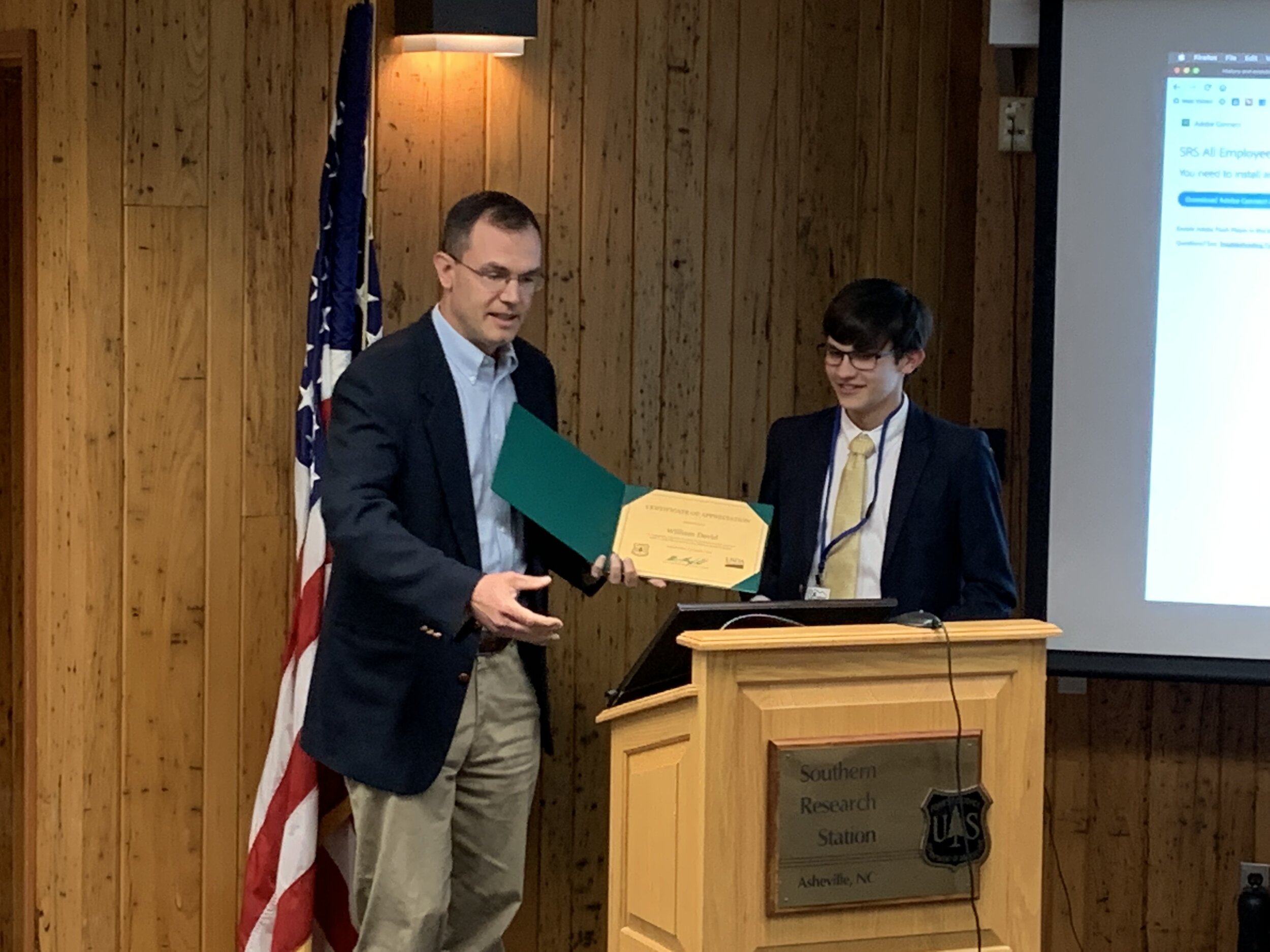
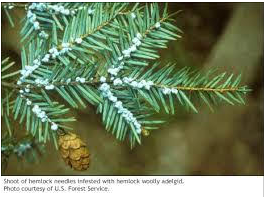
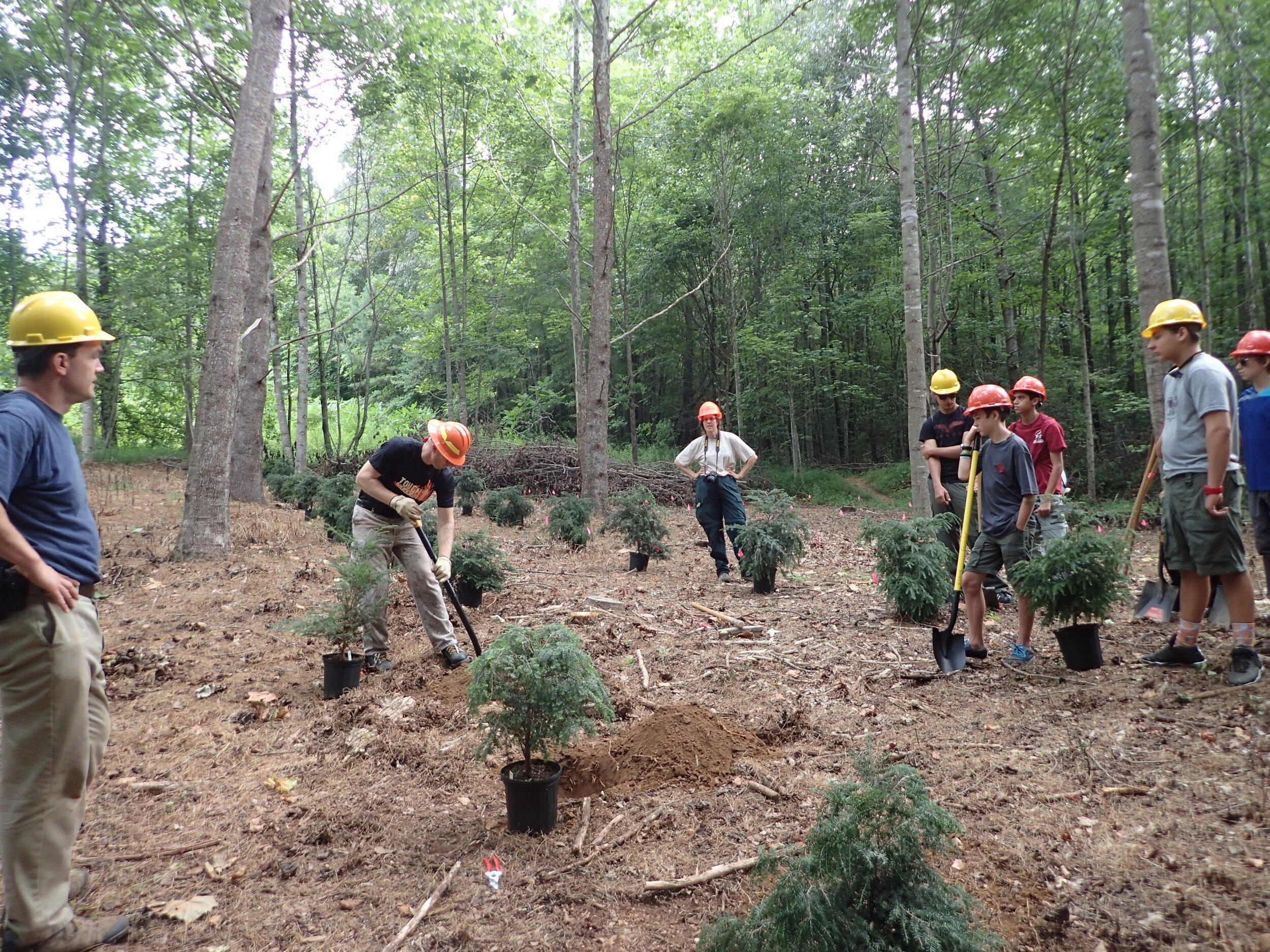
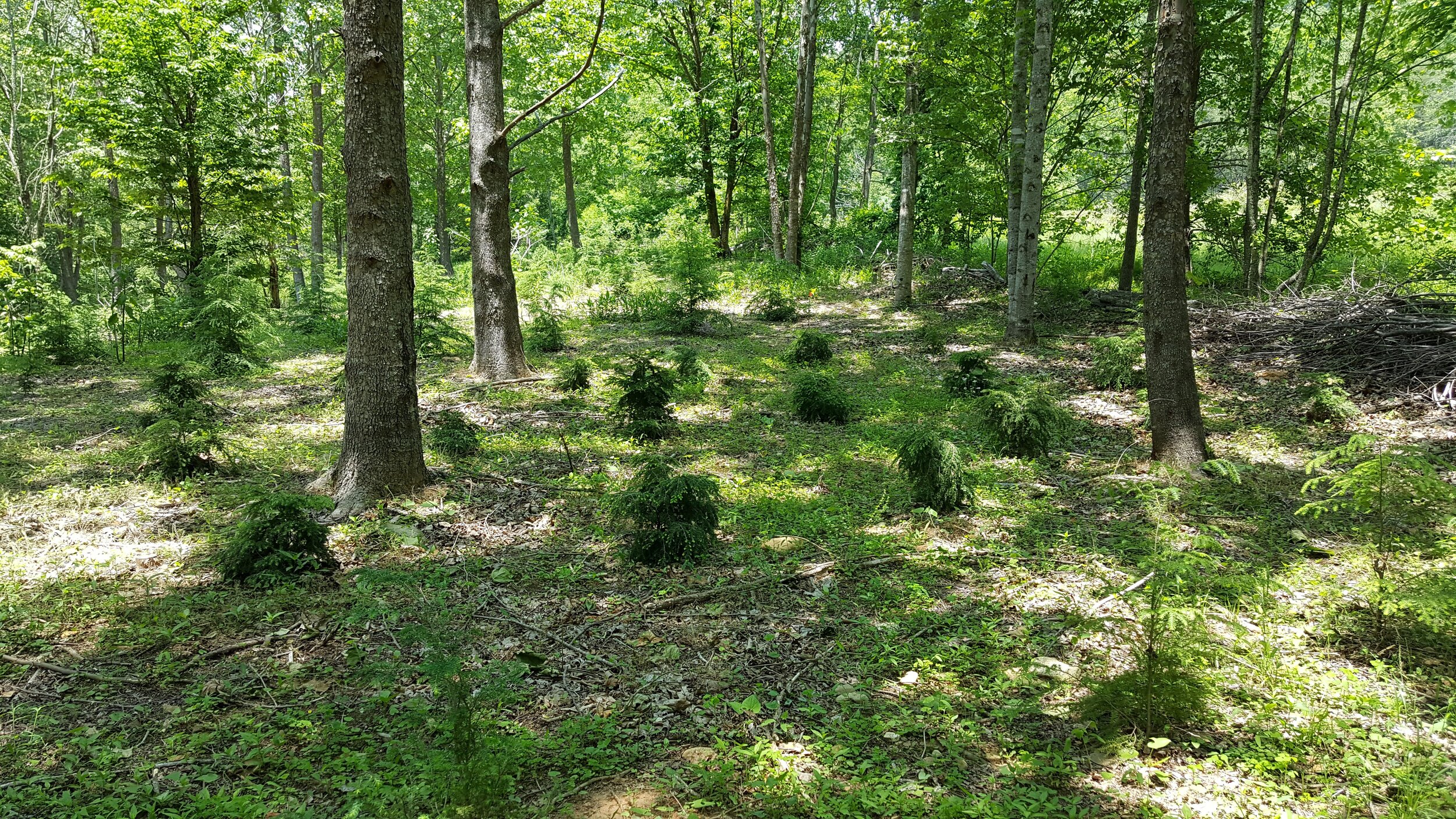
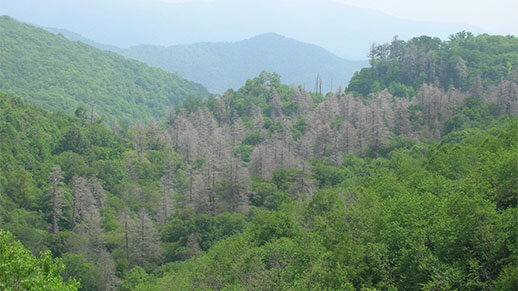
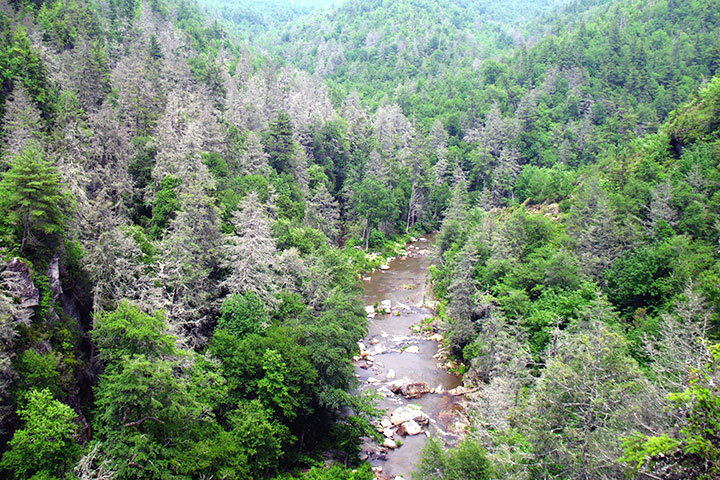
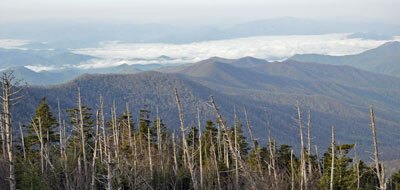

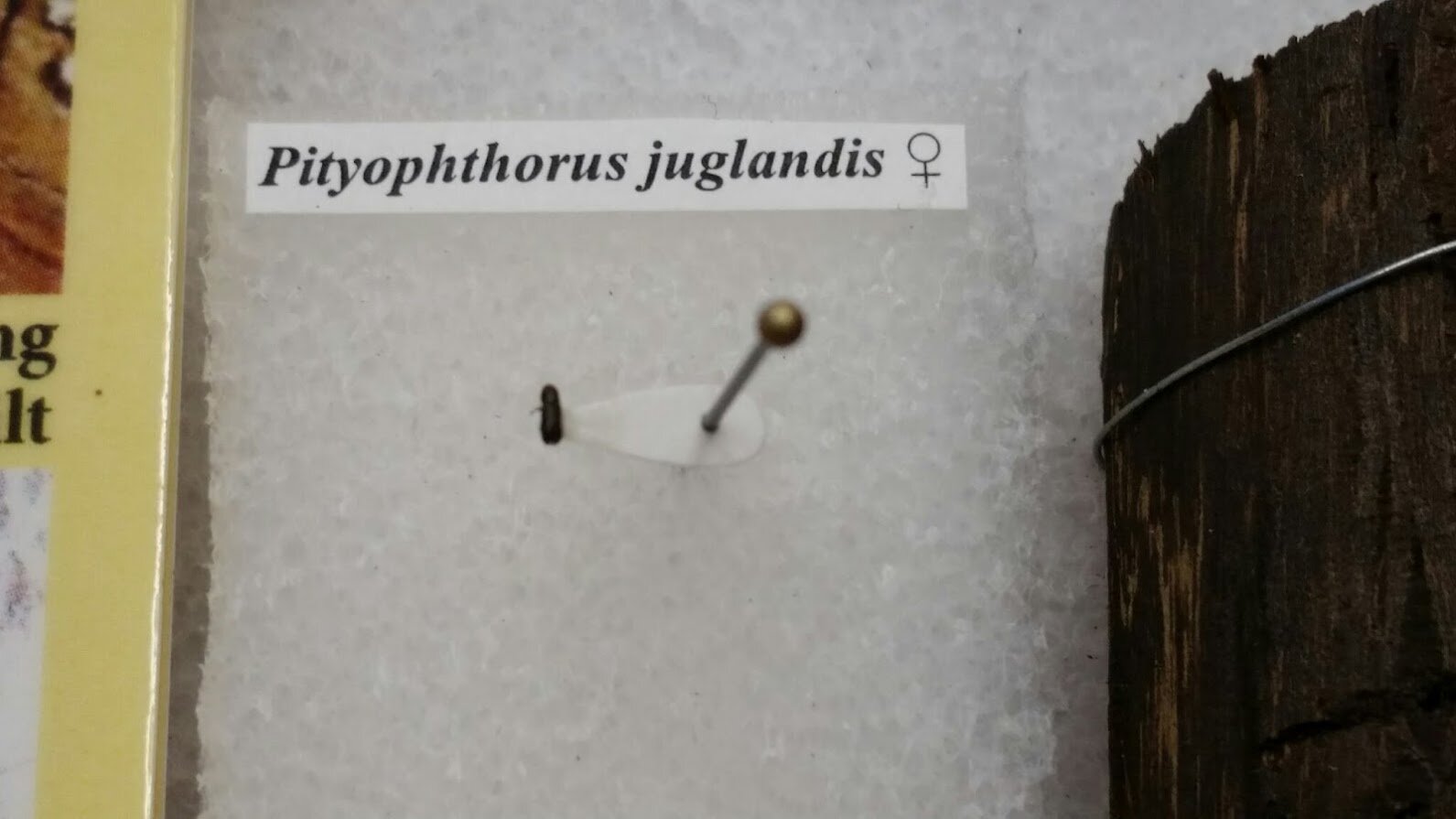
Project 4 | French Broad River Watershed Water Quality Initiative
In 2015, I assisted leading a project where we pulled over 130 tires and a truck full of trash out of Hominy Creek. This motivated me to learn and do more. The French Broad River Watershed provides drinking water for over a million people. Right now there are approximately 44 threatened, endangered, or rare species living in it. Large amounts of development over recent decades have contributed to poor water quality due to an increase in sedimentation from runoff, especially with our mountain and valley topography. In addition to erosion, multiple other issues negatively impact the watershed, including sources of point pollution and overgrowth of invasive plants in riparian zones. After the success of that initial river clean up, I proposed and my school agreed that I would plan and lead a class conservation project for each class at the school (grades 8-12). In addition to the river clean ups, I added 3 other projects, all related to water quality. This provides opportunities for students to learn about other sources of water pollution and get a different topic each year. We have completed the third year of the school’s participation. Other student and scout groups have participated as well. Over 500 participants (students, teachers and conservation adults) contributed over 1000 person hours to this effort so far. We not only accomplished the conservation work, but we provided education to those on the involved in each project and have promoted community awareness and involvement. The conservation education before each work day included sources of pollution, invasive species prevention and management, stormwater management, and the function and importance of wetlands. We also provided help and data for 3 scientific studies.
River & Creek Clean Ups
We removed tires and other trash from the French Broad Watershed: Swannanoa River, Moore Branch Creek and Hominy Creek. My project also assisted a very interesting and promising pilot program to prevent trash from entering the river. Studies in our area show that 75% of river trash comes from roadside litter through stormwater. Once the trash gets to the river it begins to photodegrade and petroleum based products break into small pieces that can be mistaken for food and ingested by wildlife. The debris in our watershed eventually makes it to the Gulf of Mexico. In the summer of 2015, through a grant from the Pigeon River Fund, Asheville GreenWorks installed “trash booms” in 4 locations to study the amount of trash and prevent what would otherwise enter urban streams from roadside and stormwater runoff. These booms are made from material that catches trash but allows aquatic creatures to pass through unharmed. The booms are monitored every week and after large rain events. The trash is removed, weighed for the study, and recyclables are removed before the remainder is properly disposed of. Students are needed to clean the rivers and the trash booms. For example, just Asheville GreenWorks volunteers removed 905 tires and 18 tons of trash from our rivers in one year. The project also increased awareness about roadside littering, recycling and proper disposal options and the use of plastics.
Tire Disposal & Recycling
In addition to removing dumped tires from the river, I also recruited volunteers and staffed the Tire Amnesty event that occurs twice a year in our region. Tires can be disposed of at no charge and are recycled. This program has been very effective in decreasing tires dumped in our rivers and creeks.
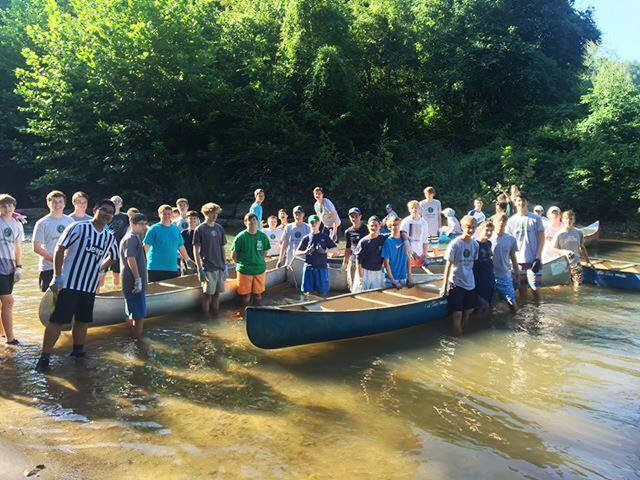
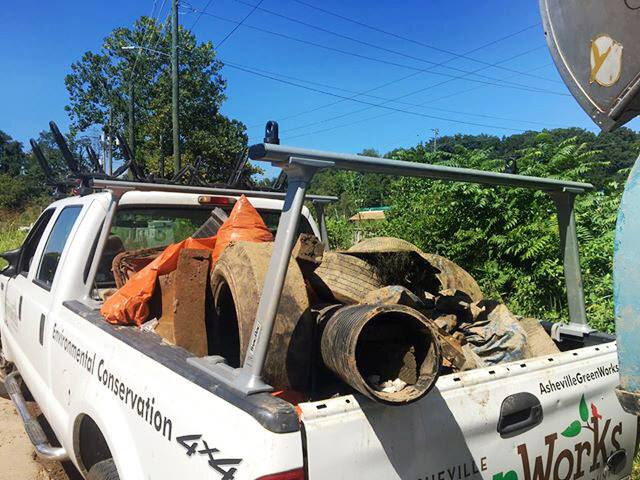

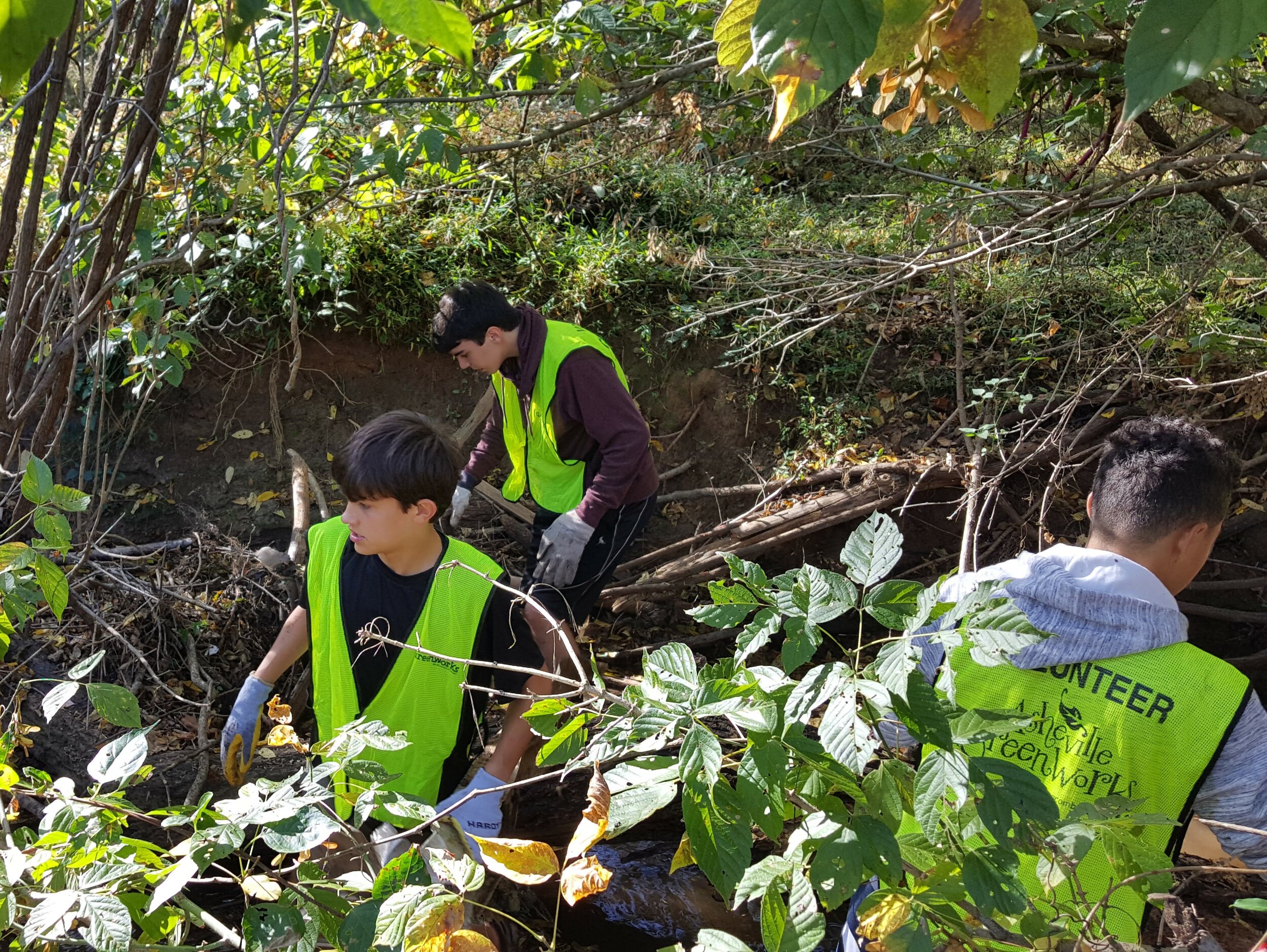
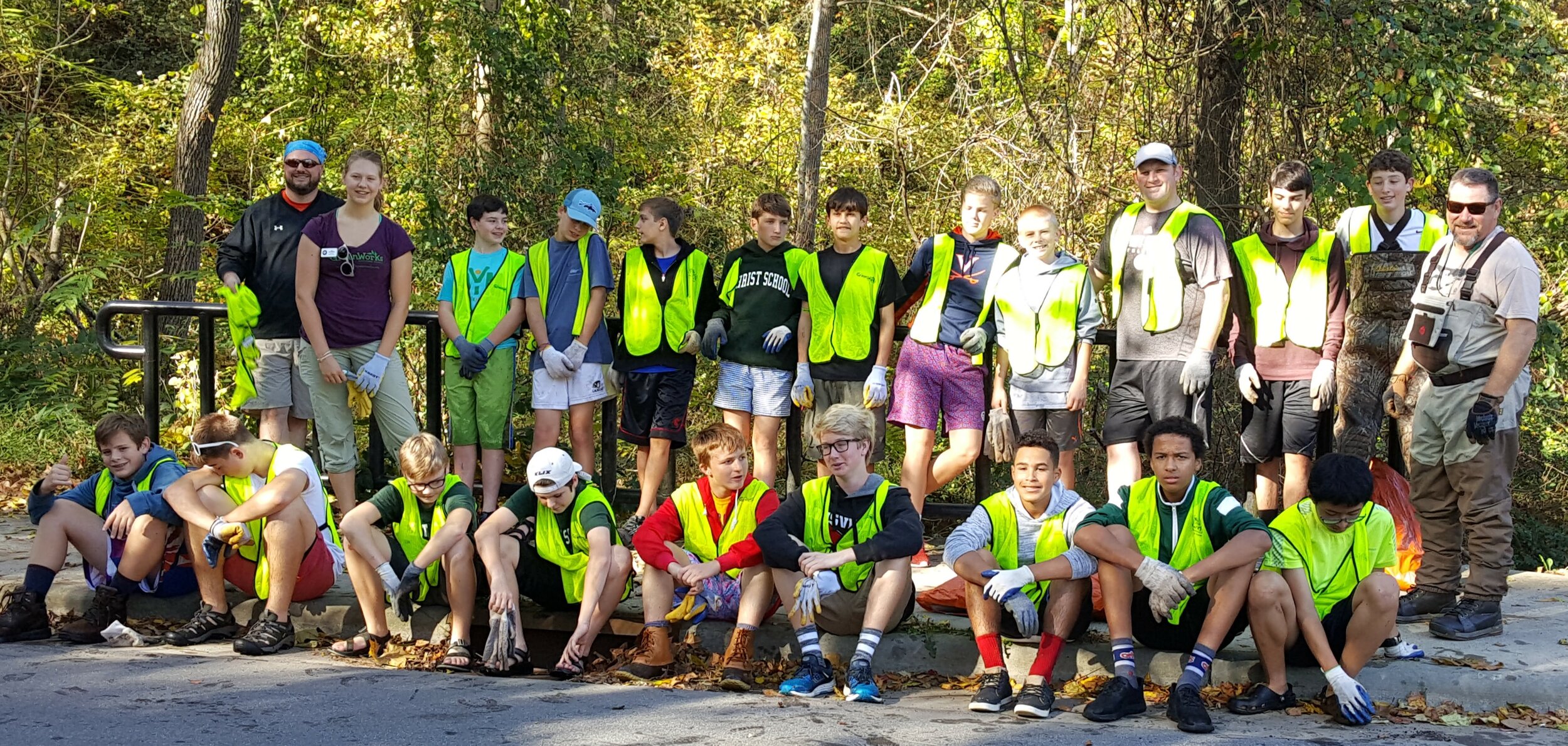
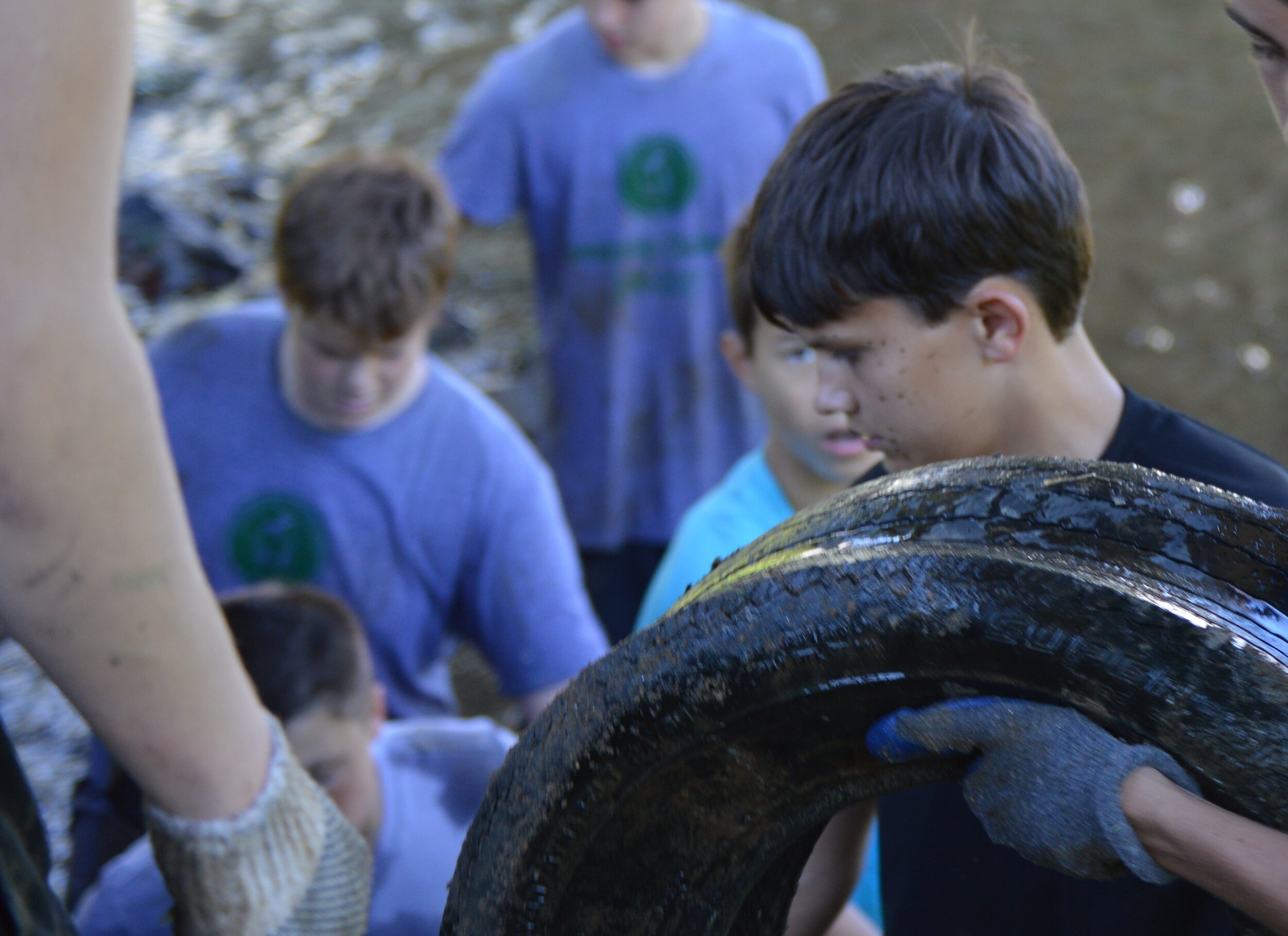
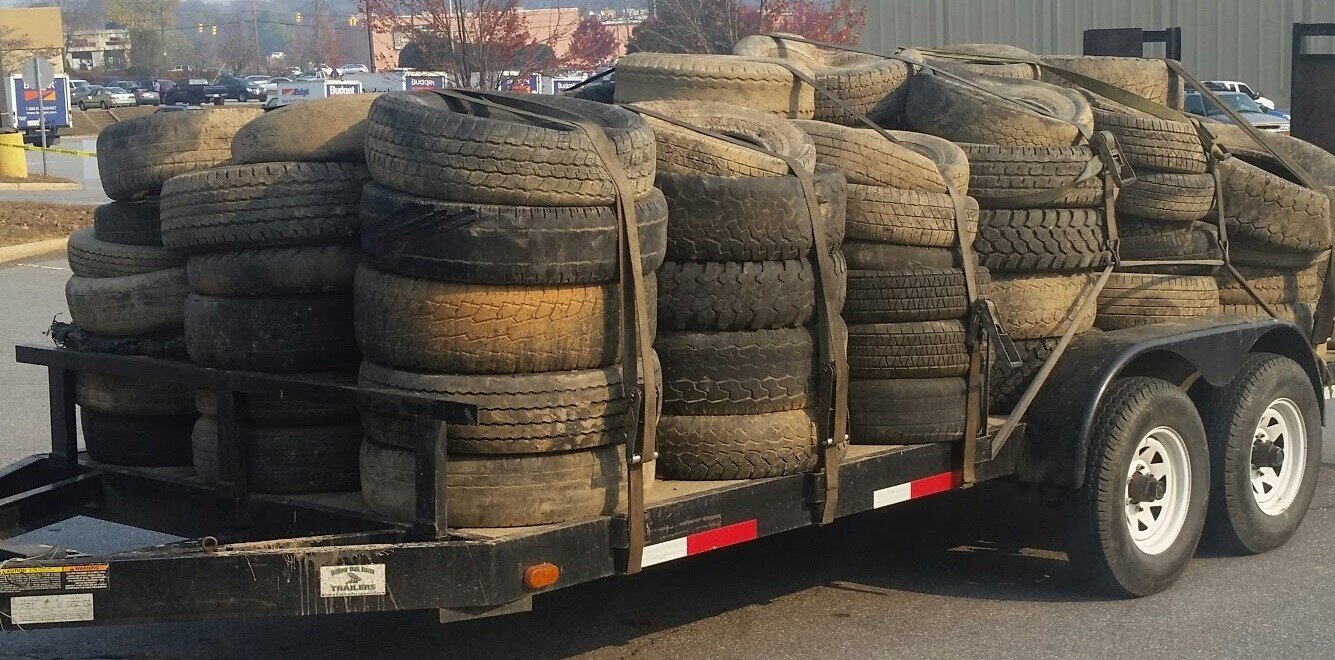
Live Staking for Erosion Control
Live staking is the process of placing sections of branches in an erosion area, from there the “stakes” will hopefully grow and weave, creating a network of intertwining roots that will keep the bank from further eroding. Live staking decreases sediment pollution which improves water quality. Sediment negatively affects aquatic life and impacts the temperature and other substances transported in the river. The stakes are placed in the winter when they are dormant, and then send out roots and buds in the spring. Only some tree species work for live staking (most common are silky dogwood, elderberry and black willow). MountainTrue did a pilot project of 2500 stakes in 2015. Part of a grant to fund the project includes future monitoring of all the locations with GPS and the growth results. We prepared and installed over 1000 Live Stakes to decrease erosion and sediment pollution of Hominy Creek.
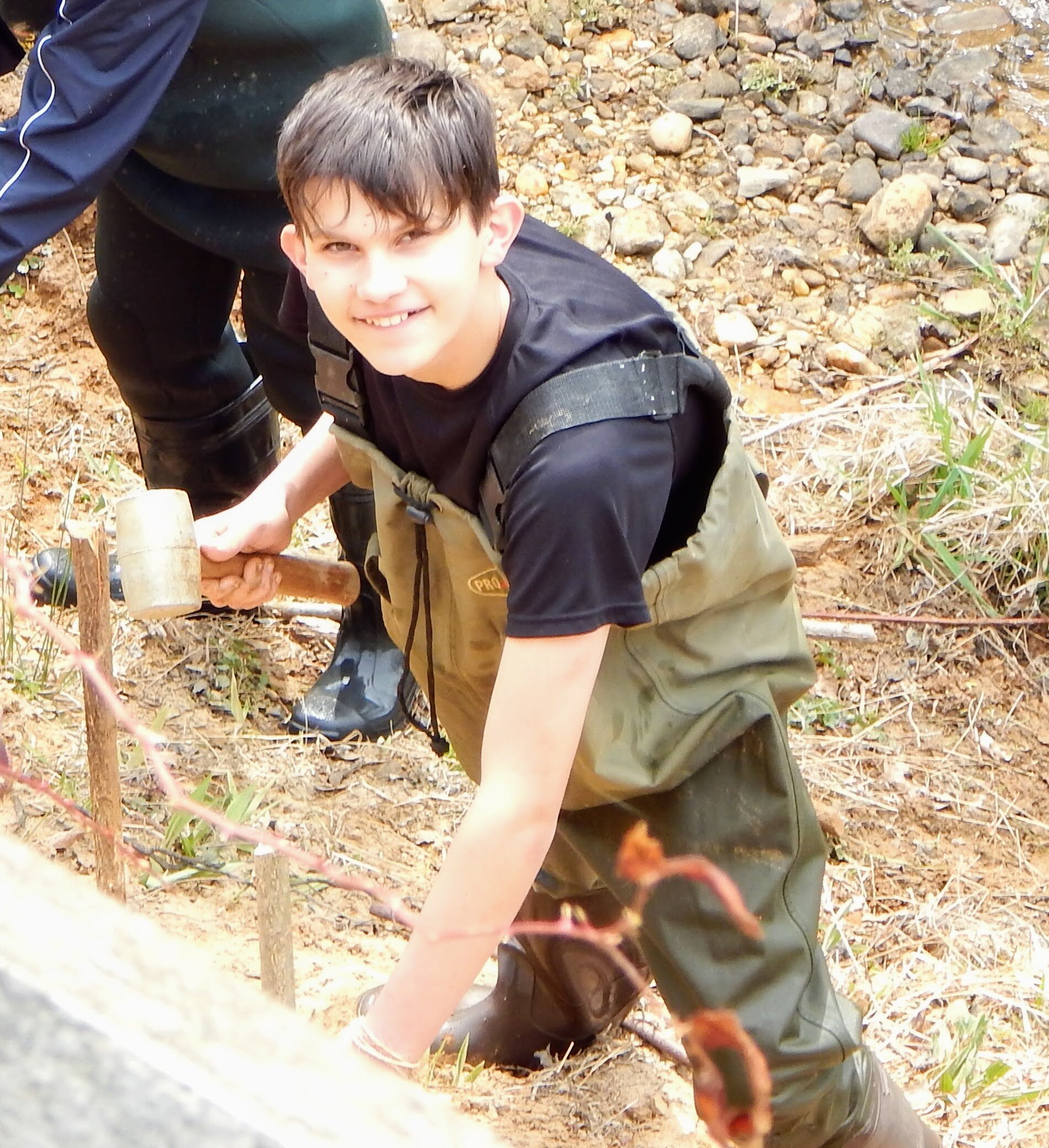
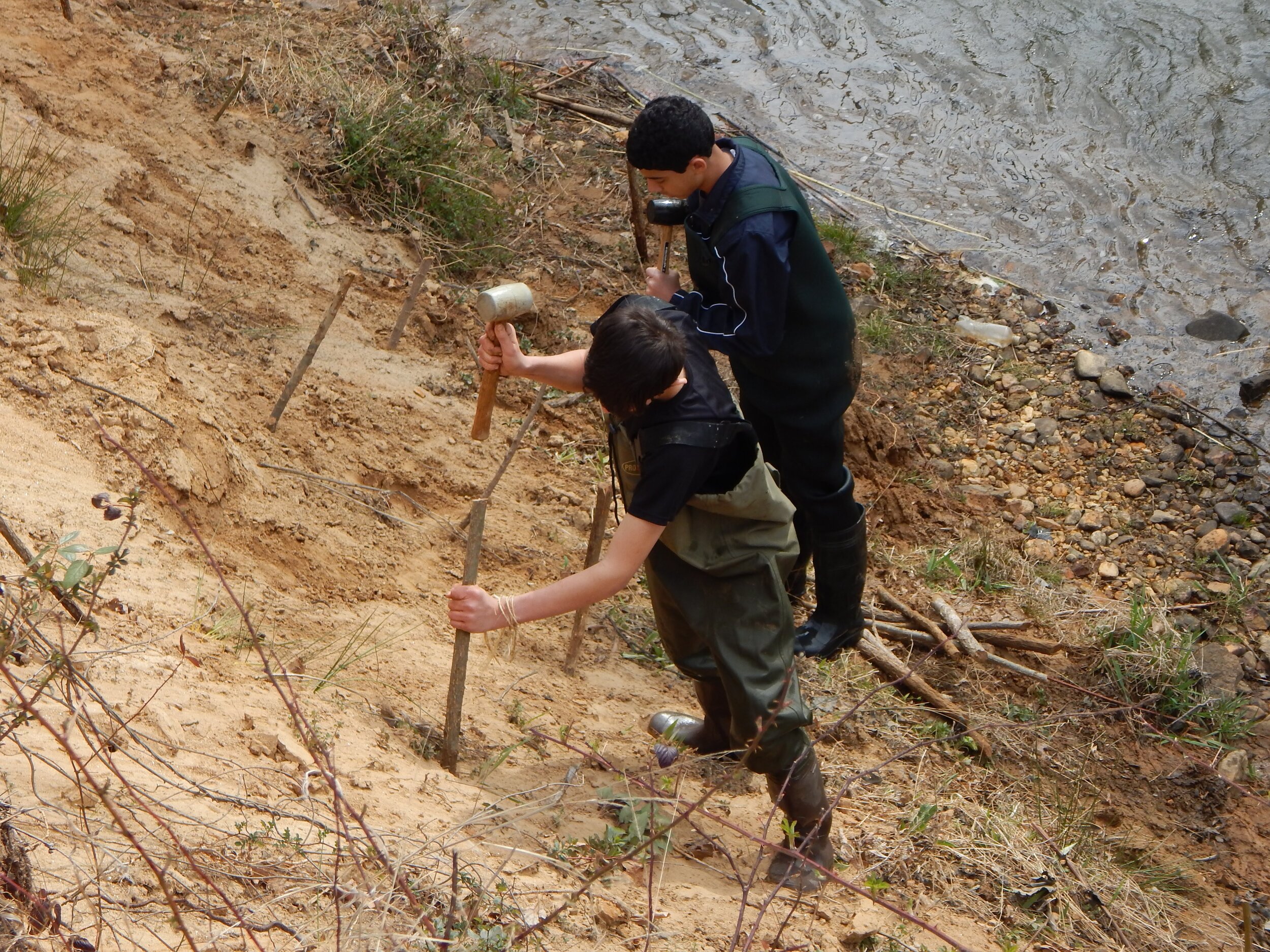
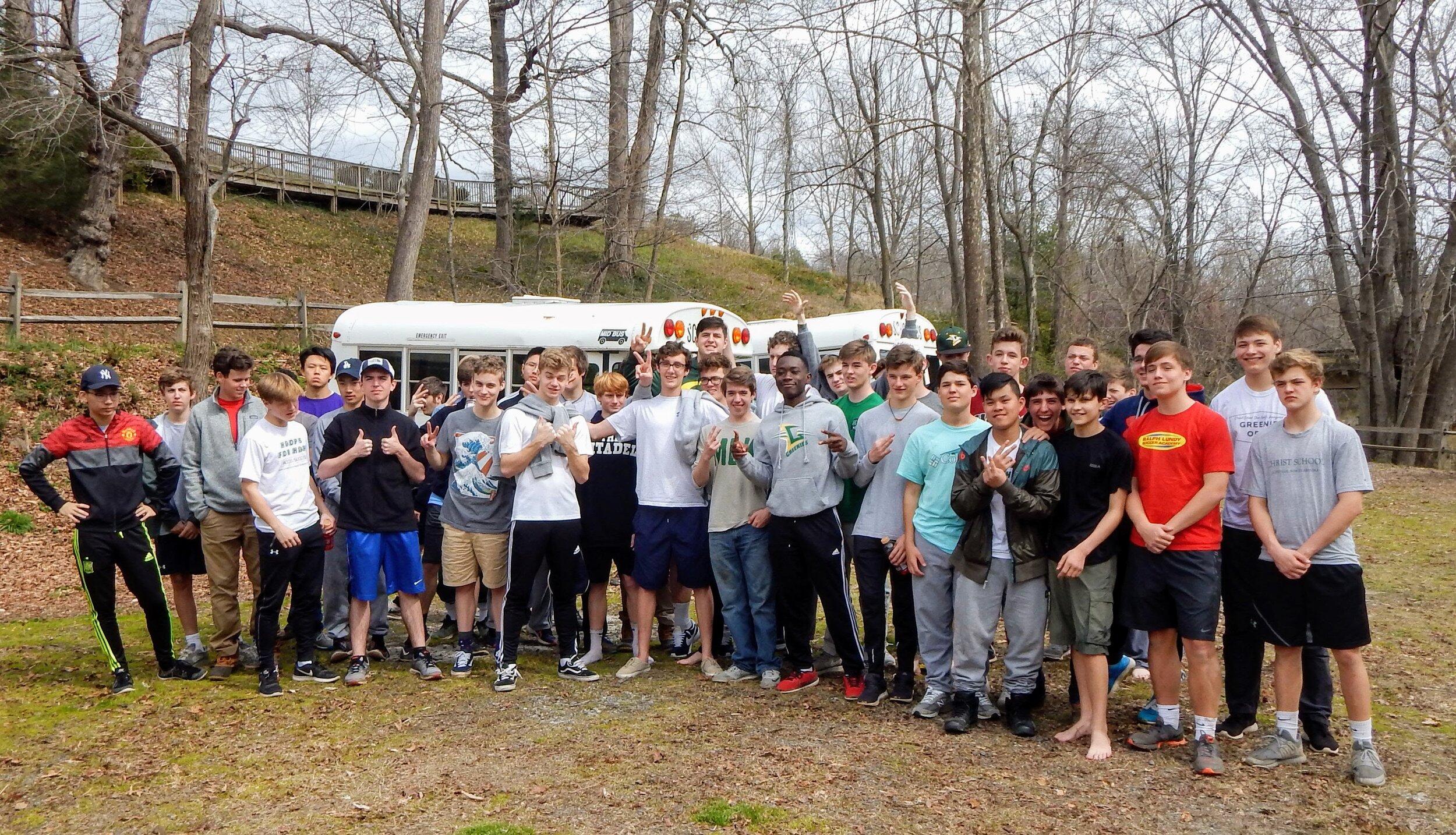
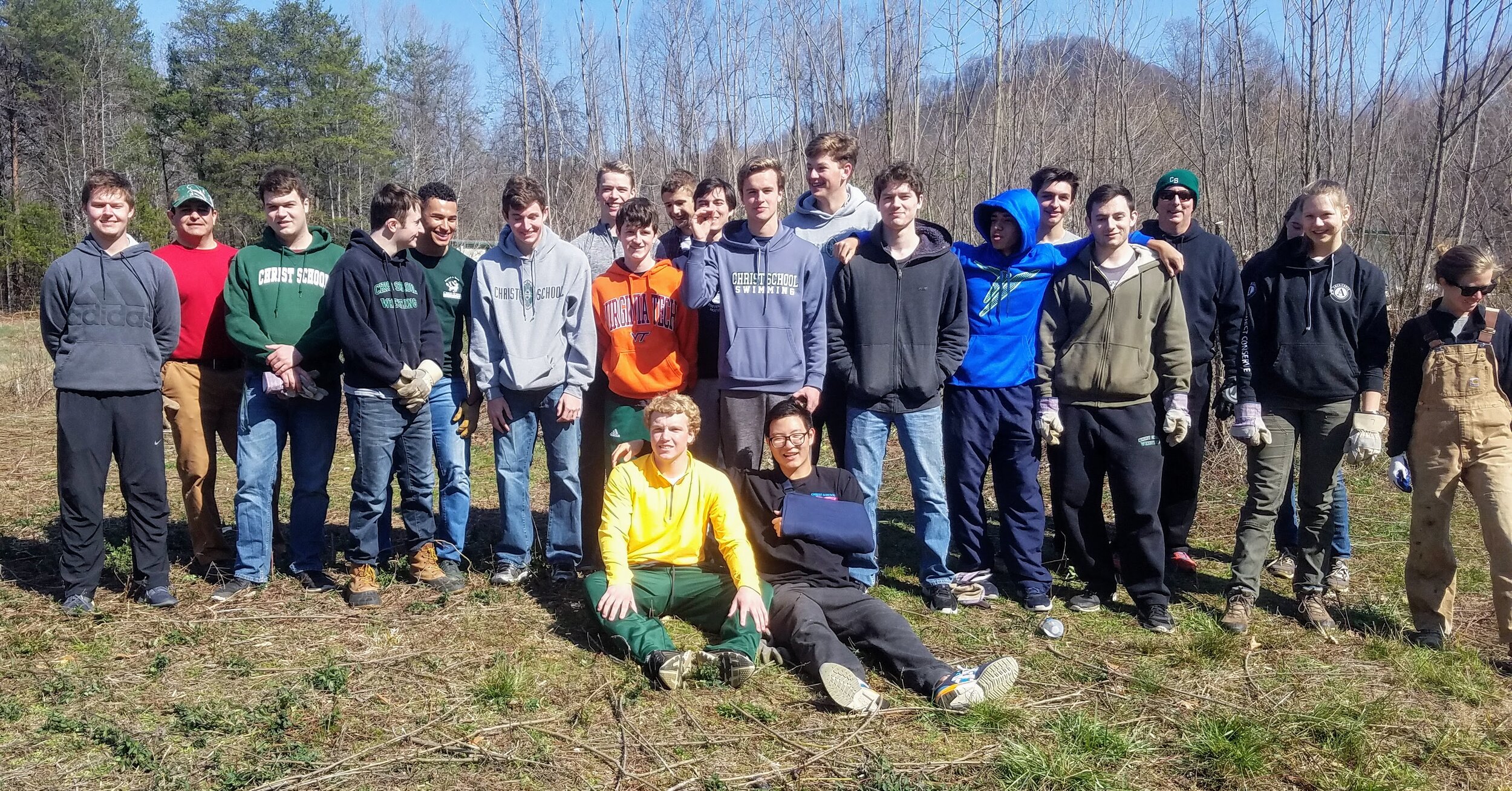
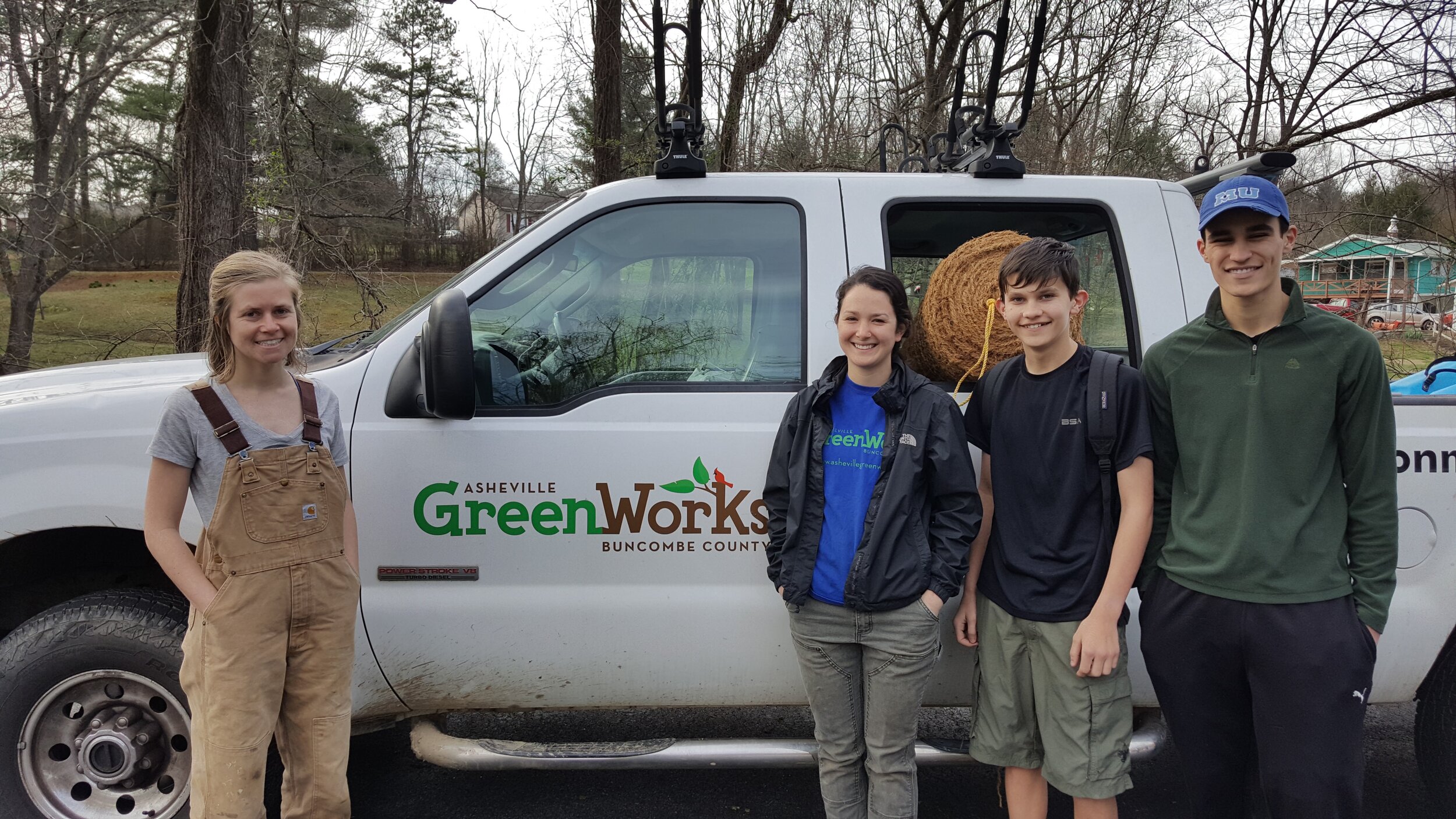
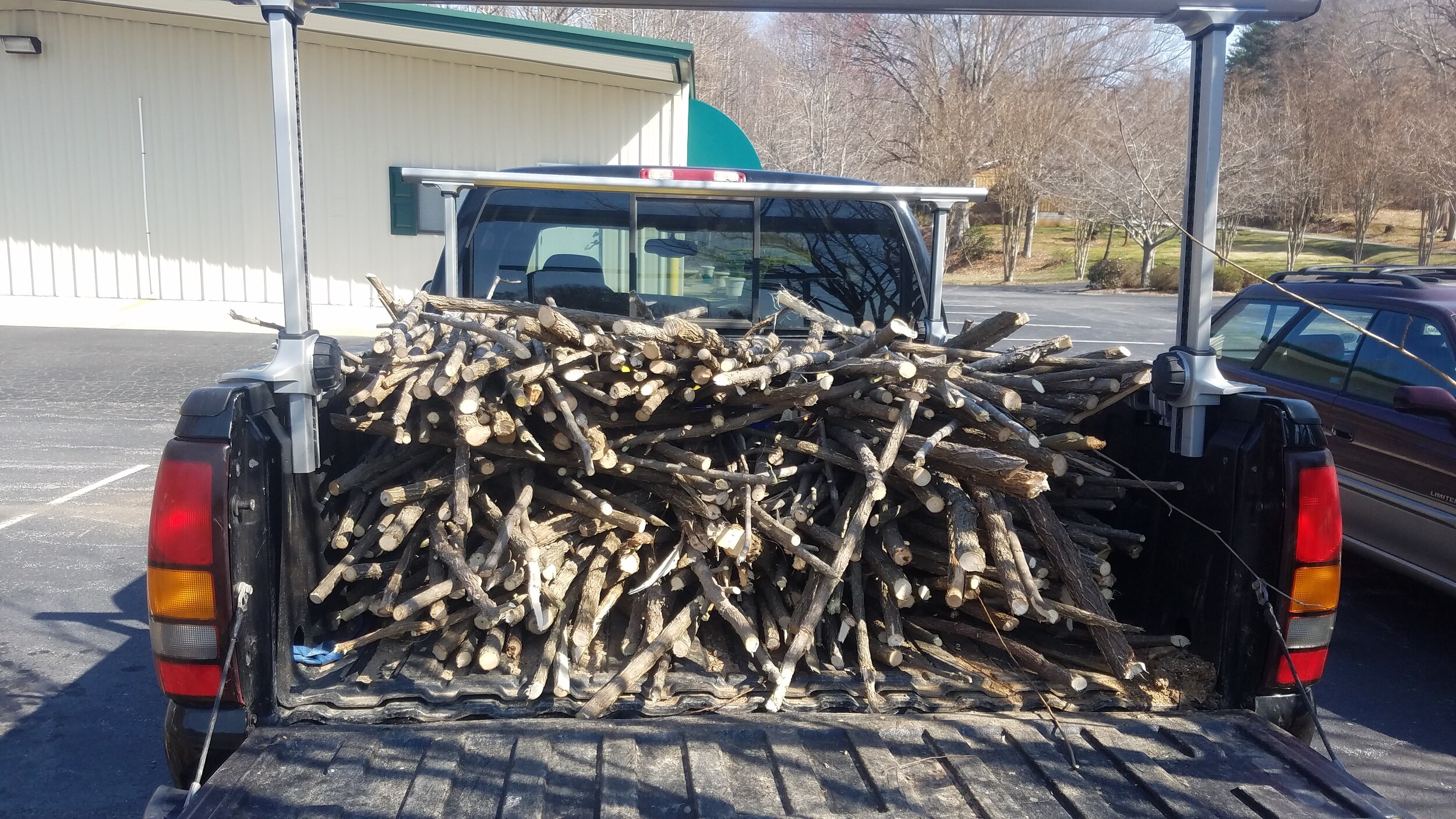
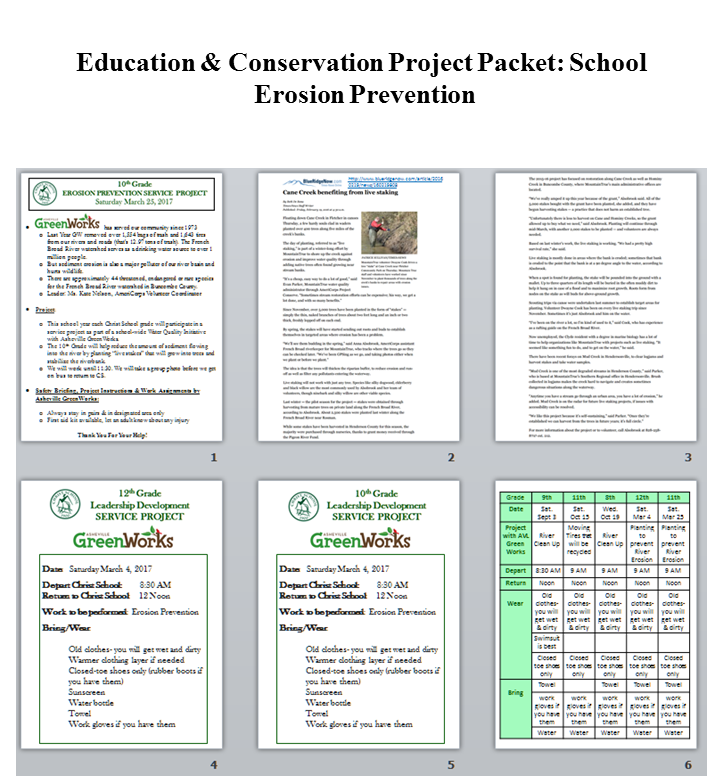
Wetlands Restoration
Wetlands have many important functions including protecting water quality, providing for a large variety of wildlife (habitats, food, shelter), and preventing flooding. One third of wildlife live only in wetlands and half use wetlands at some point. Half of the wetlands worldwide have disappeared over the last 100 years. Threats to wetlands include all the other factors addressed in the discussion above (including development) and in the other parts of this project. In these 2 Wetlands locations, we specifically learned about invasive species and removed invasive plants. Invasive plants and animals have been identified as major threats to wetlands. We removed invasive plants to help restore Beaver Lake Bird Sanctuary & Dingle Creek Watershed.
Ocean & Coral Conservation Volunteer
During the summer I attended Florida Sea Base at which I took part in a conservation program they offered. While I was there I learned about many environmental concerns as well as taking part in conservation efforts. I took part in mangrove restoration (trees that naturally purify the ocean), shark tagging (for the National Marine Fishery Service in their Cooperative Shark Tagging Program), and most importantly coral restoration. At the Mote Marine Laboratory I learned about the huge importance of coral, not only to ocean ecosystems, but also to dampening wave power. Additionally, coral is crucial to providing a massive amount of the oxygen we breathe. Unfortunately over the last 30 years 50% of coral has died.
I found this information to be quite disturbing and wanted to help in any way possible. One way to help was to take part in coral restoration, a difficult and long process of rebuilding coral reefs by dividing existing coral and growing new coral from it. I took part in restoration efforts at the Coral Reef Nursery in Grand Cayman. I utilized my Open Water Scuba Certification to be able to help clean and check on the coral “trees” off shore. From this I also earned my Coral Restoration Diver Certification.
